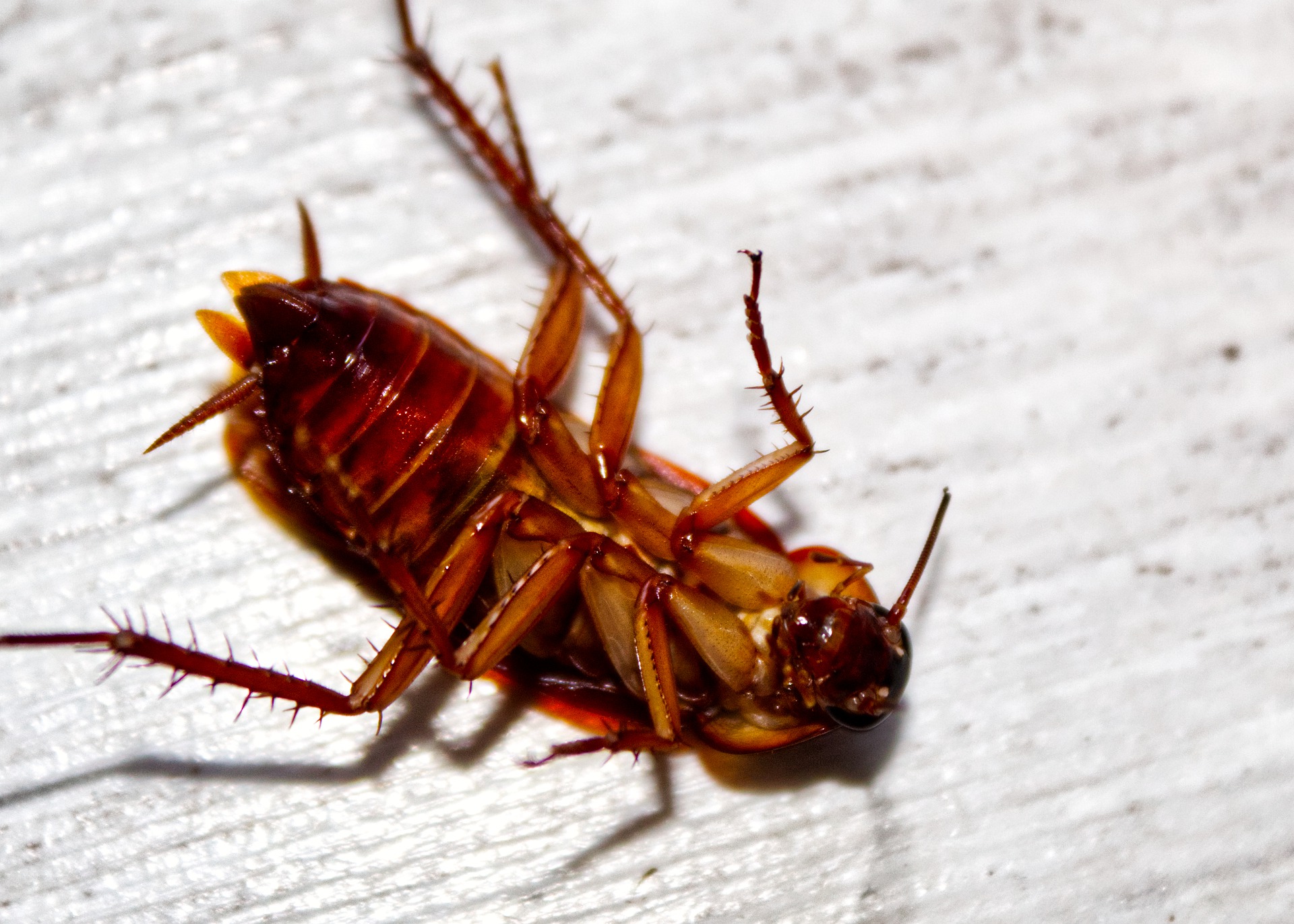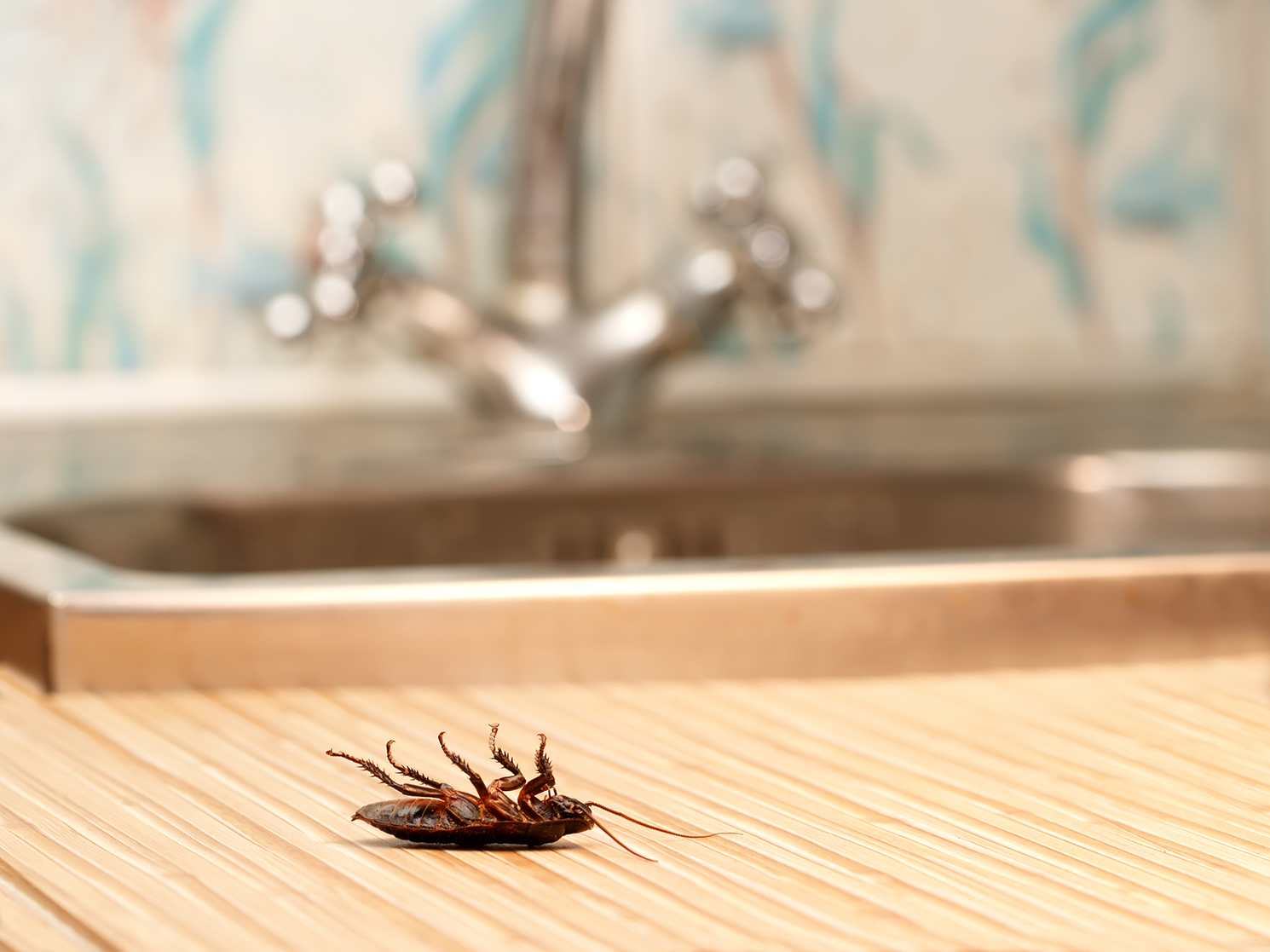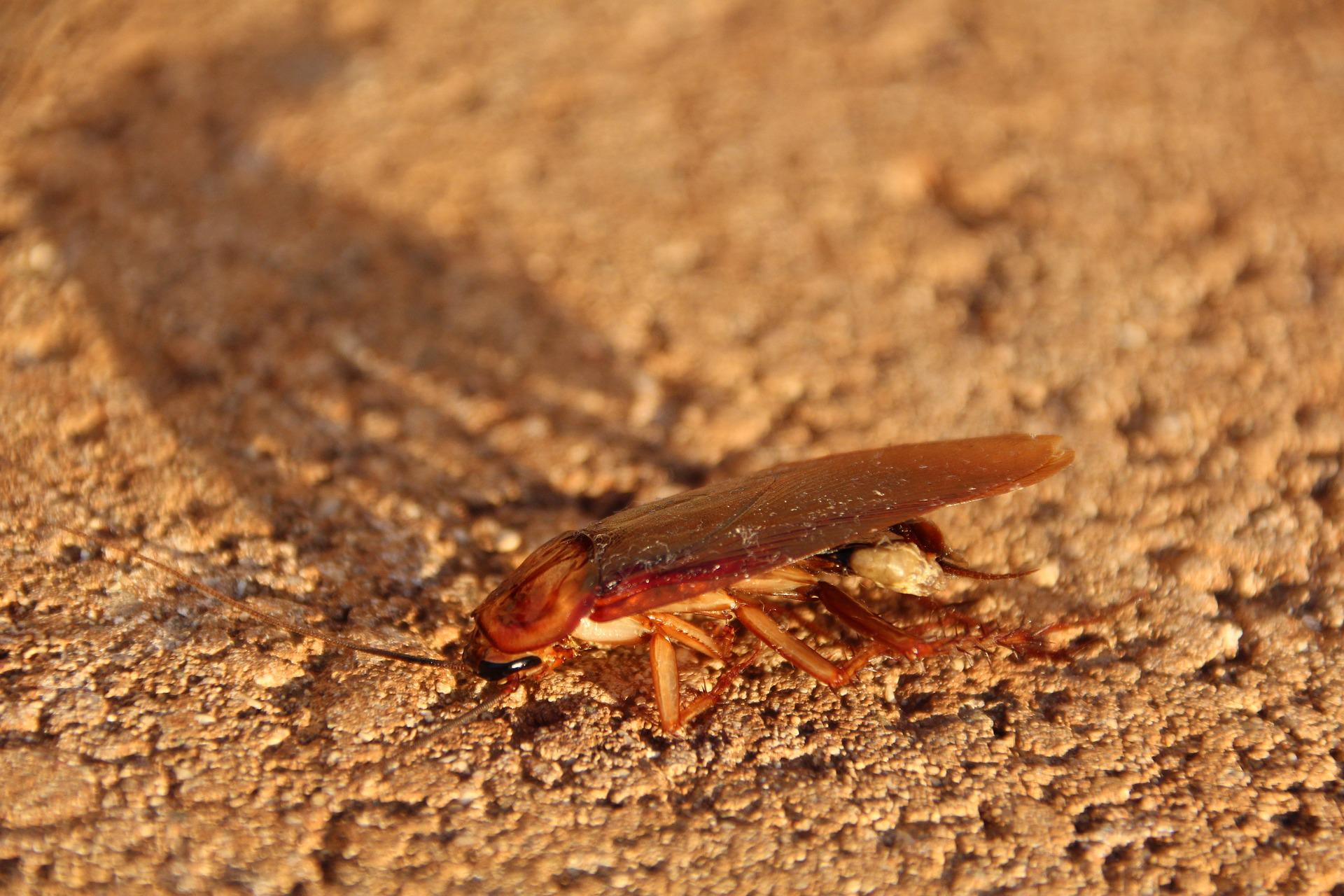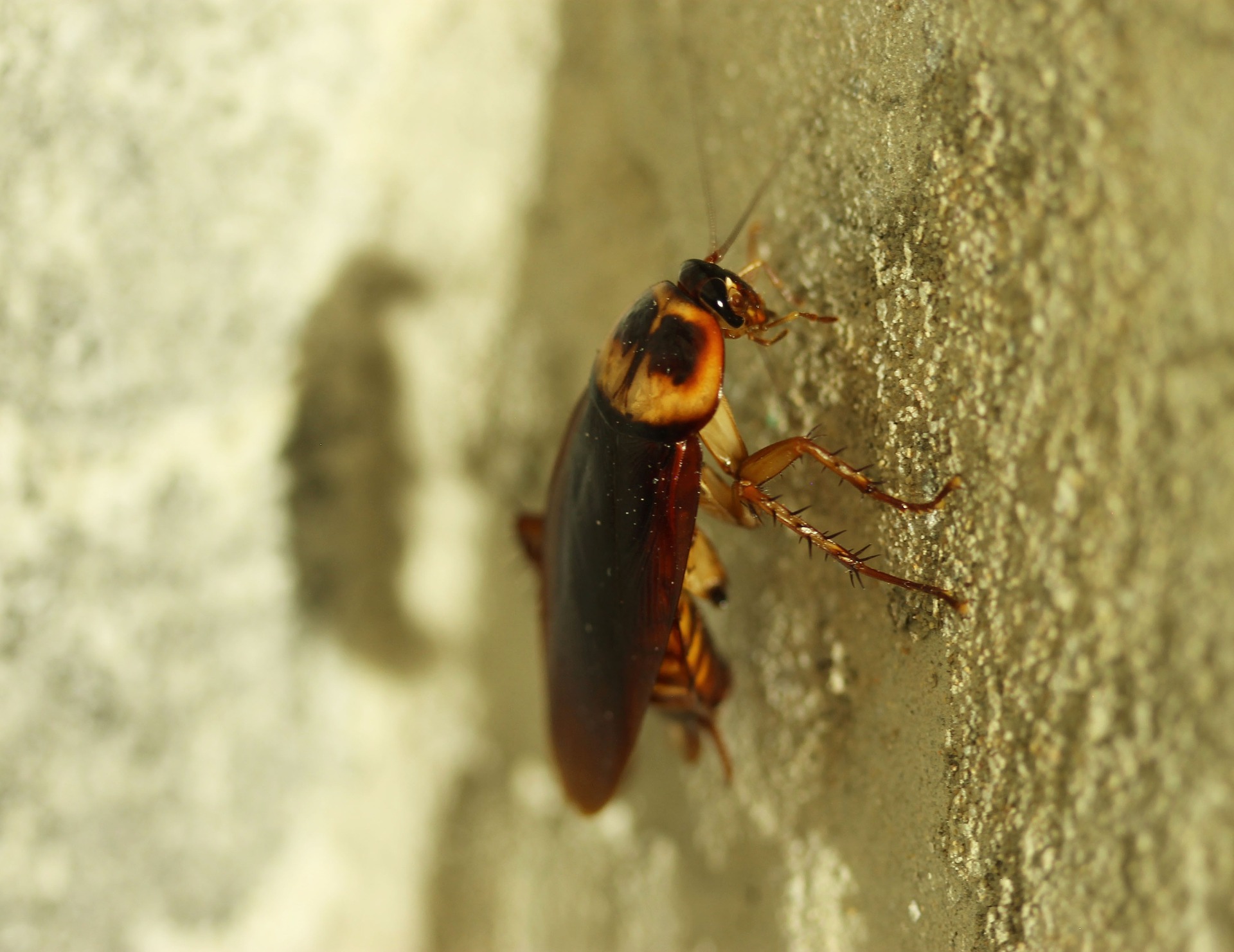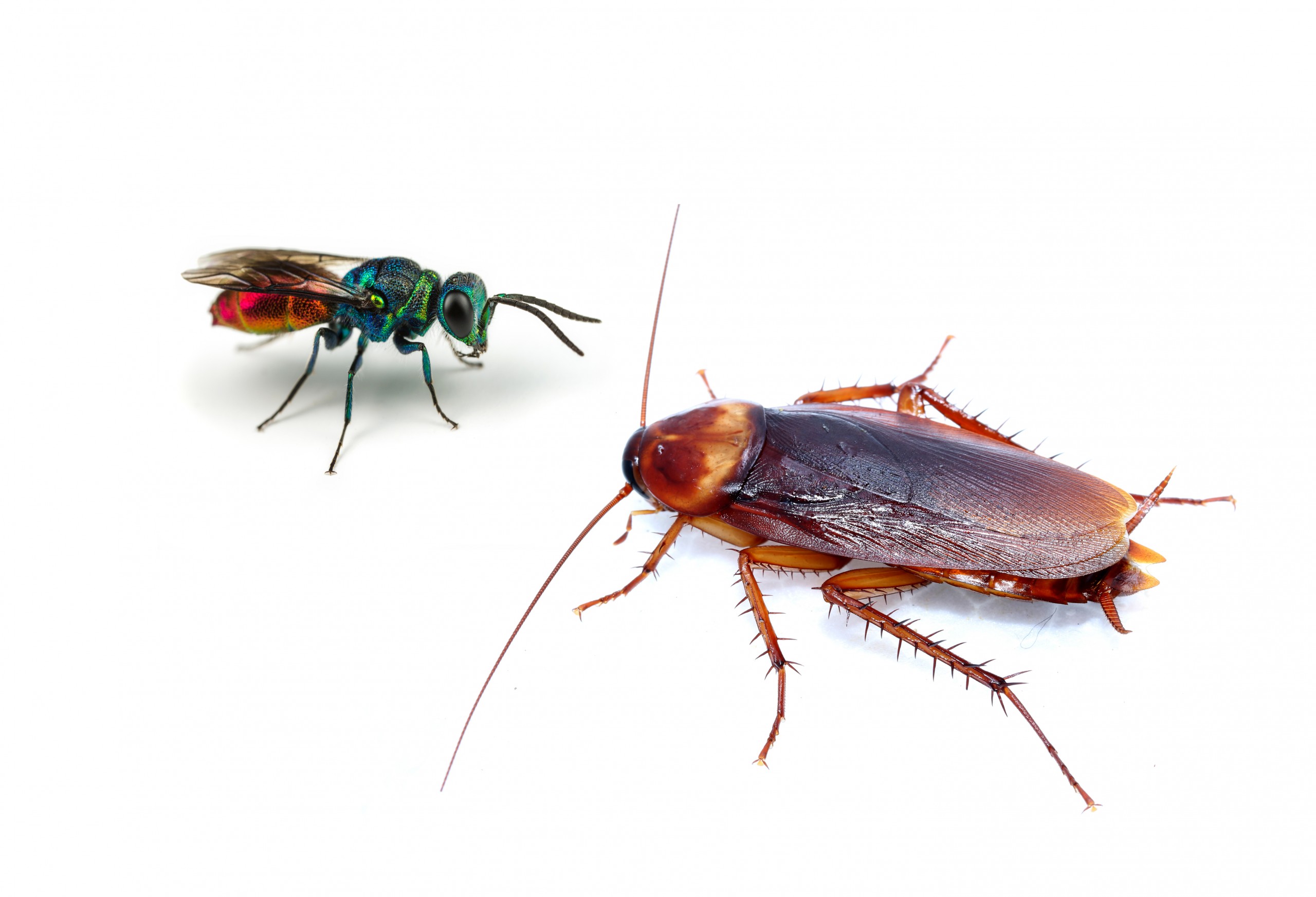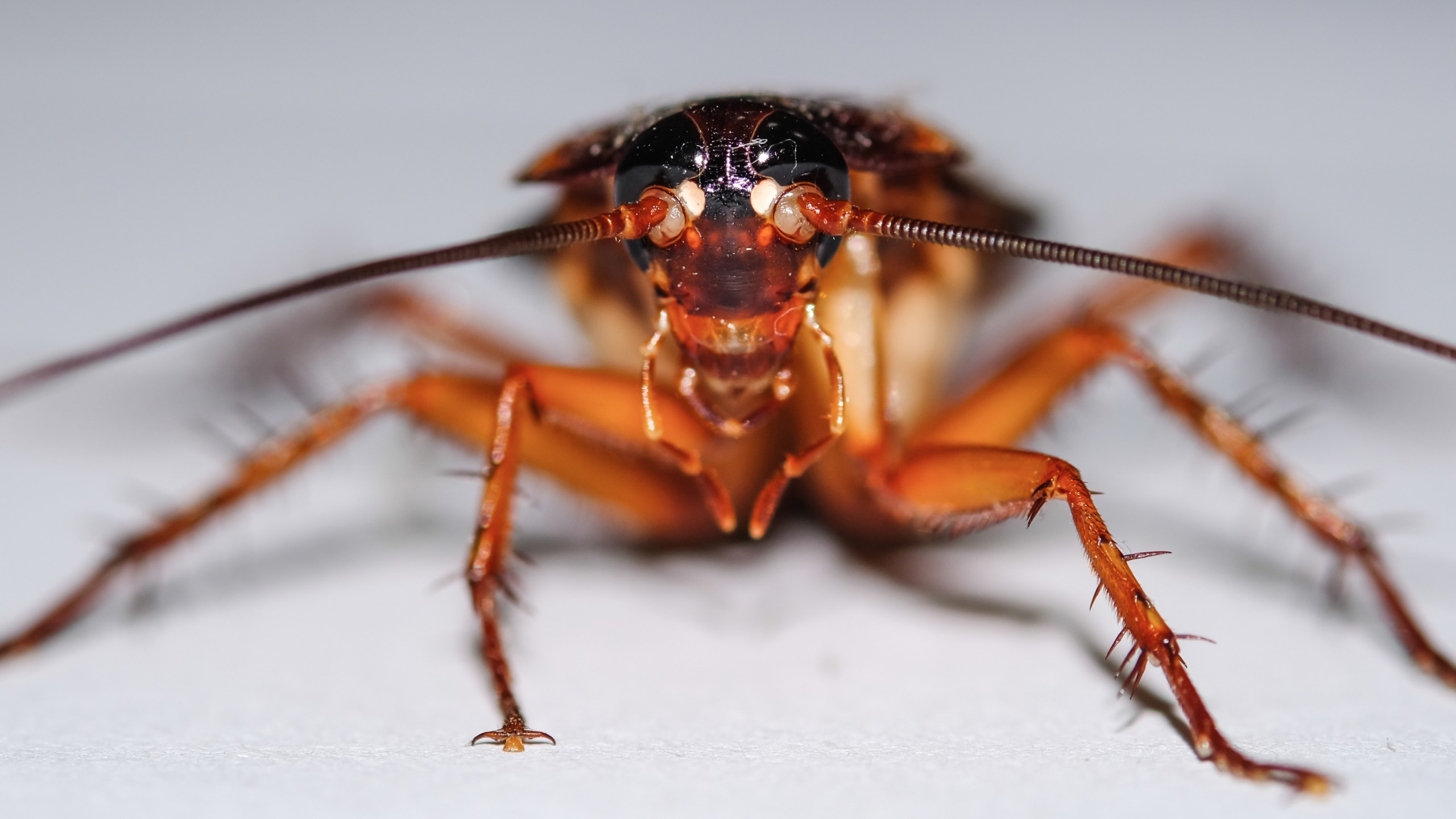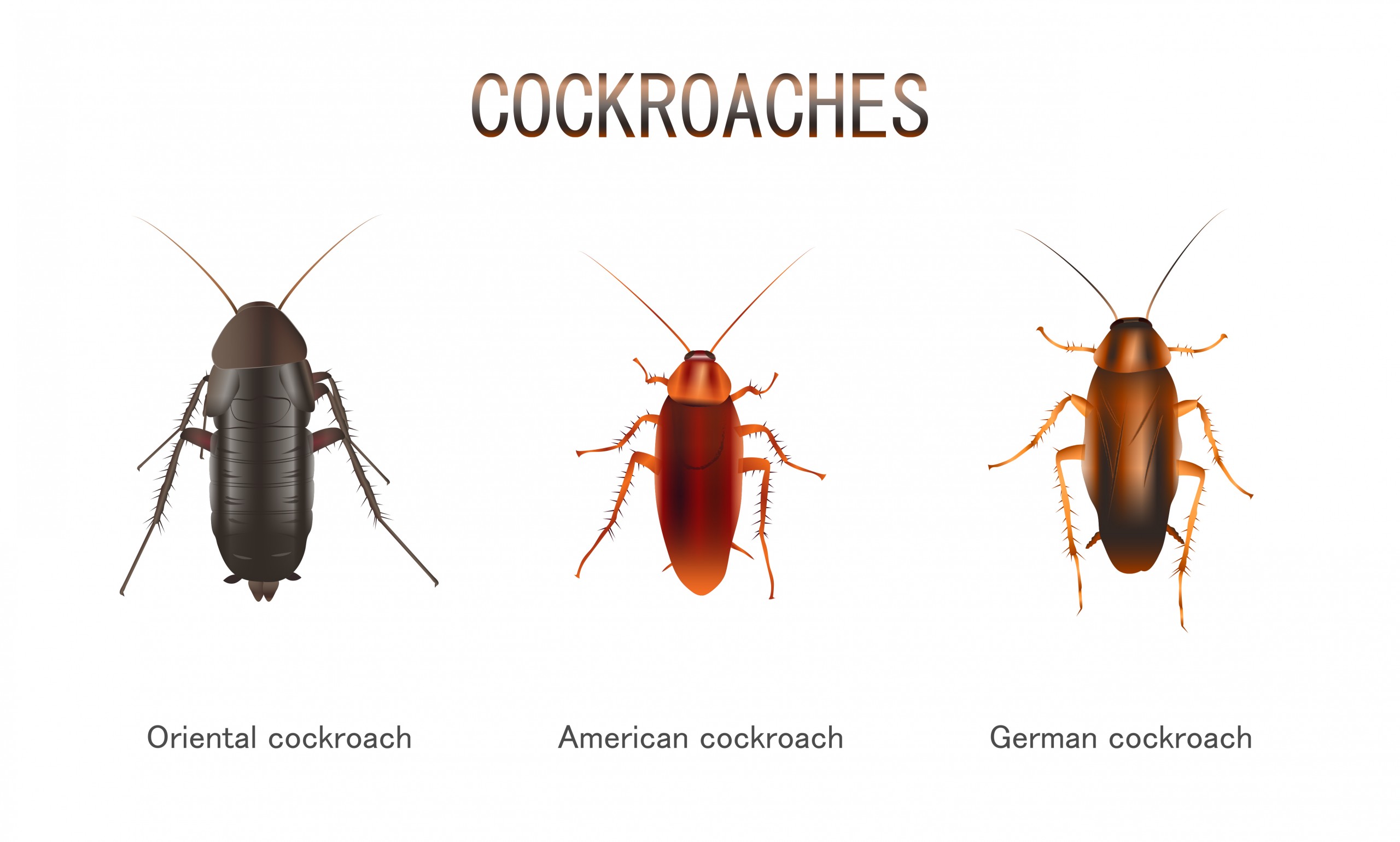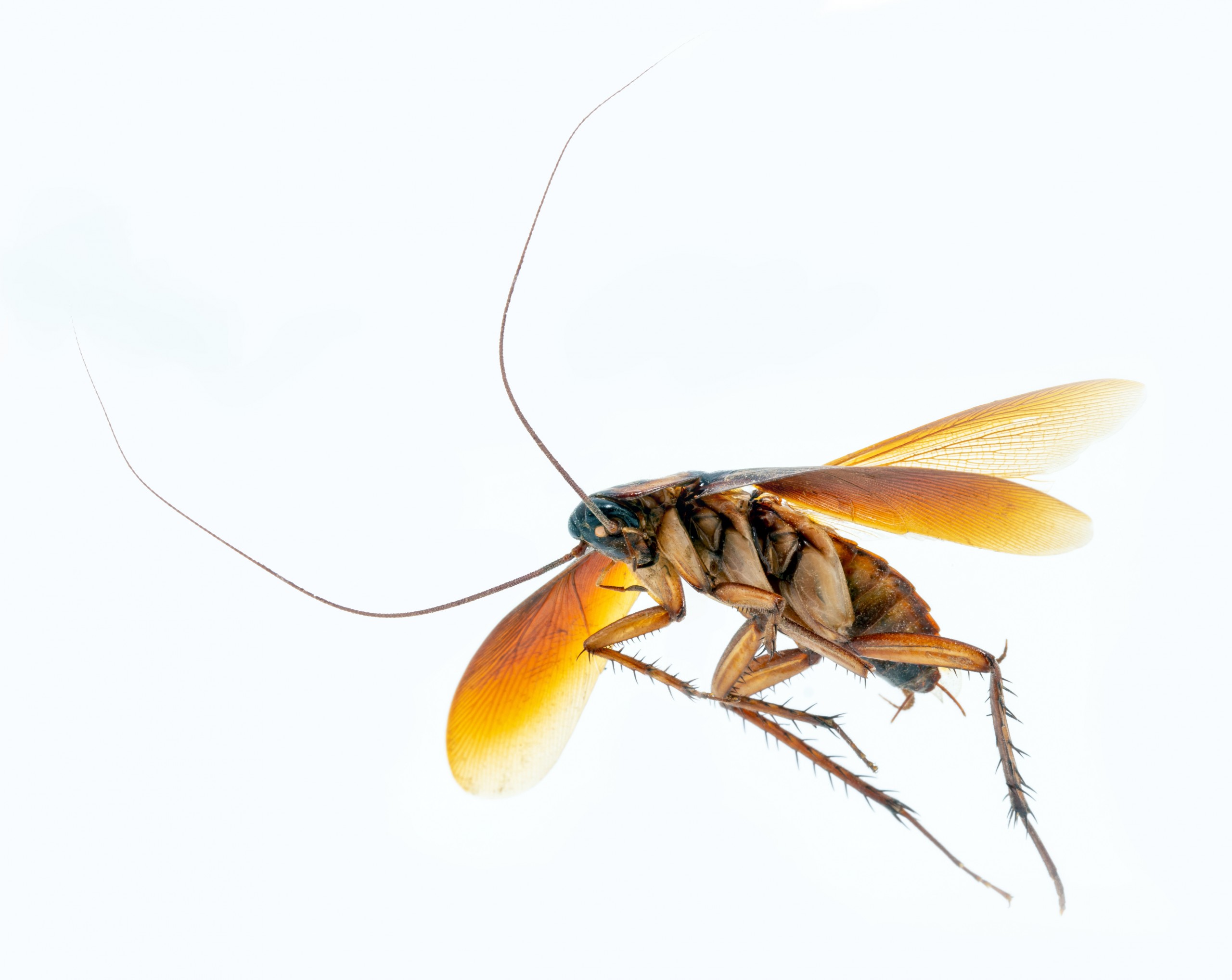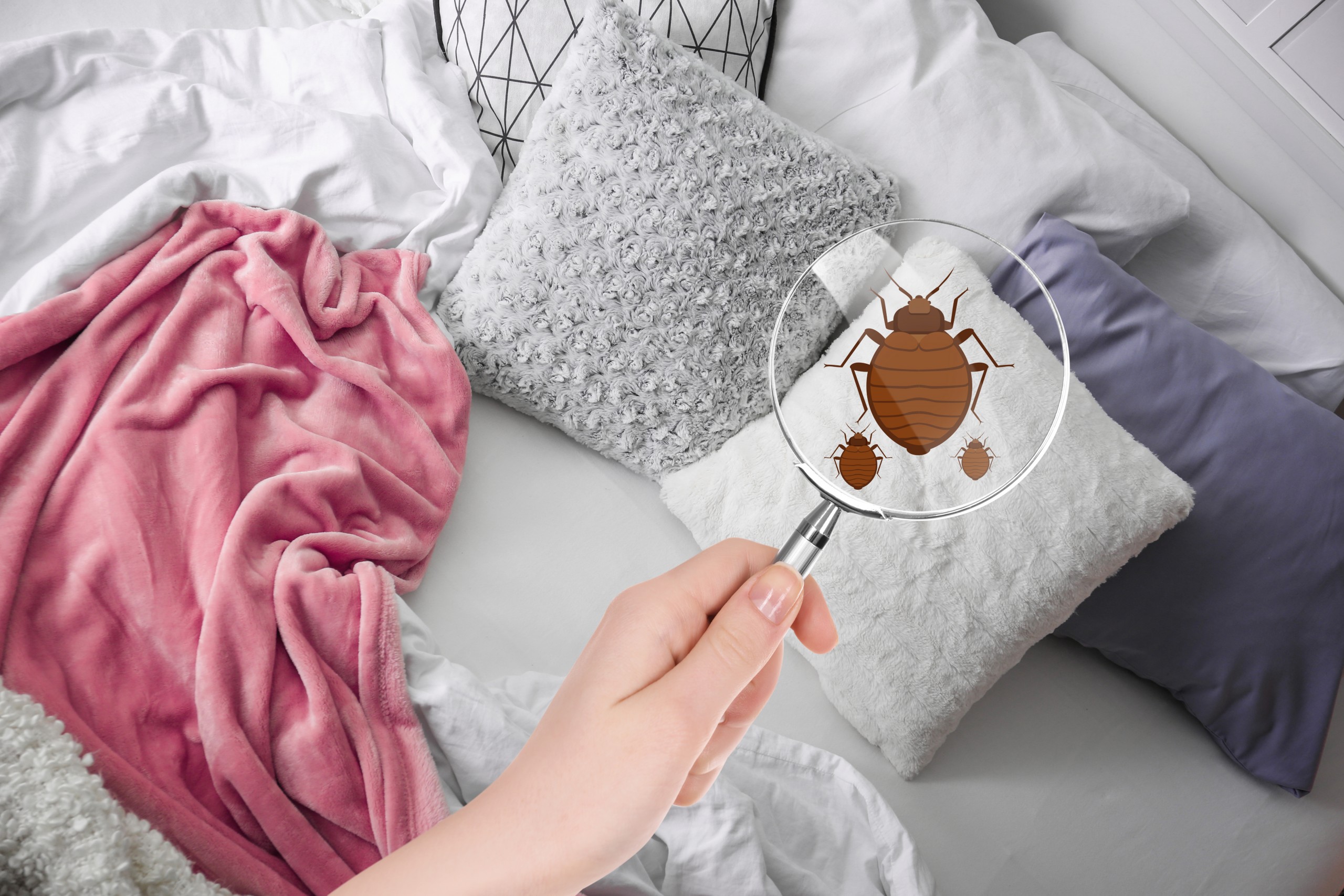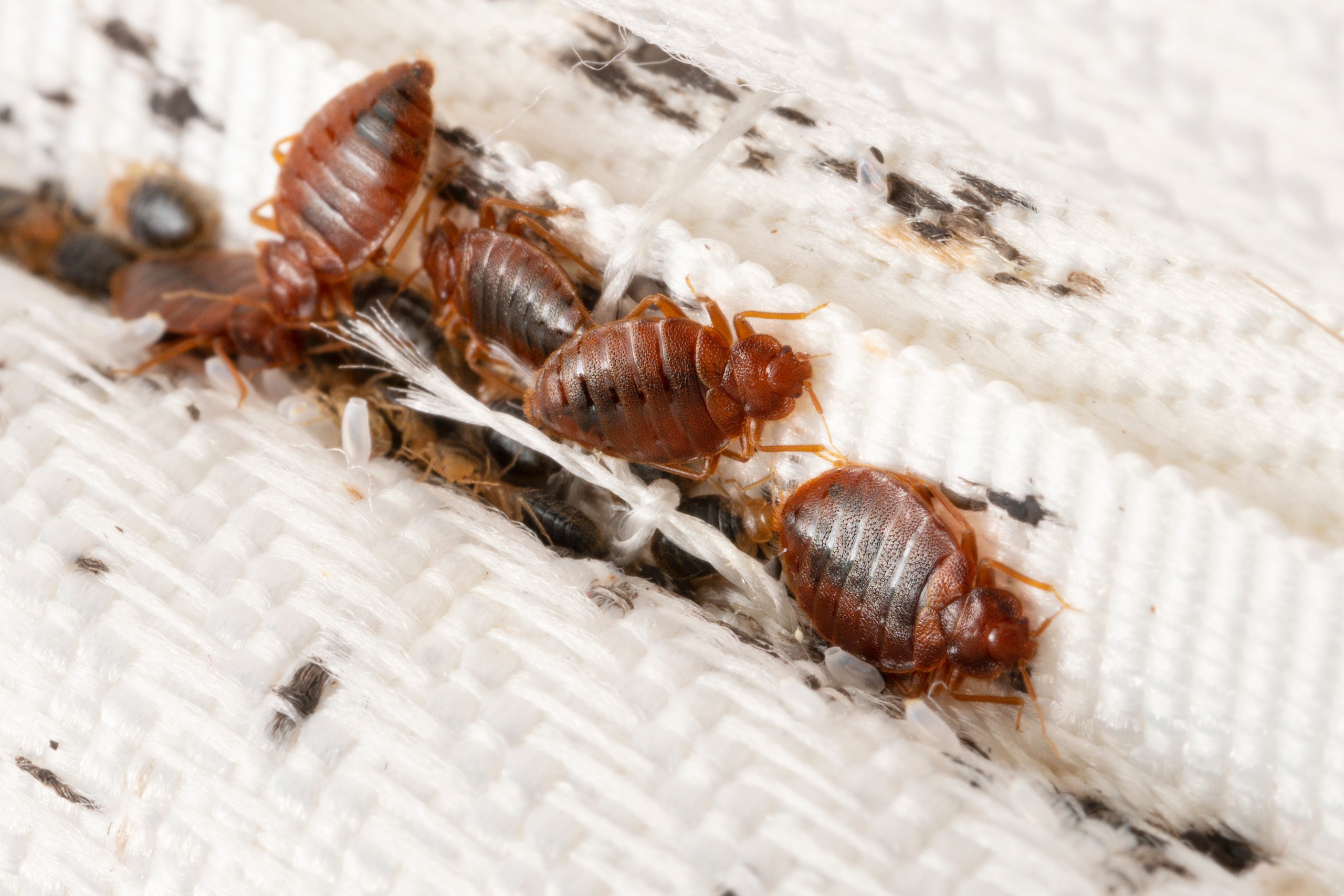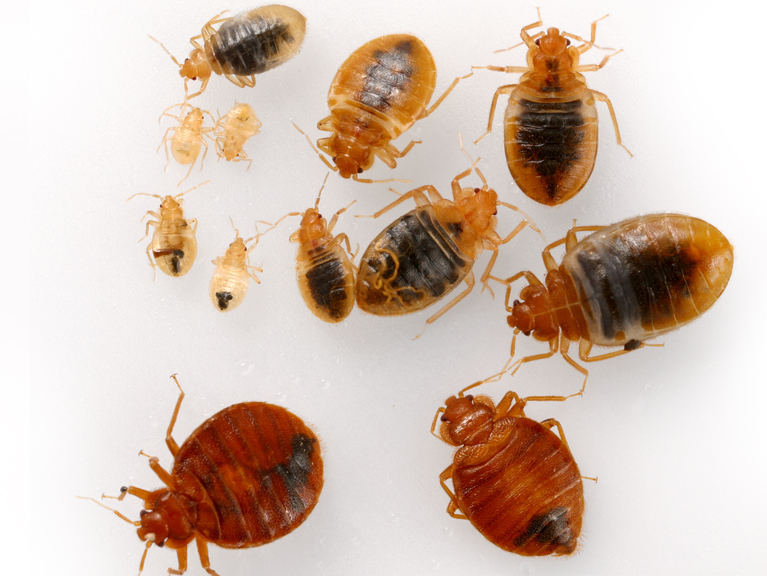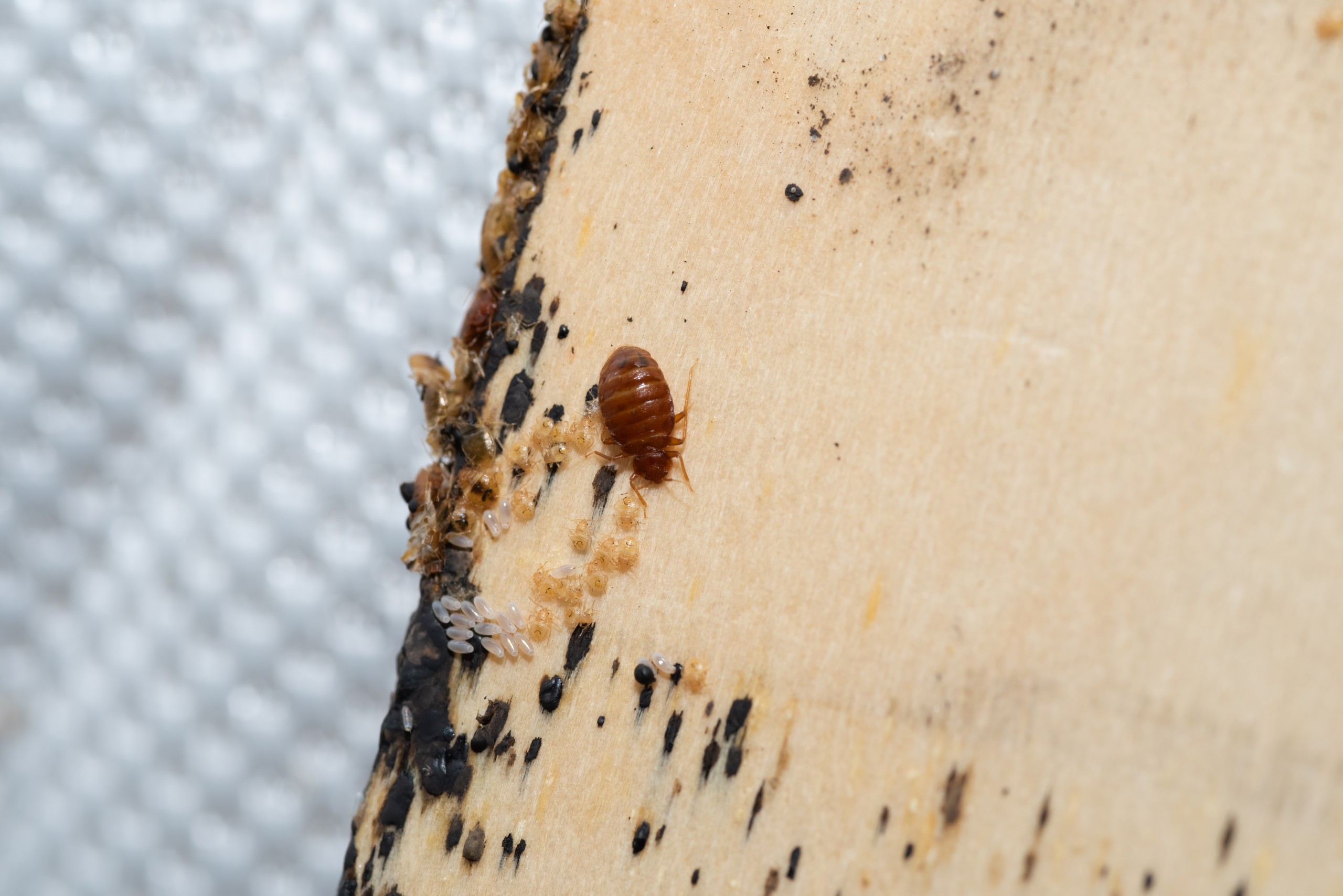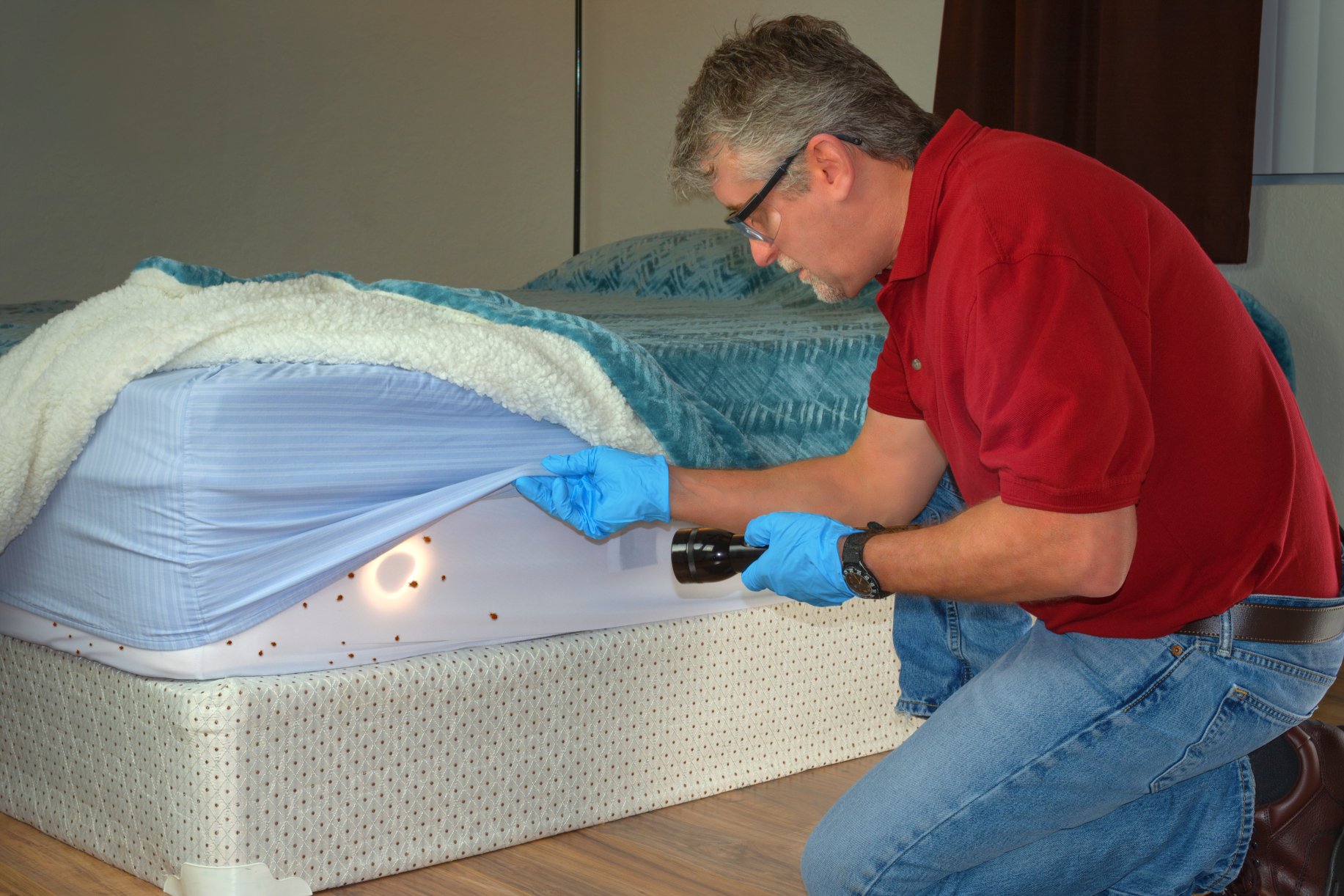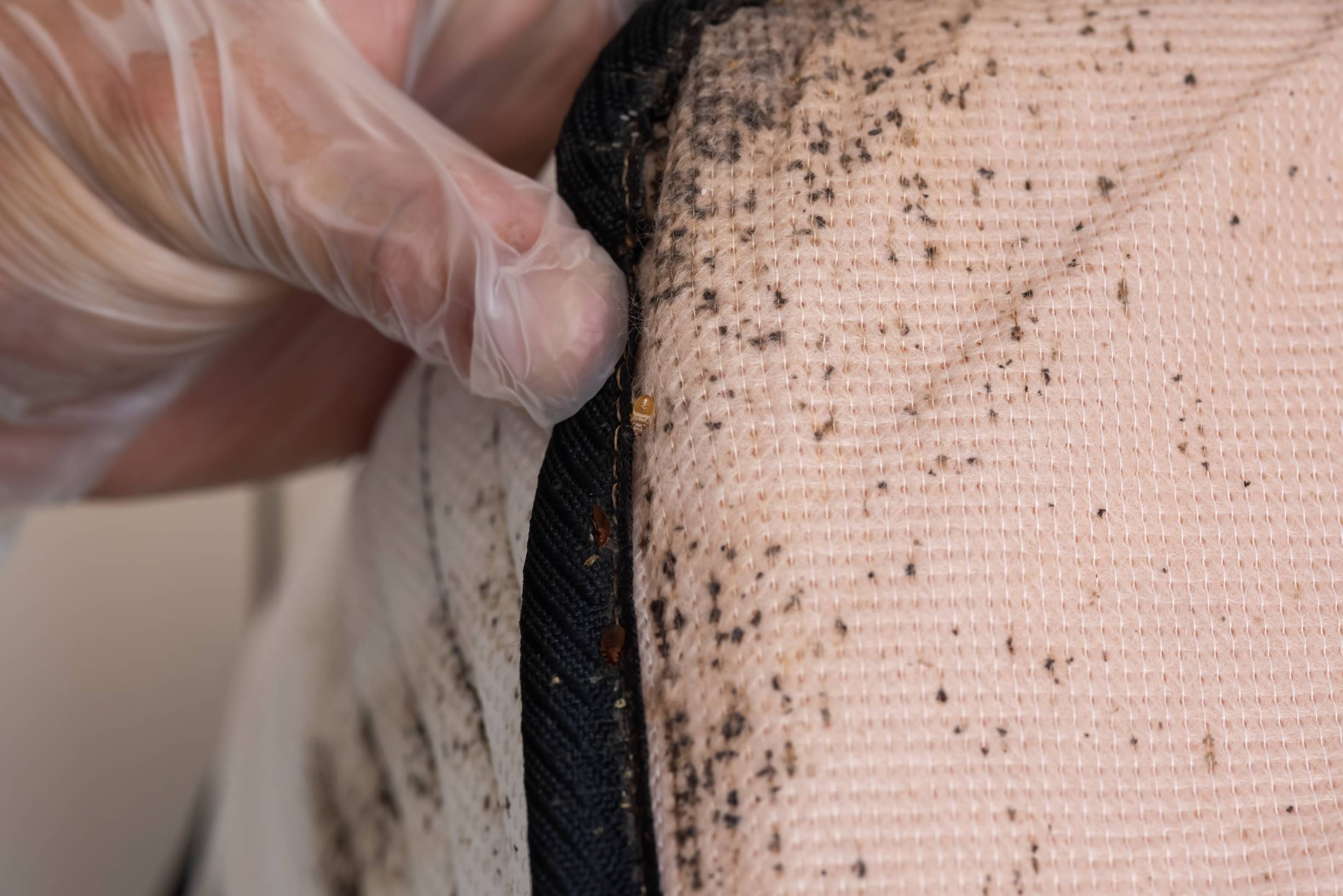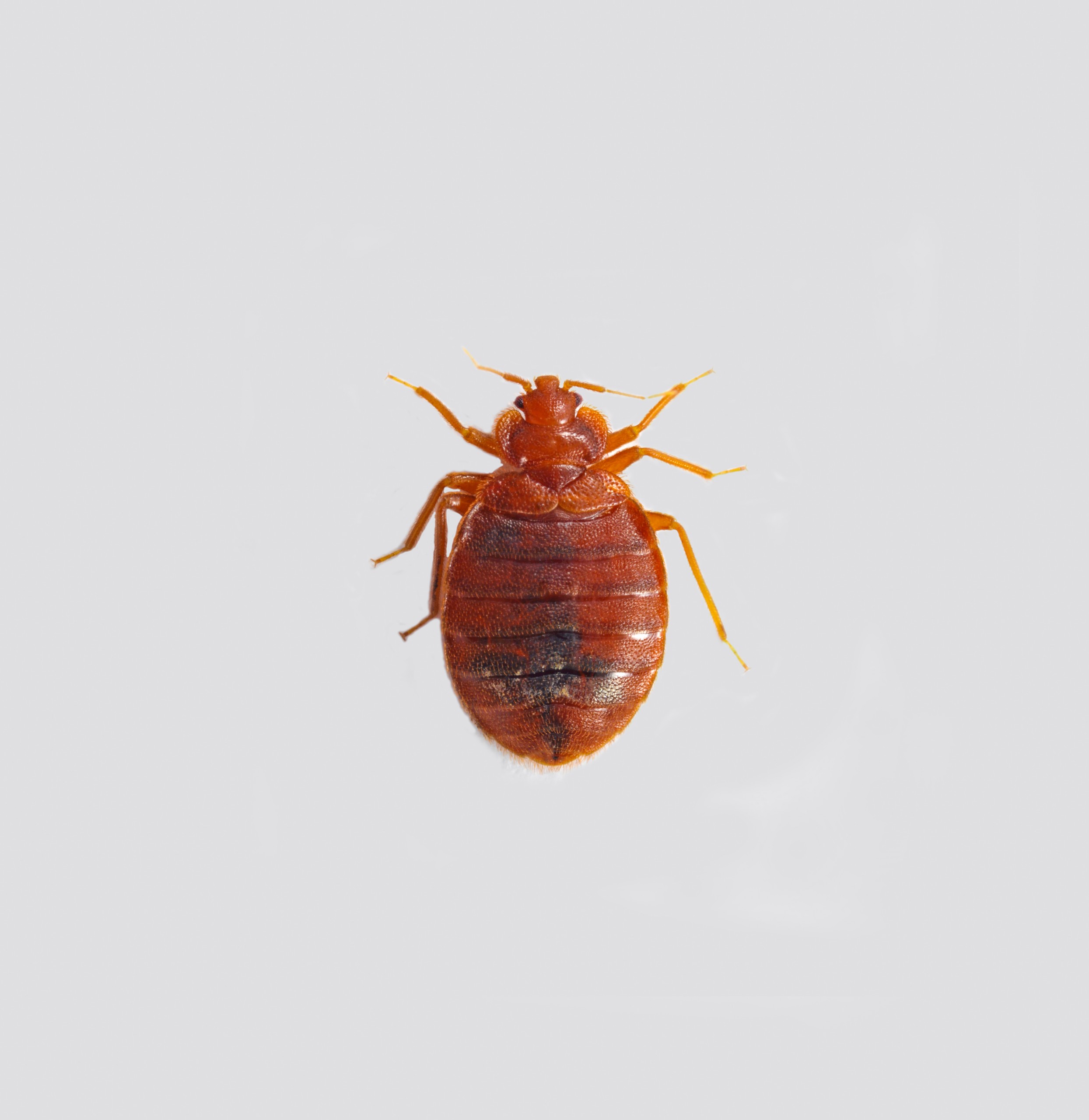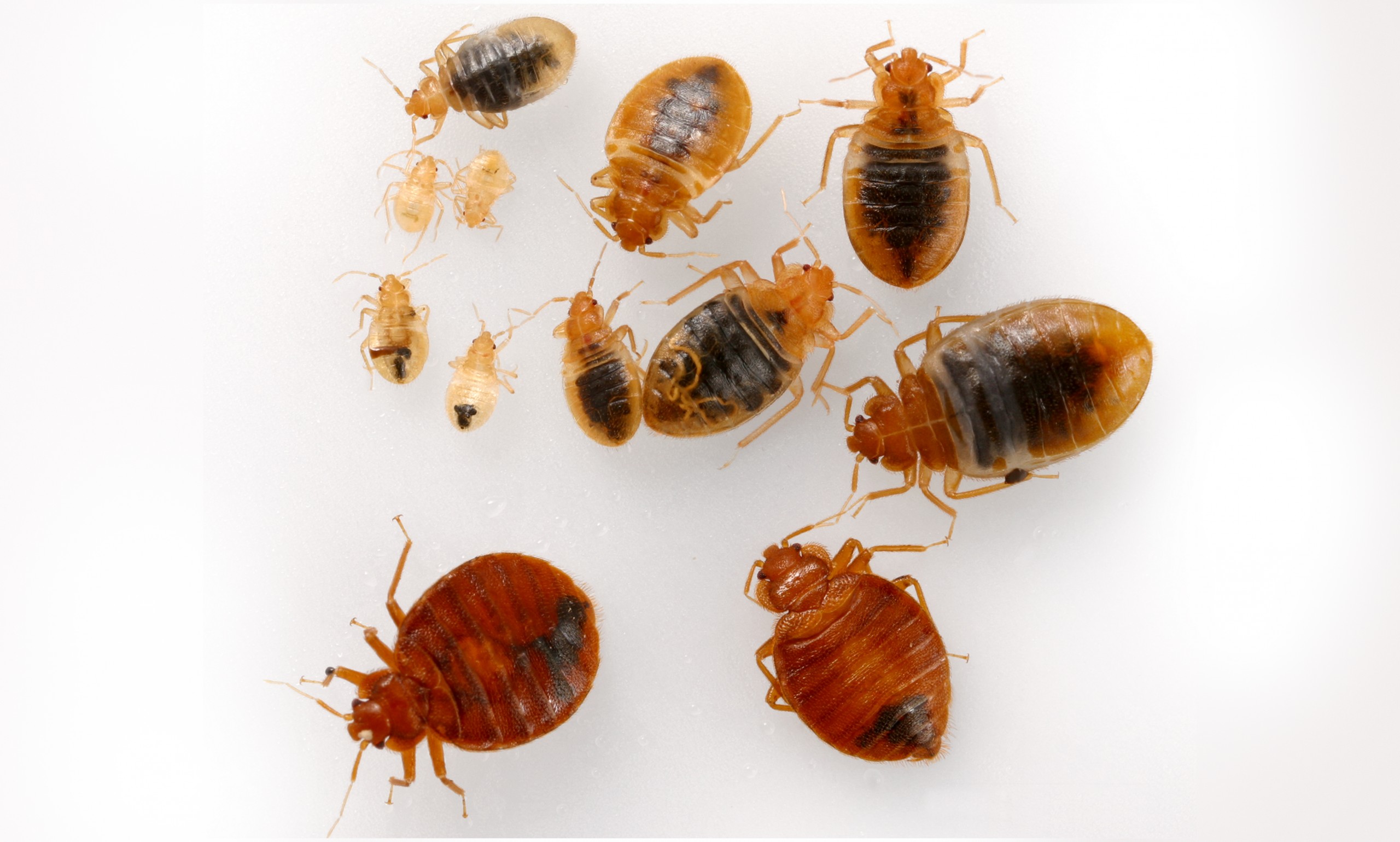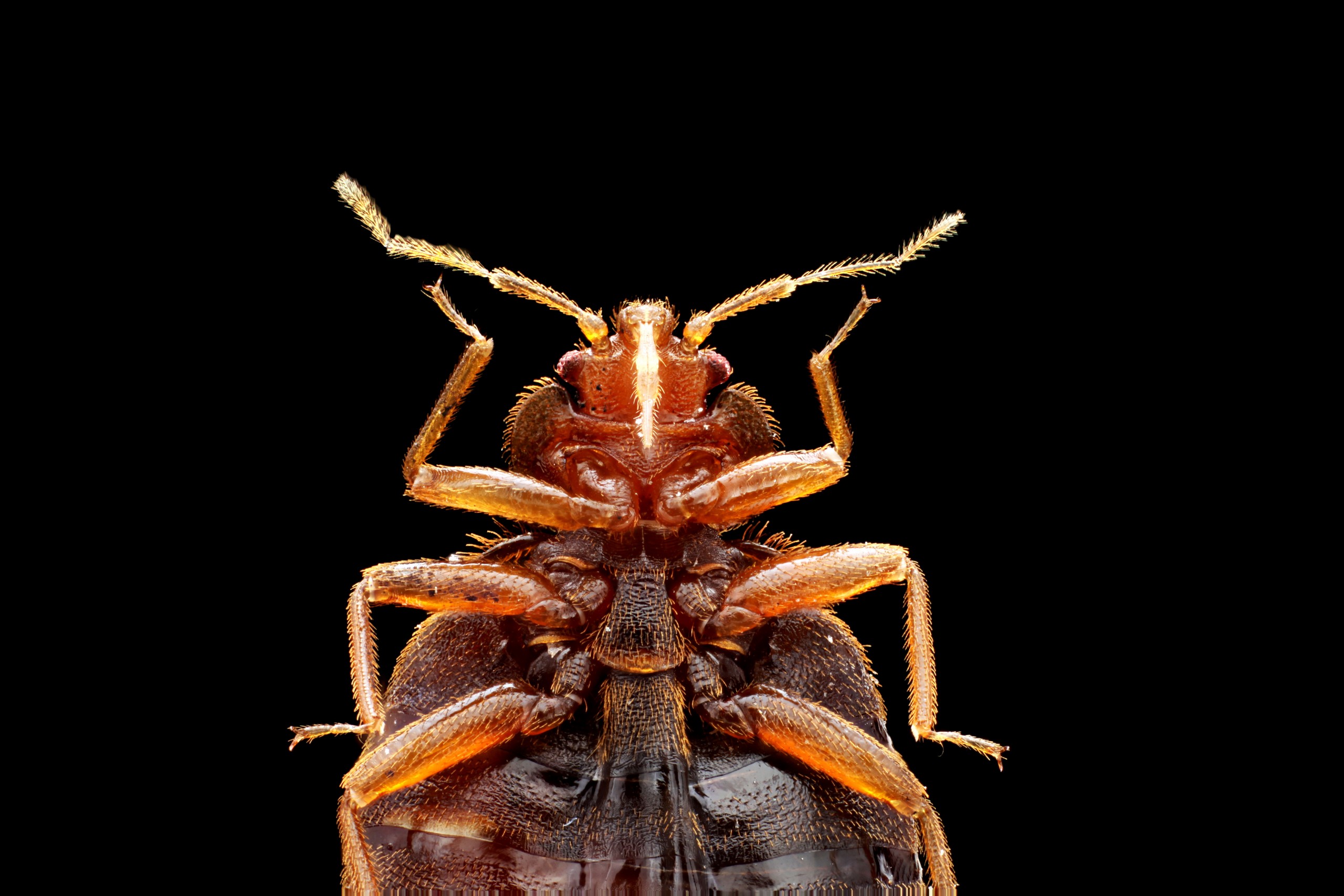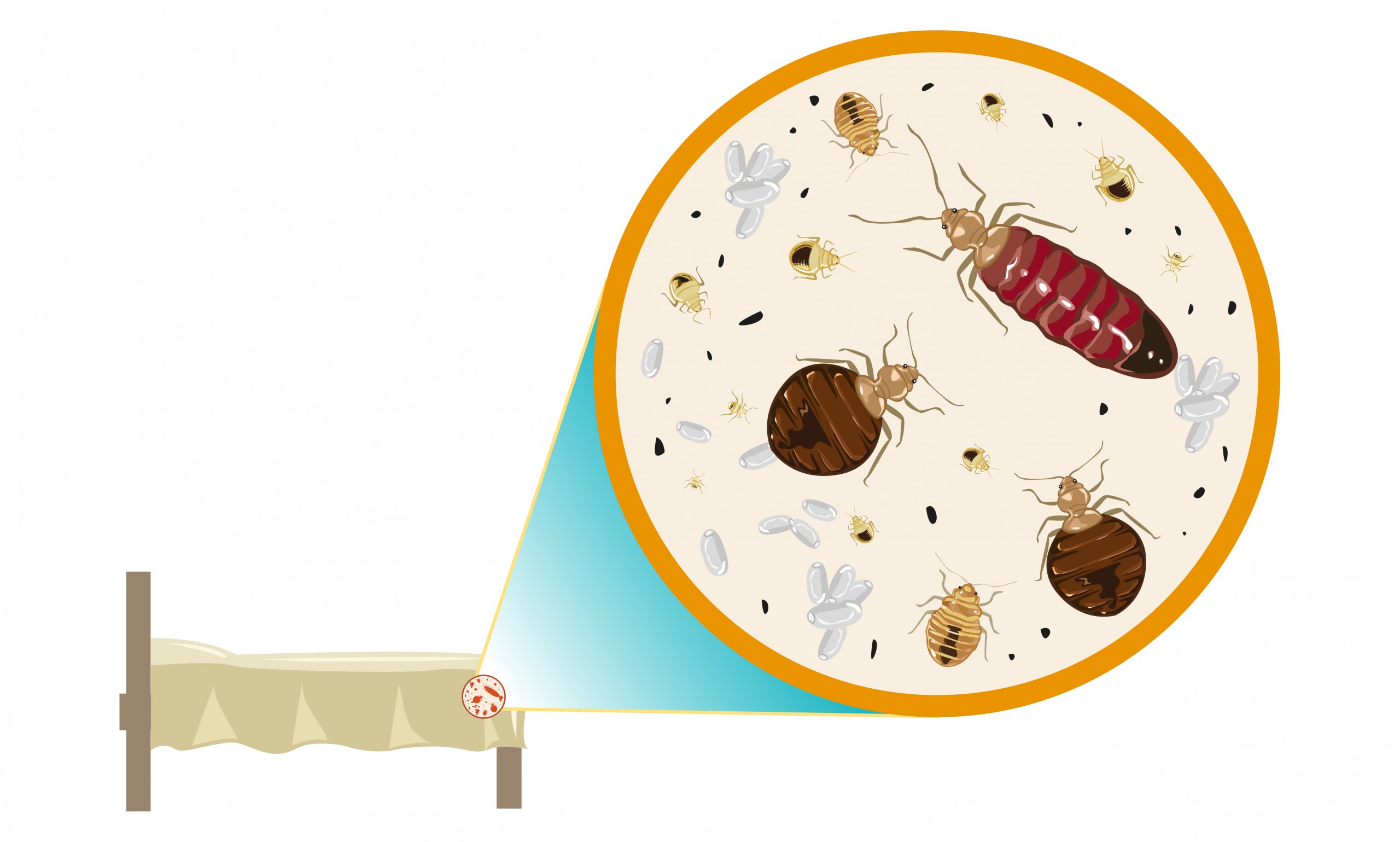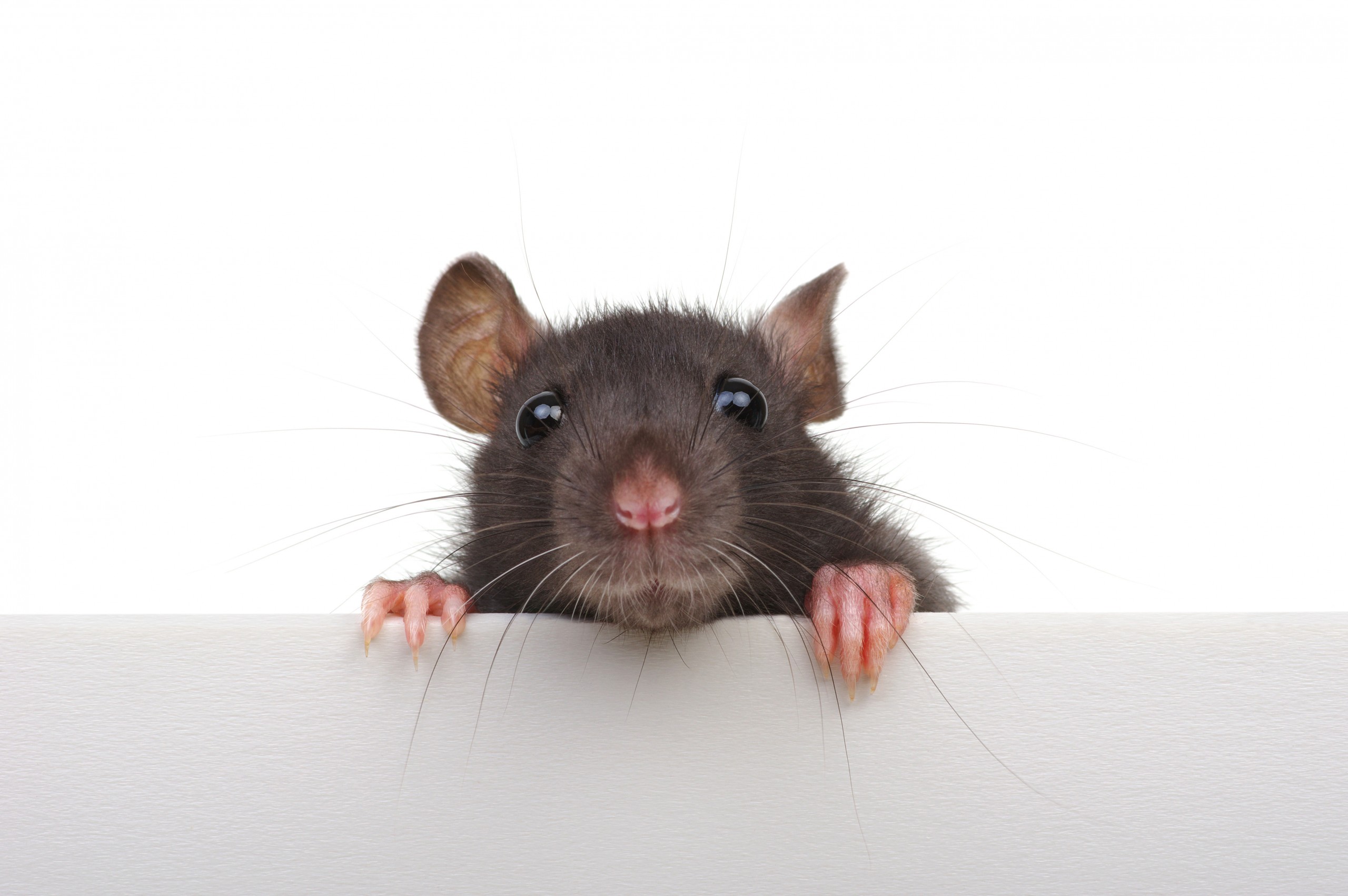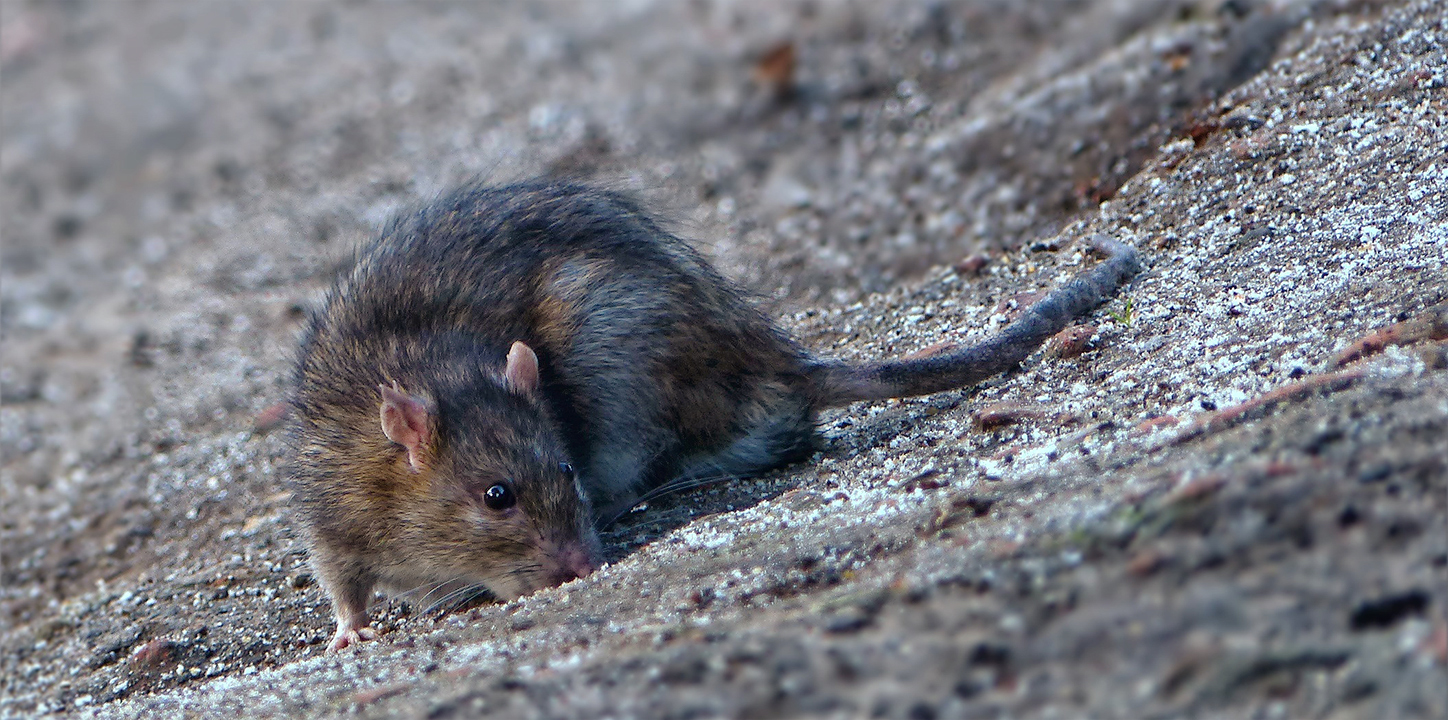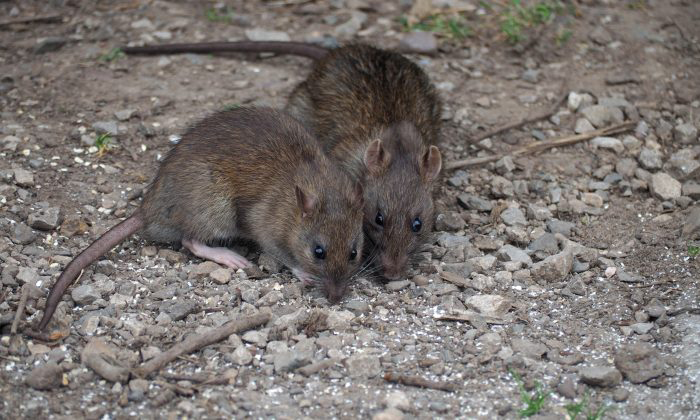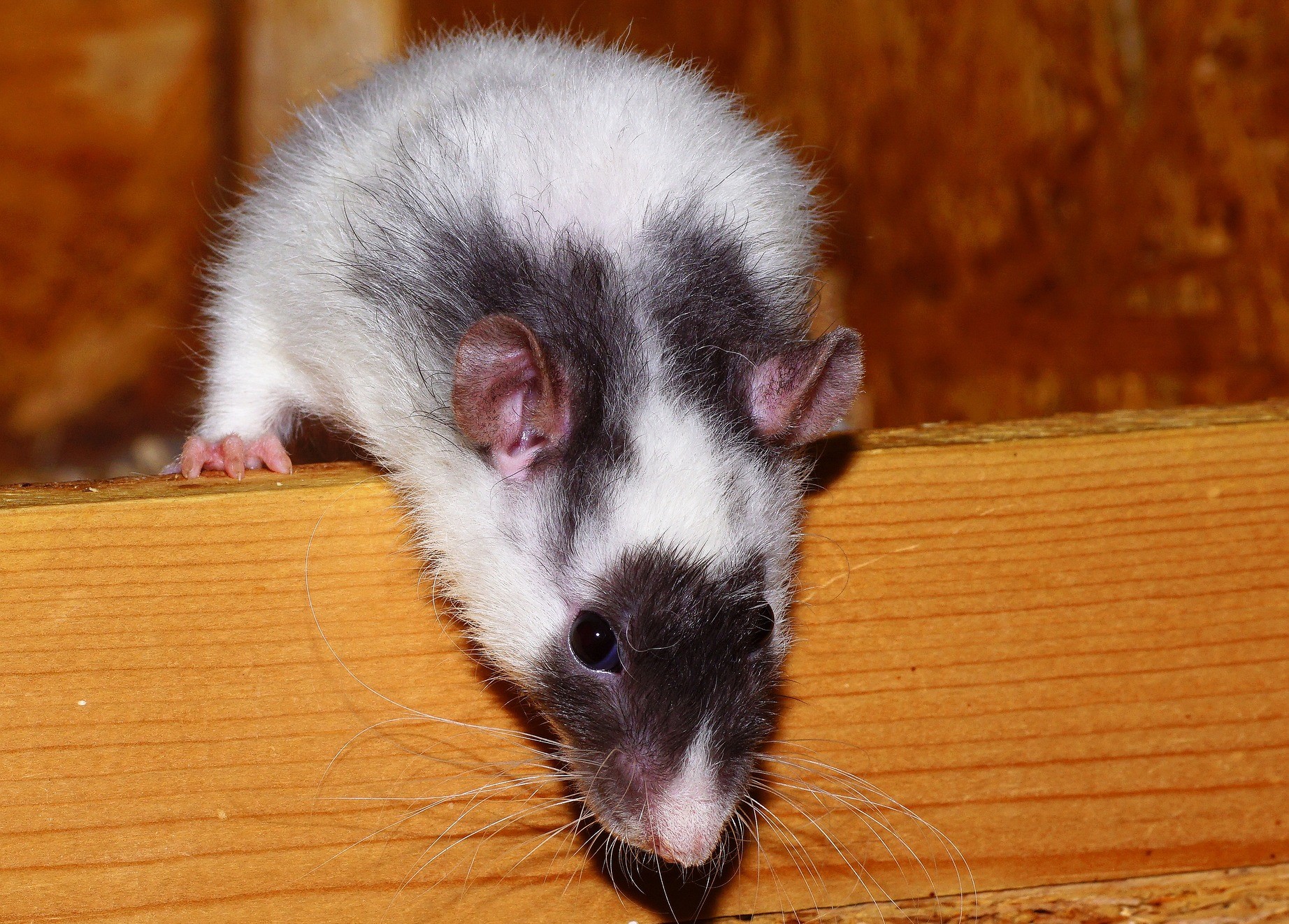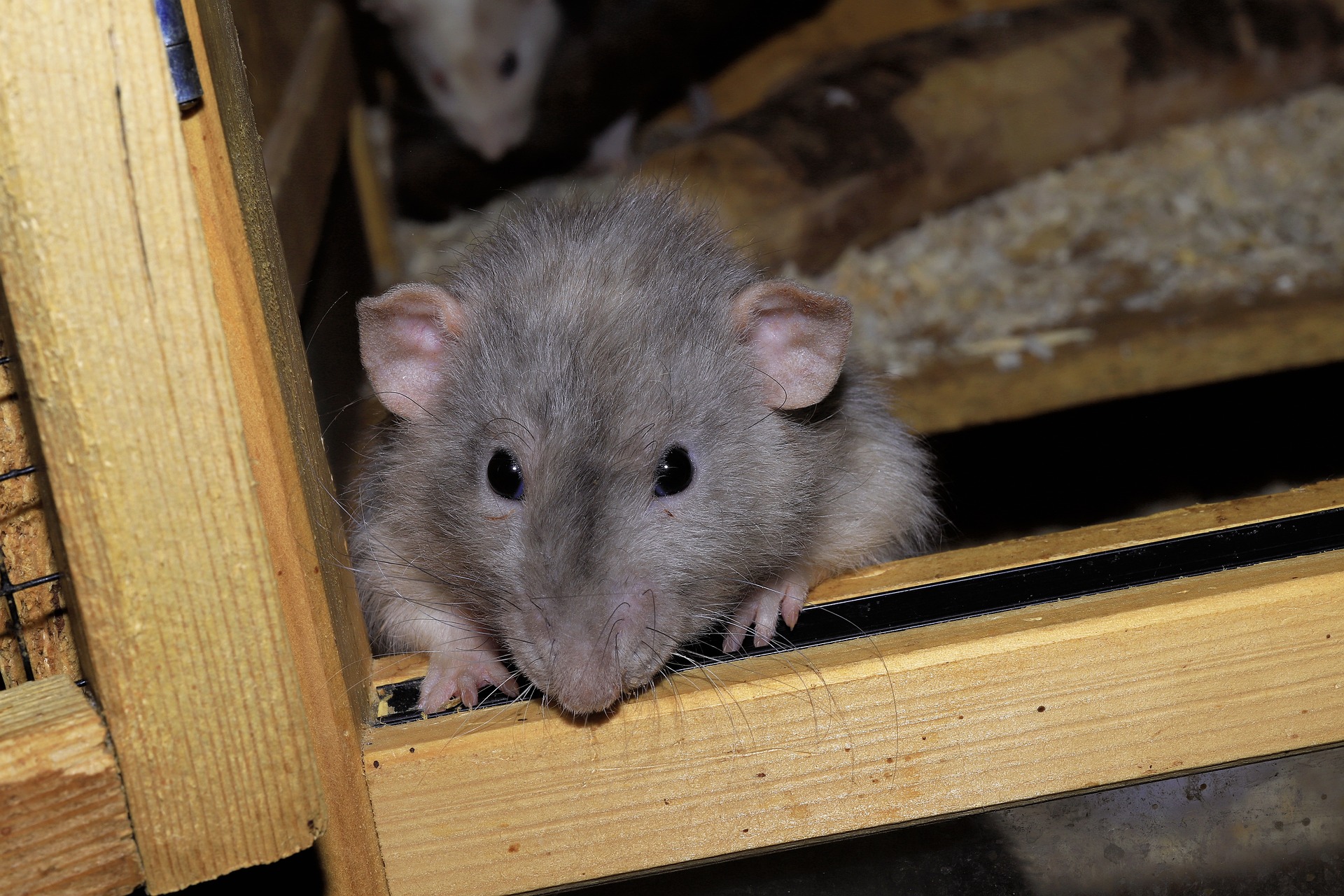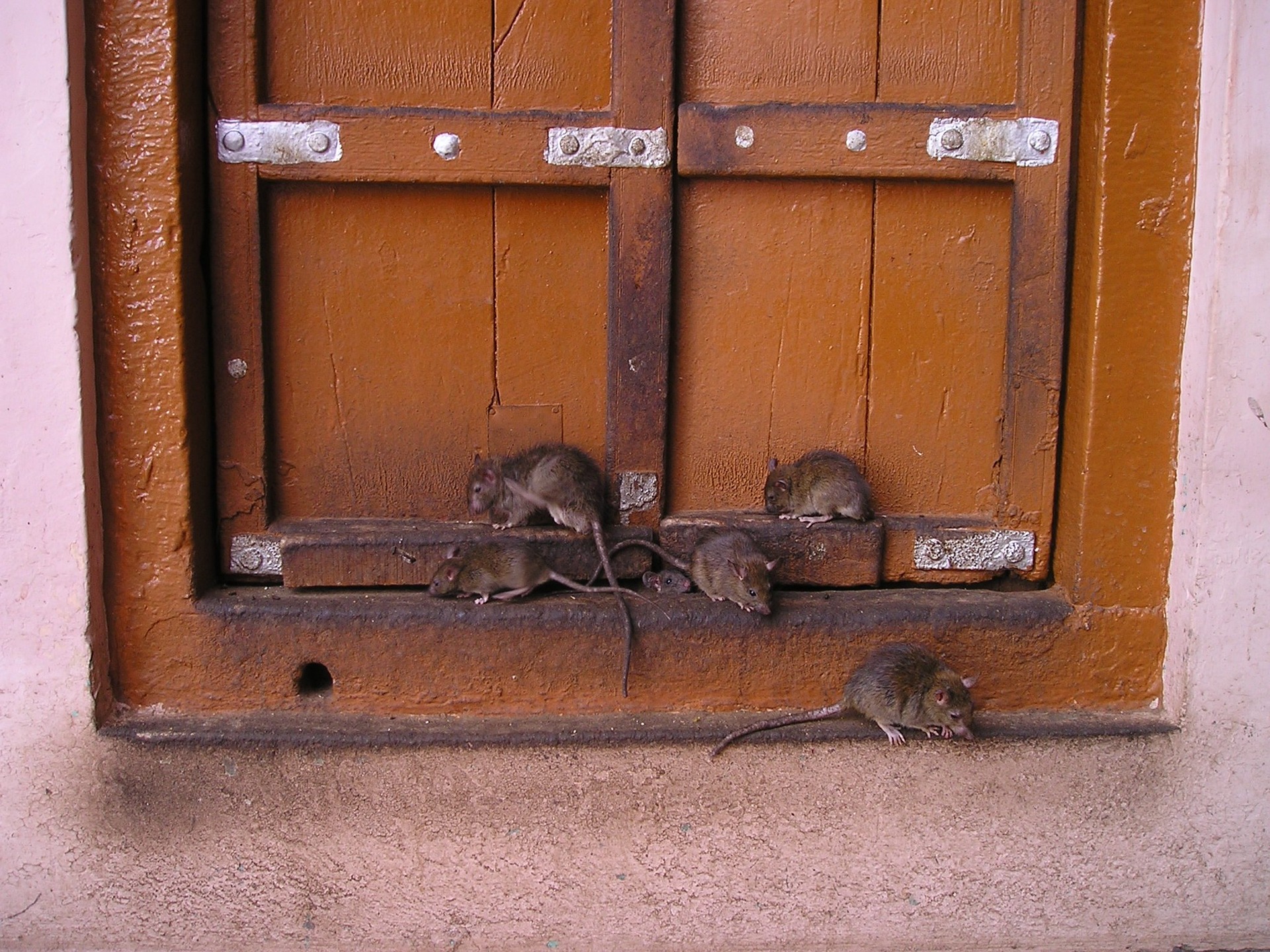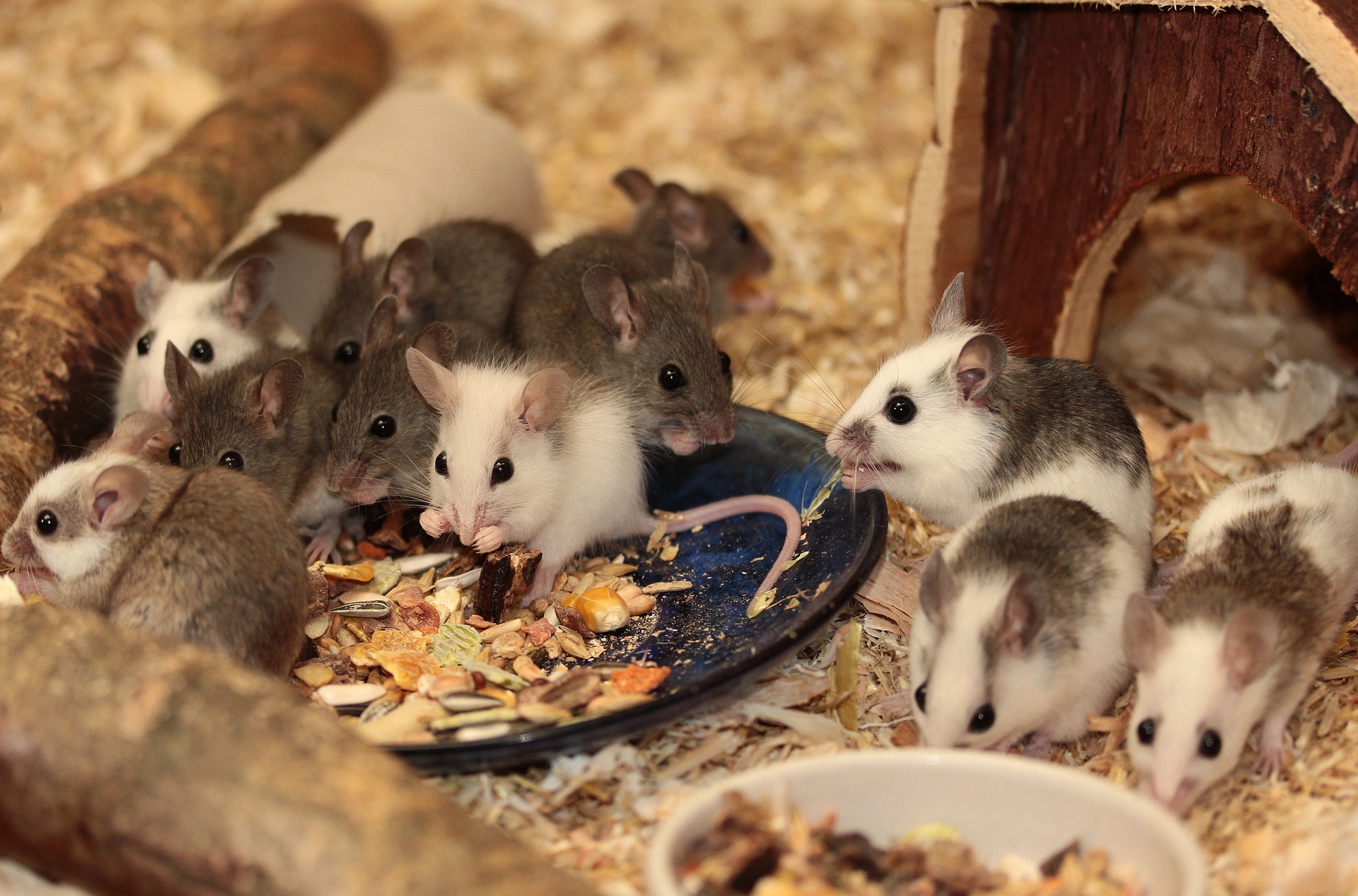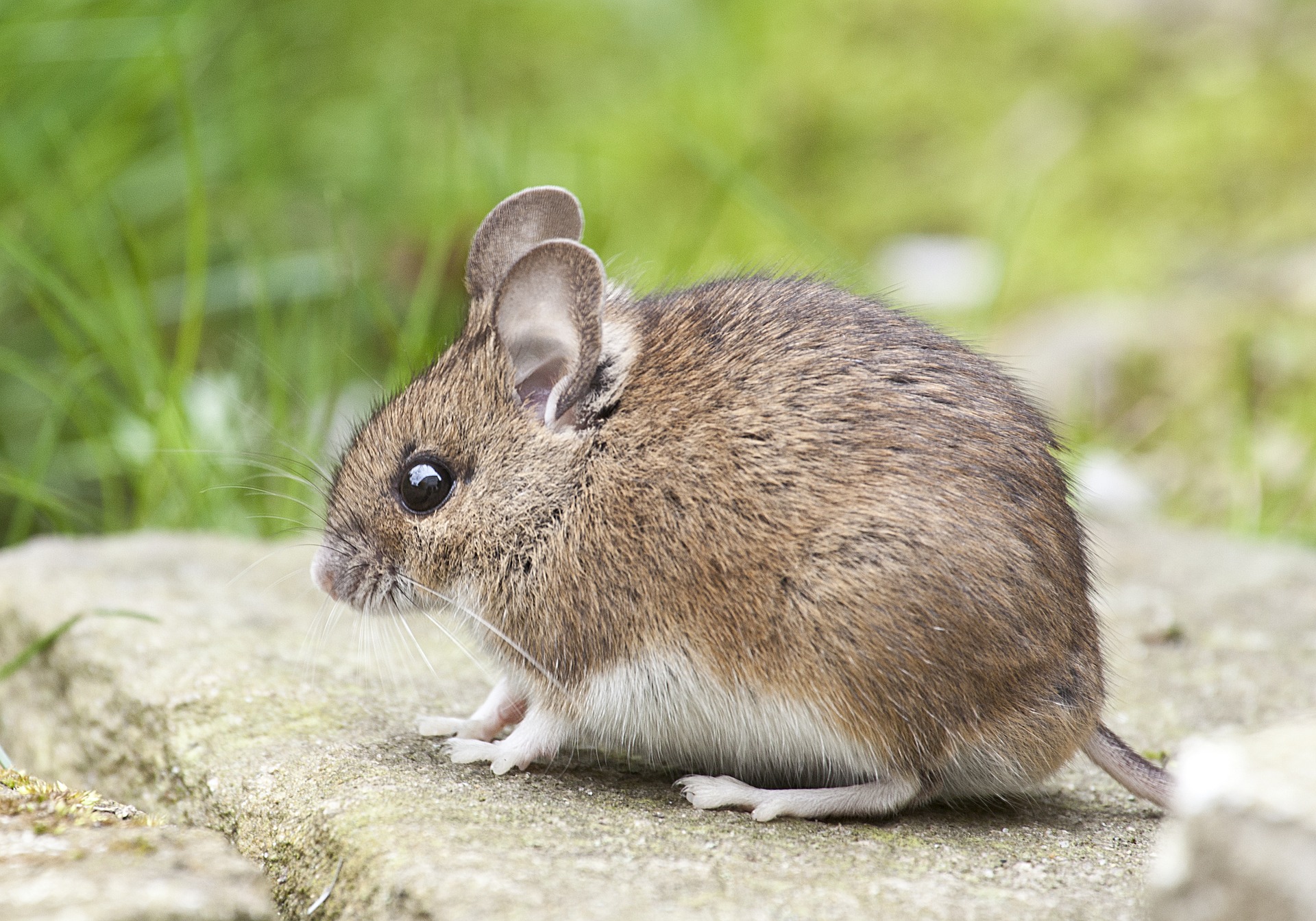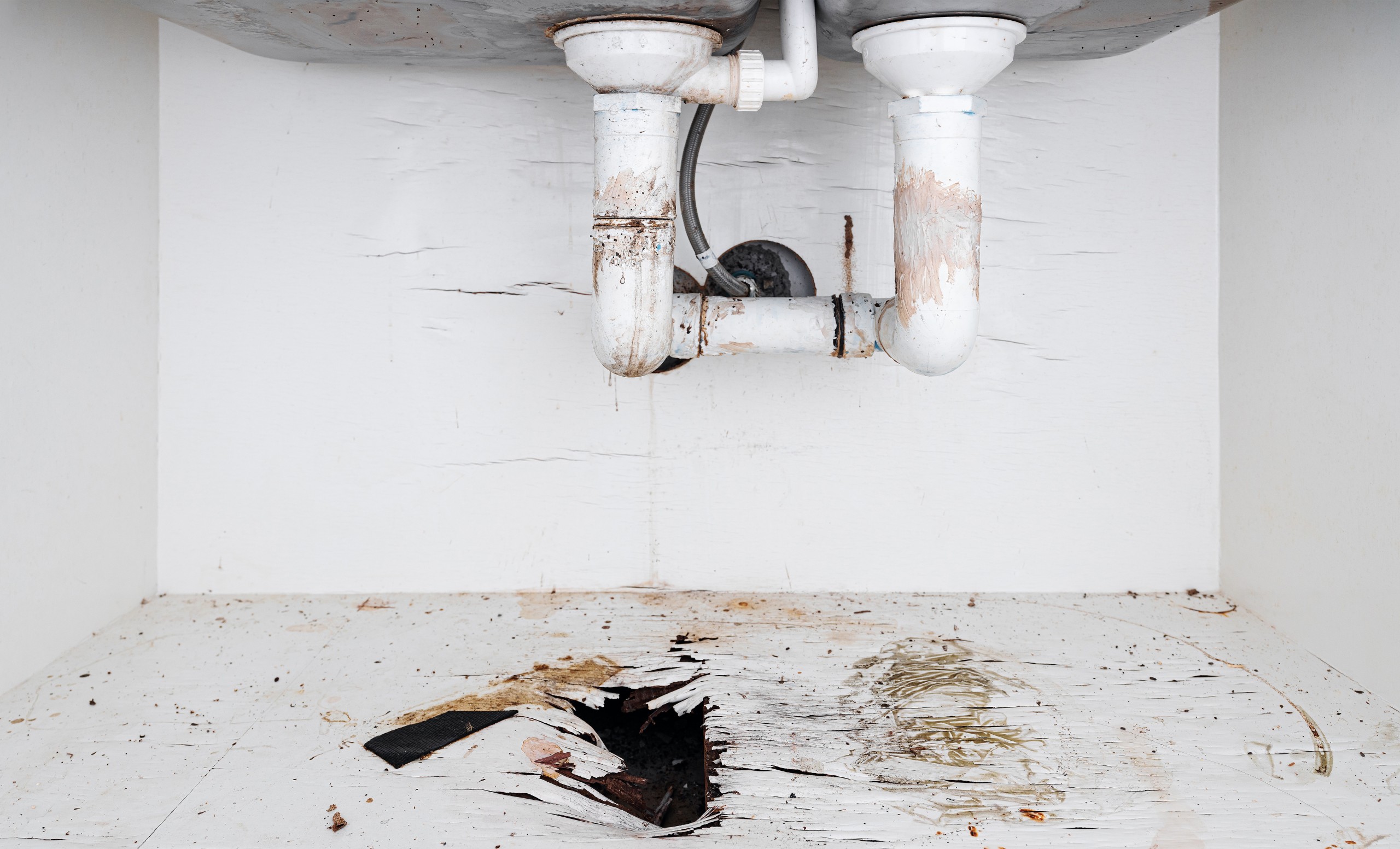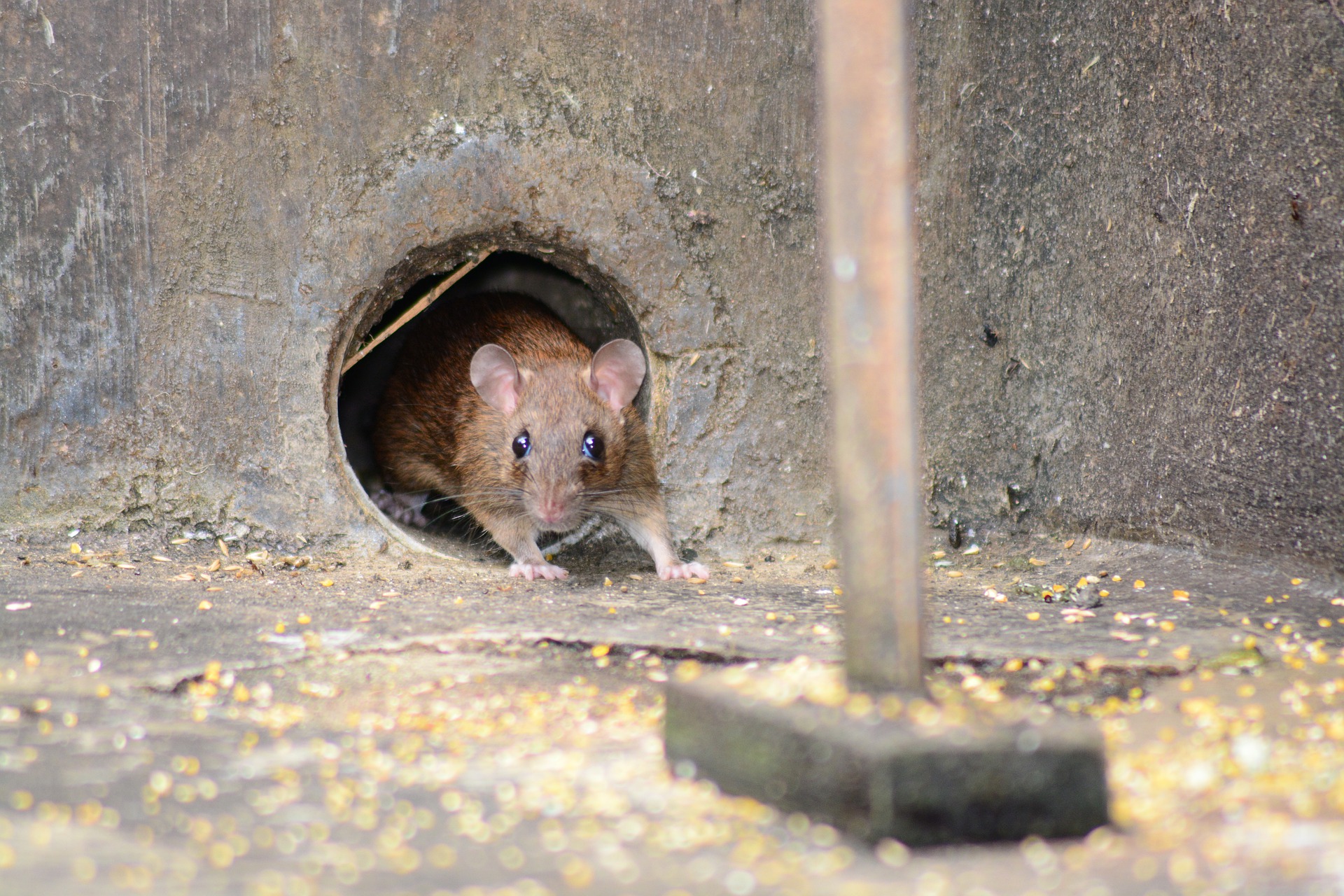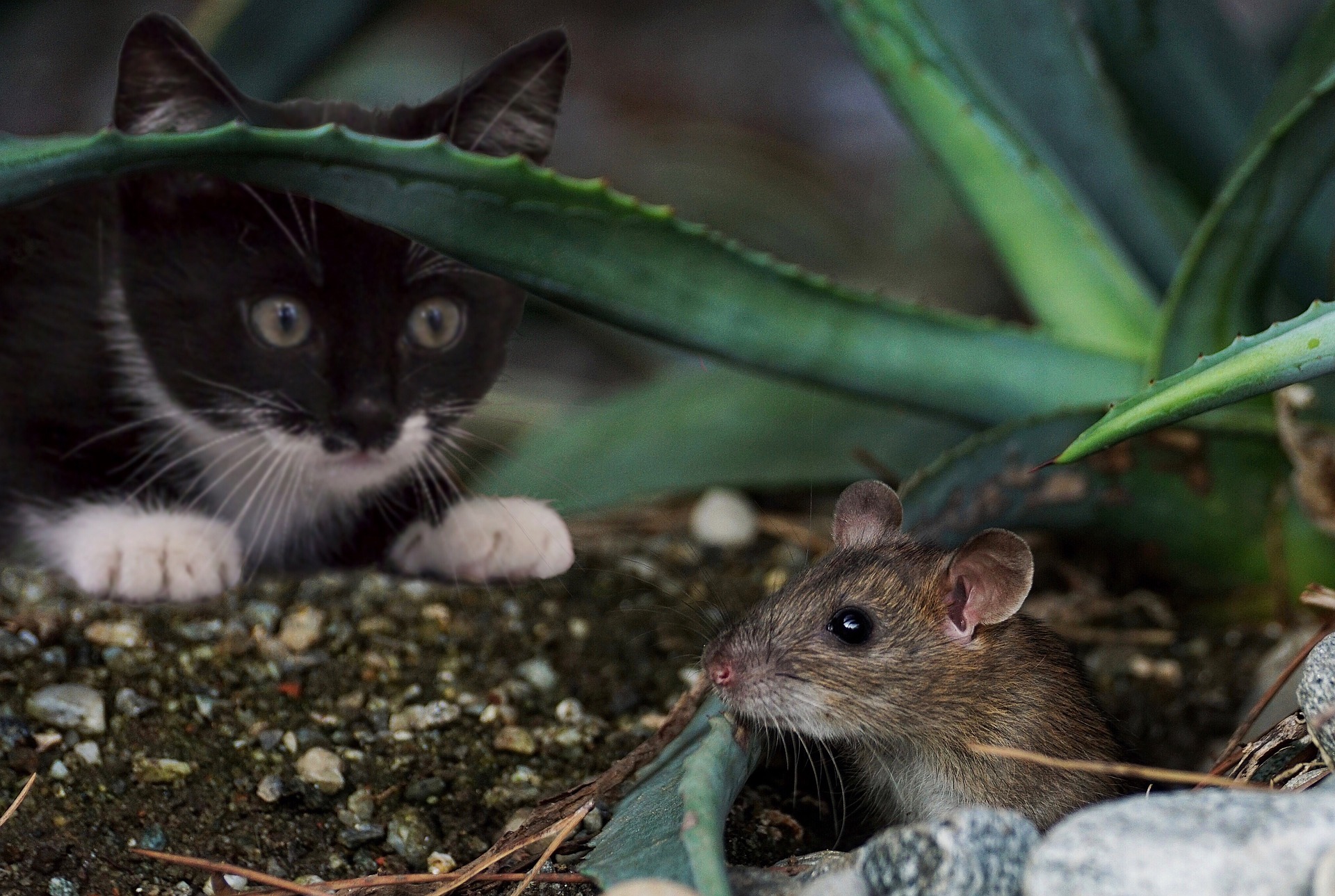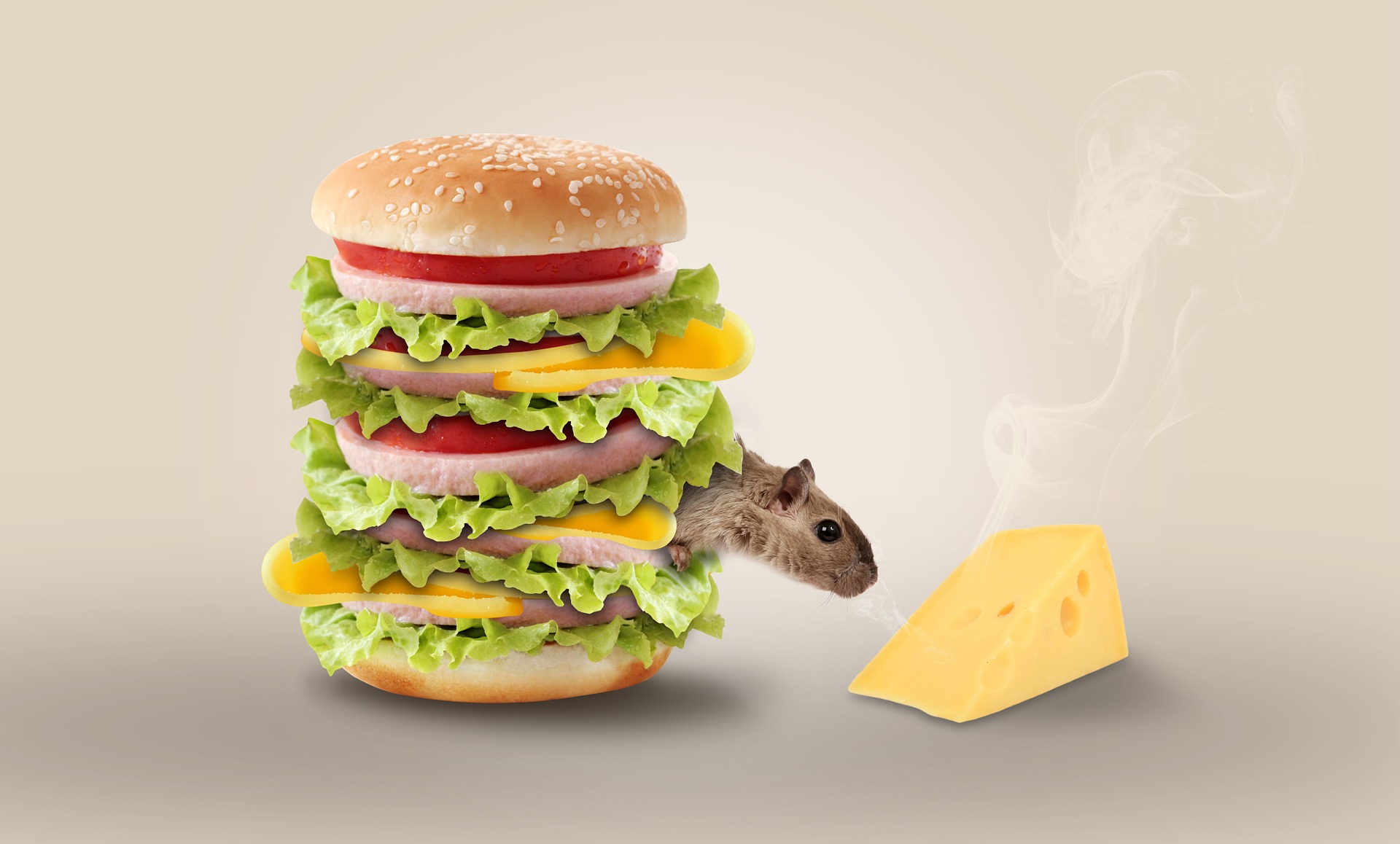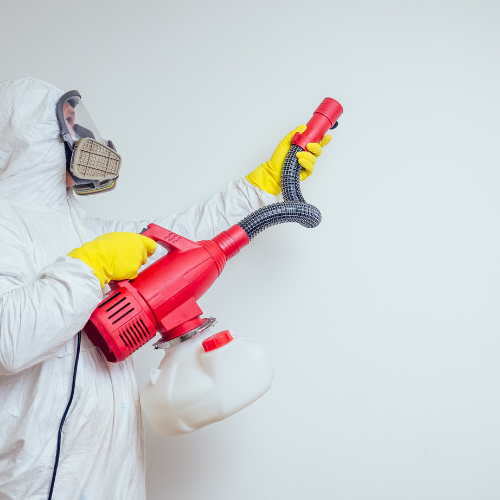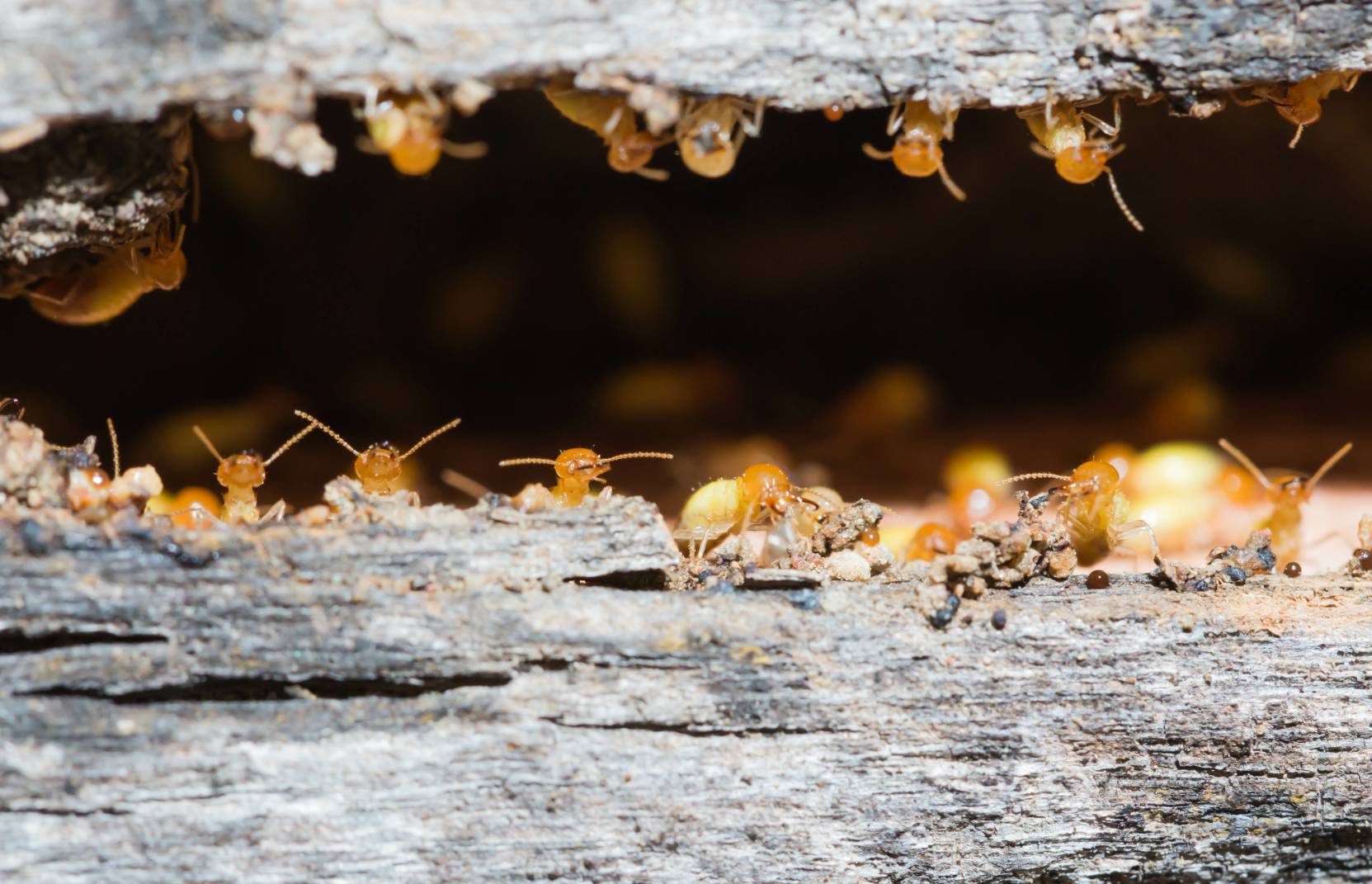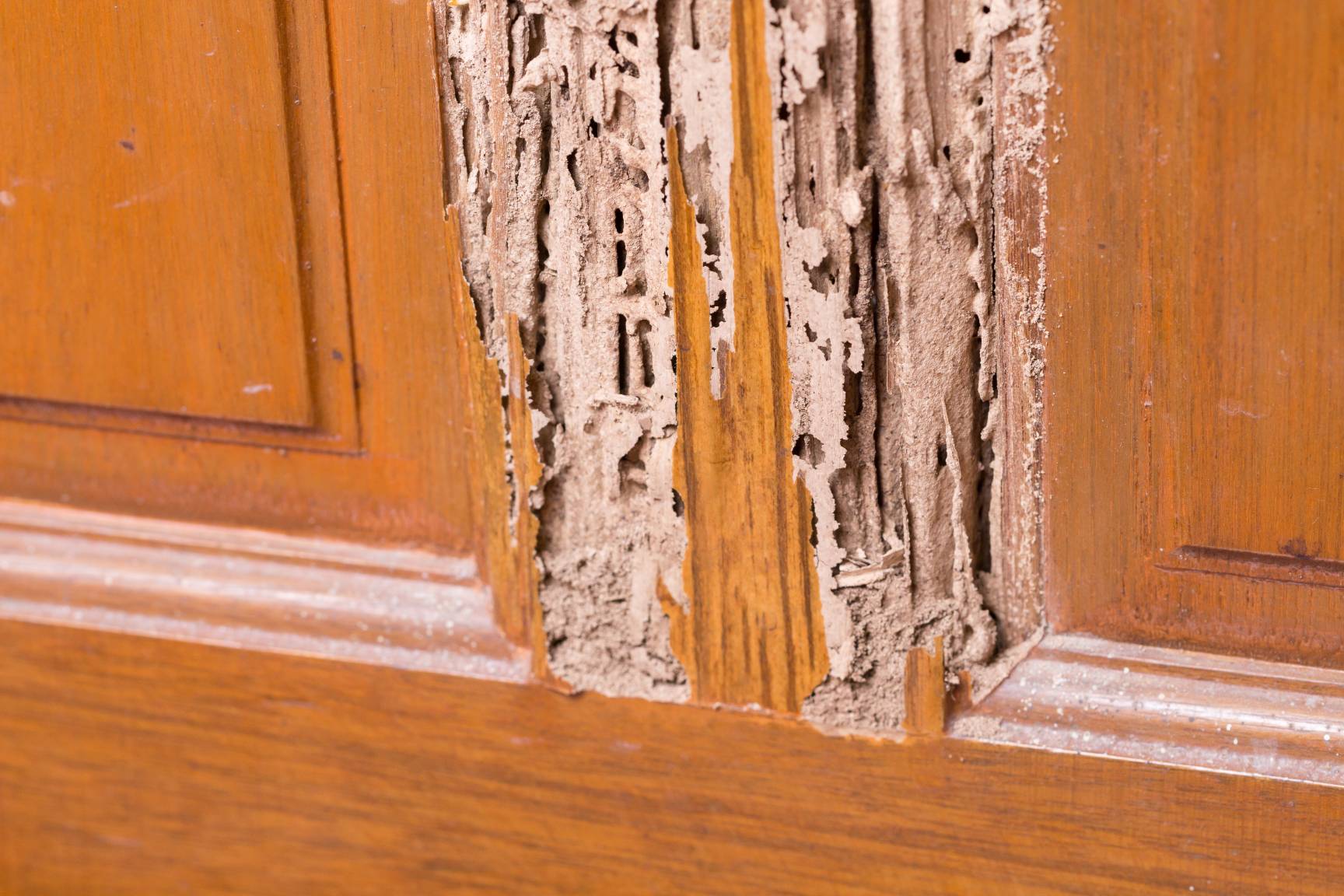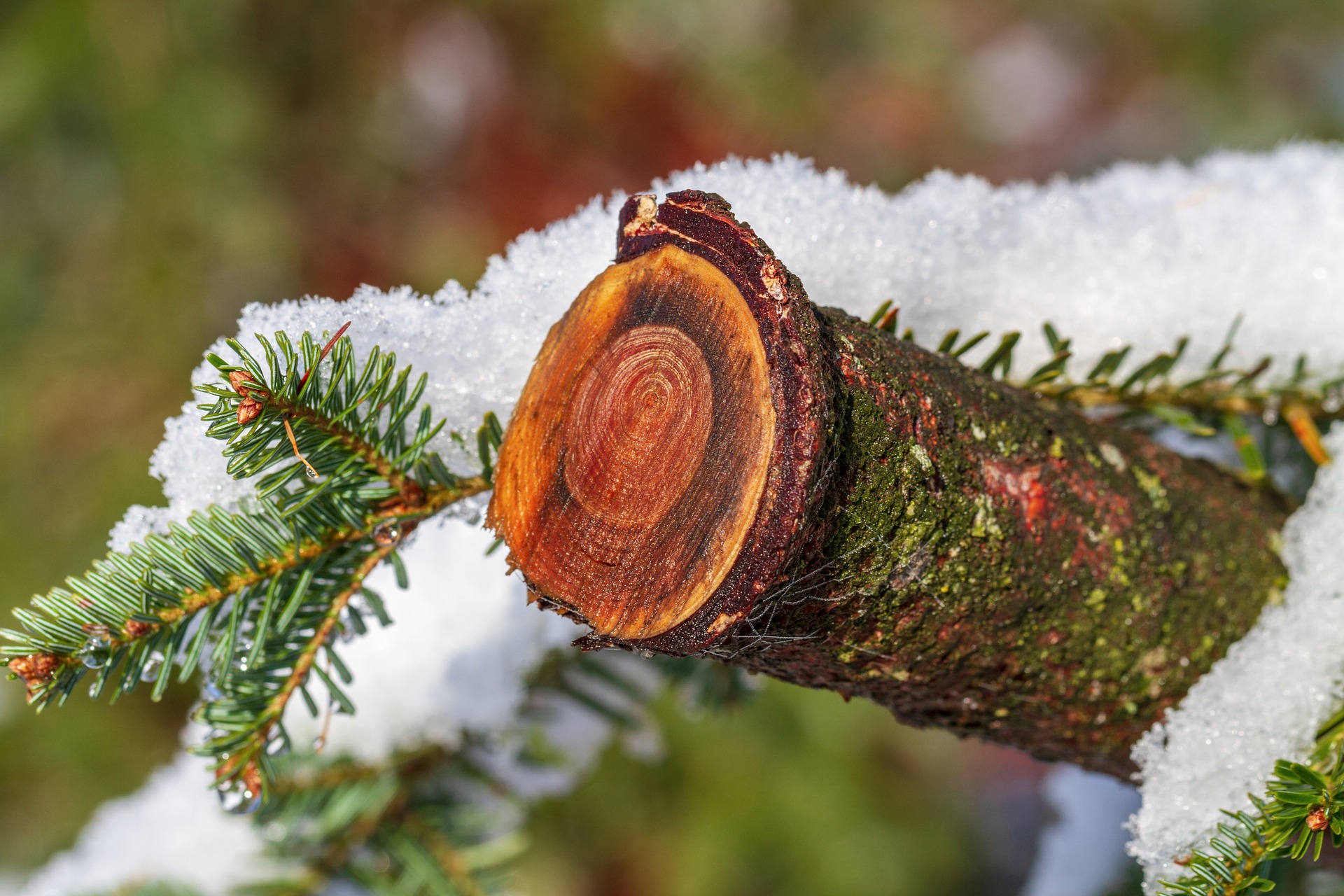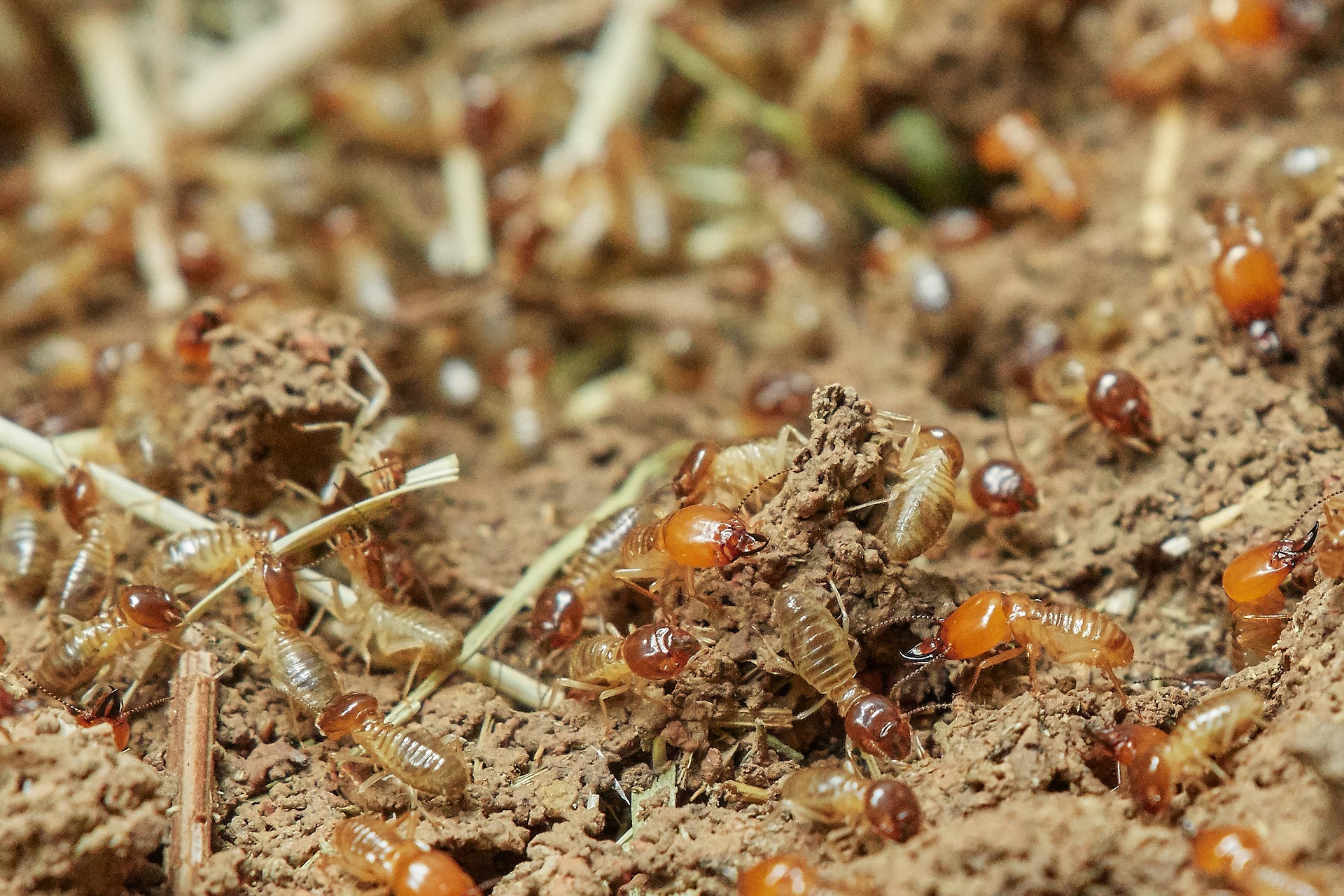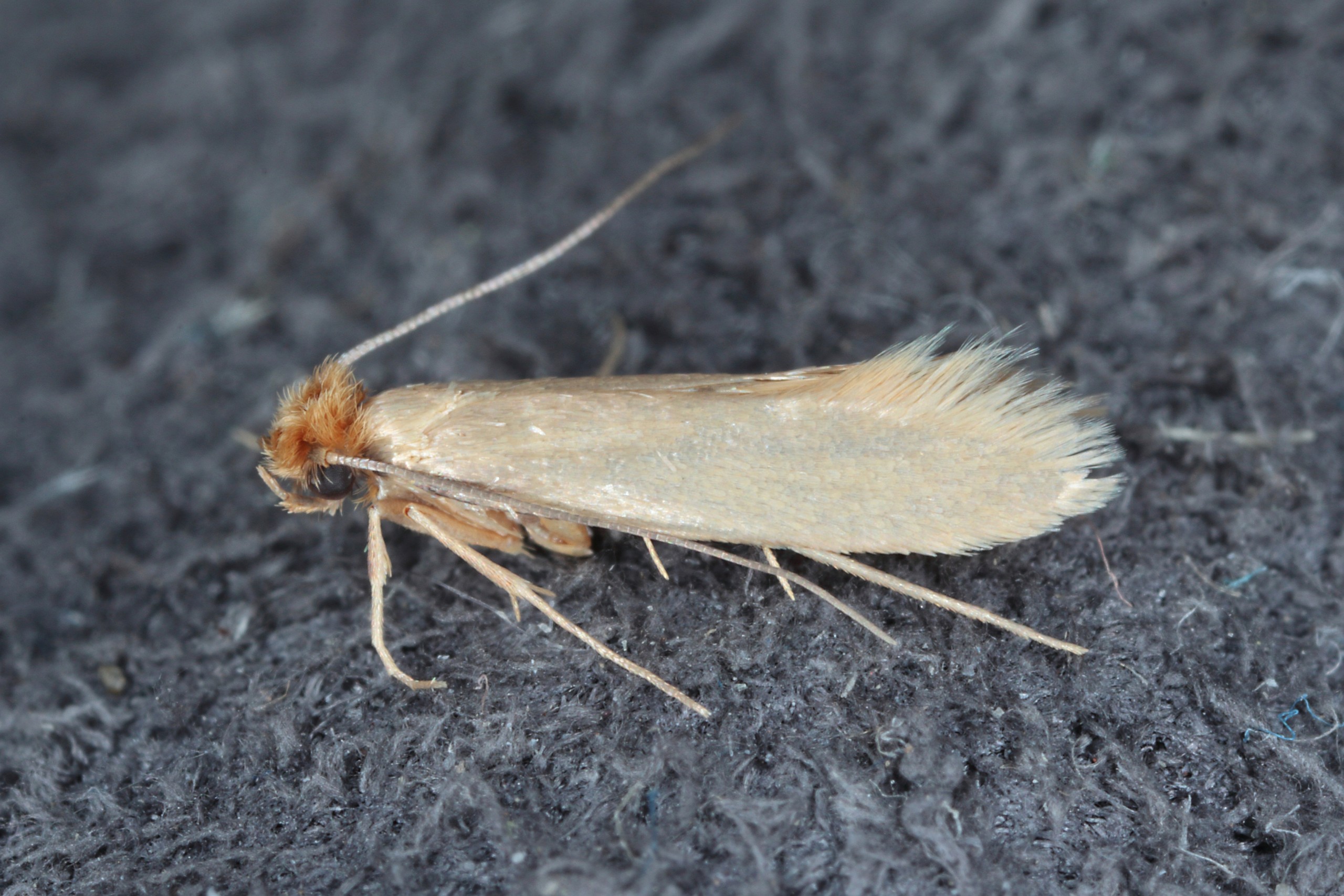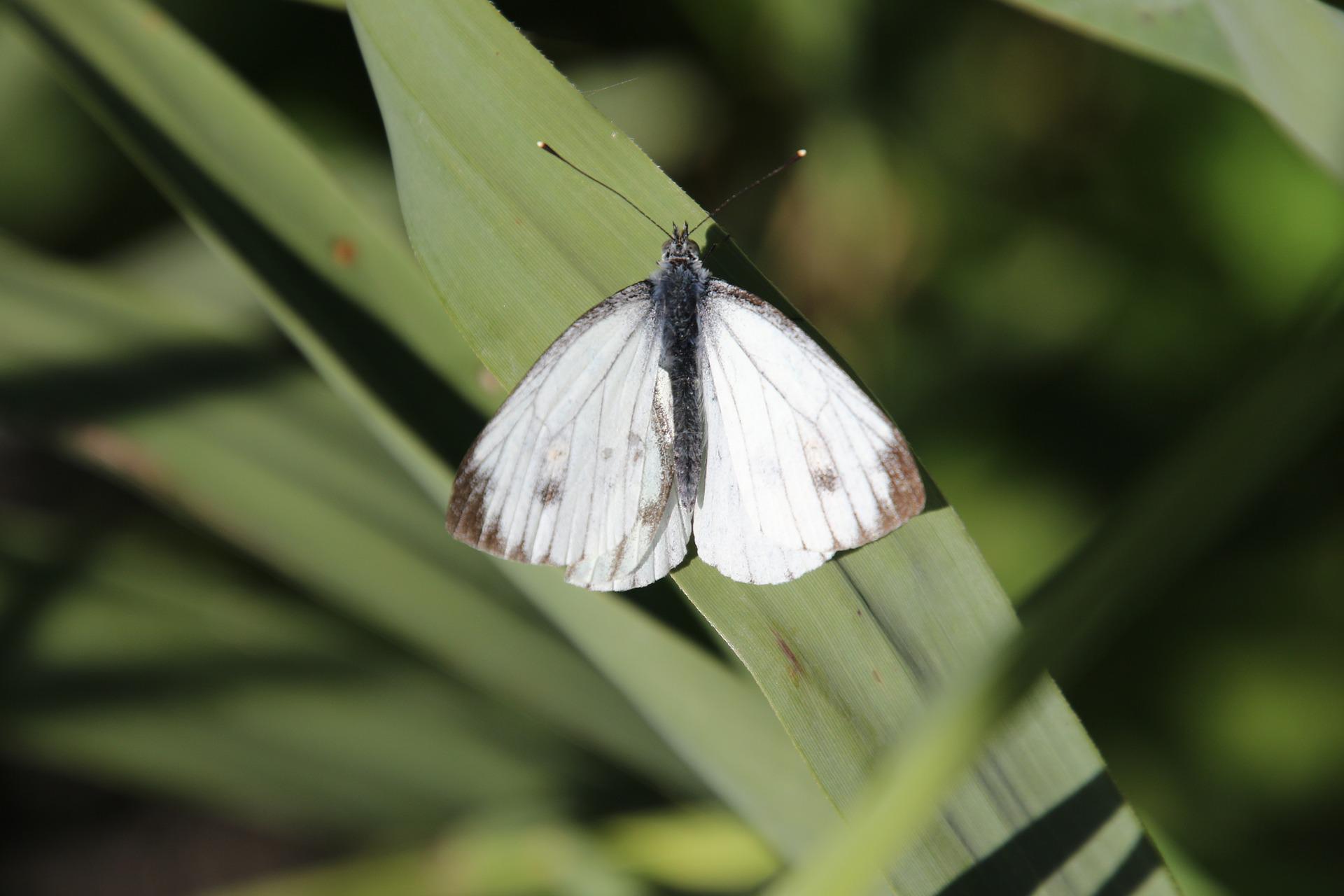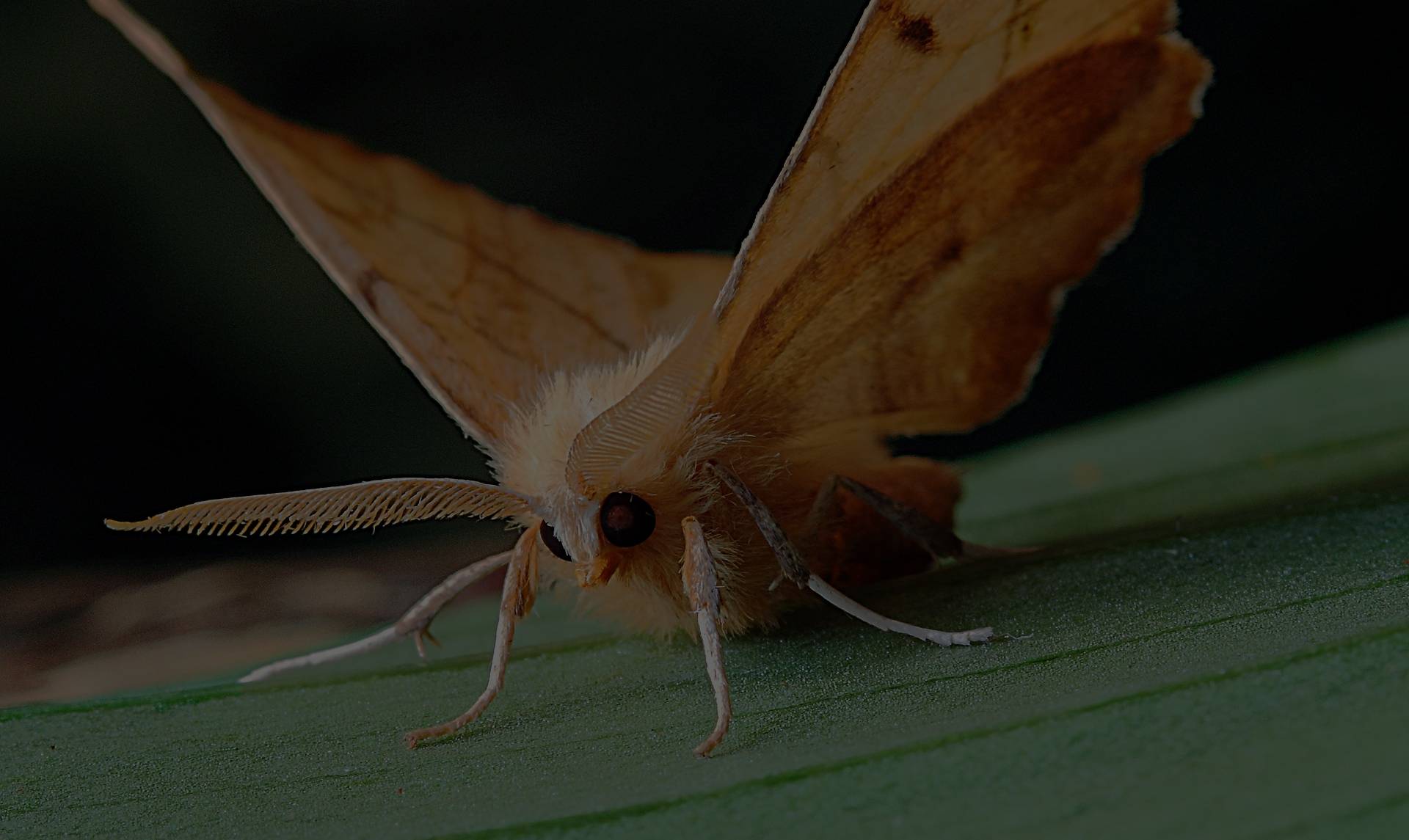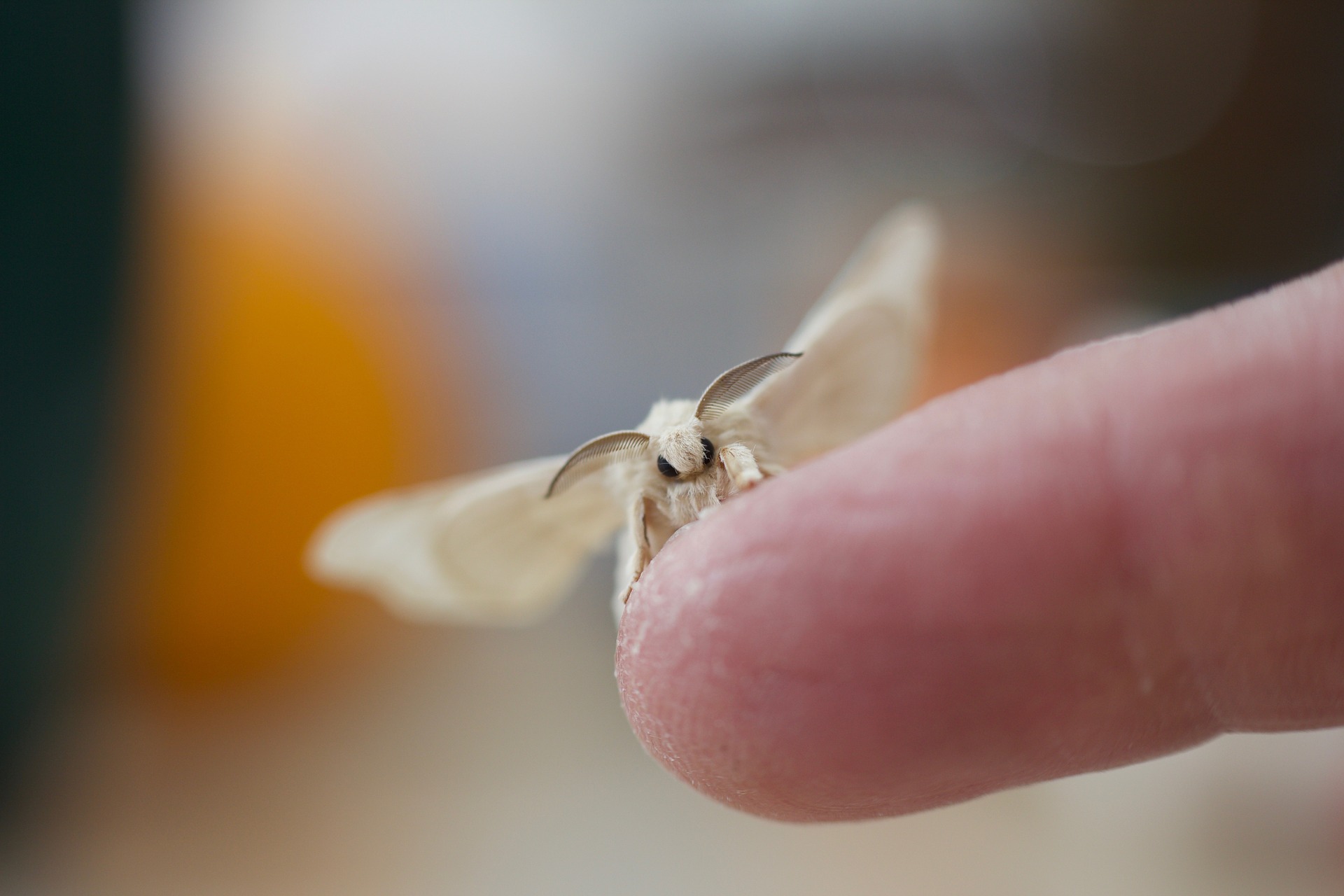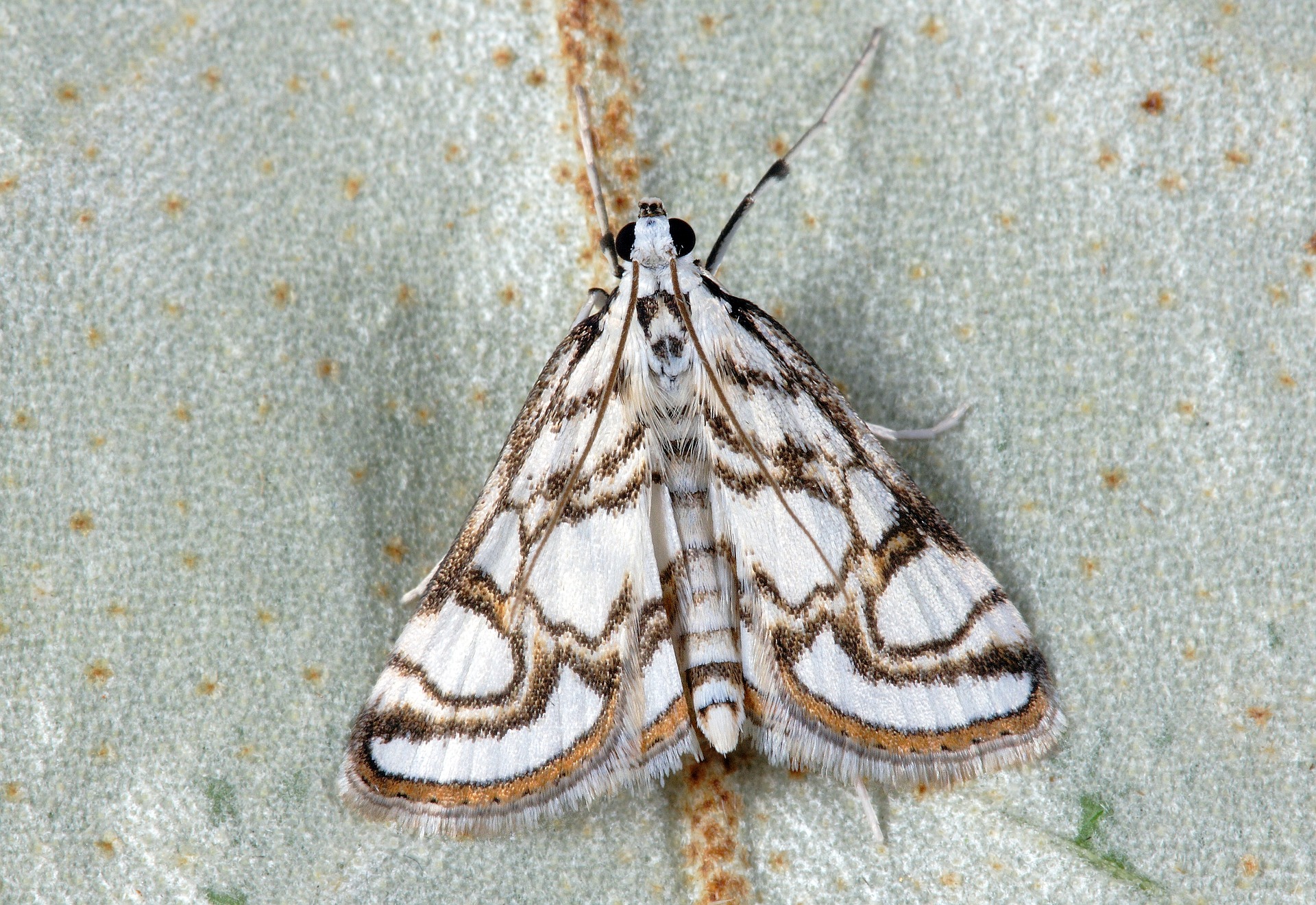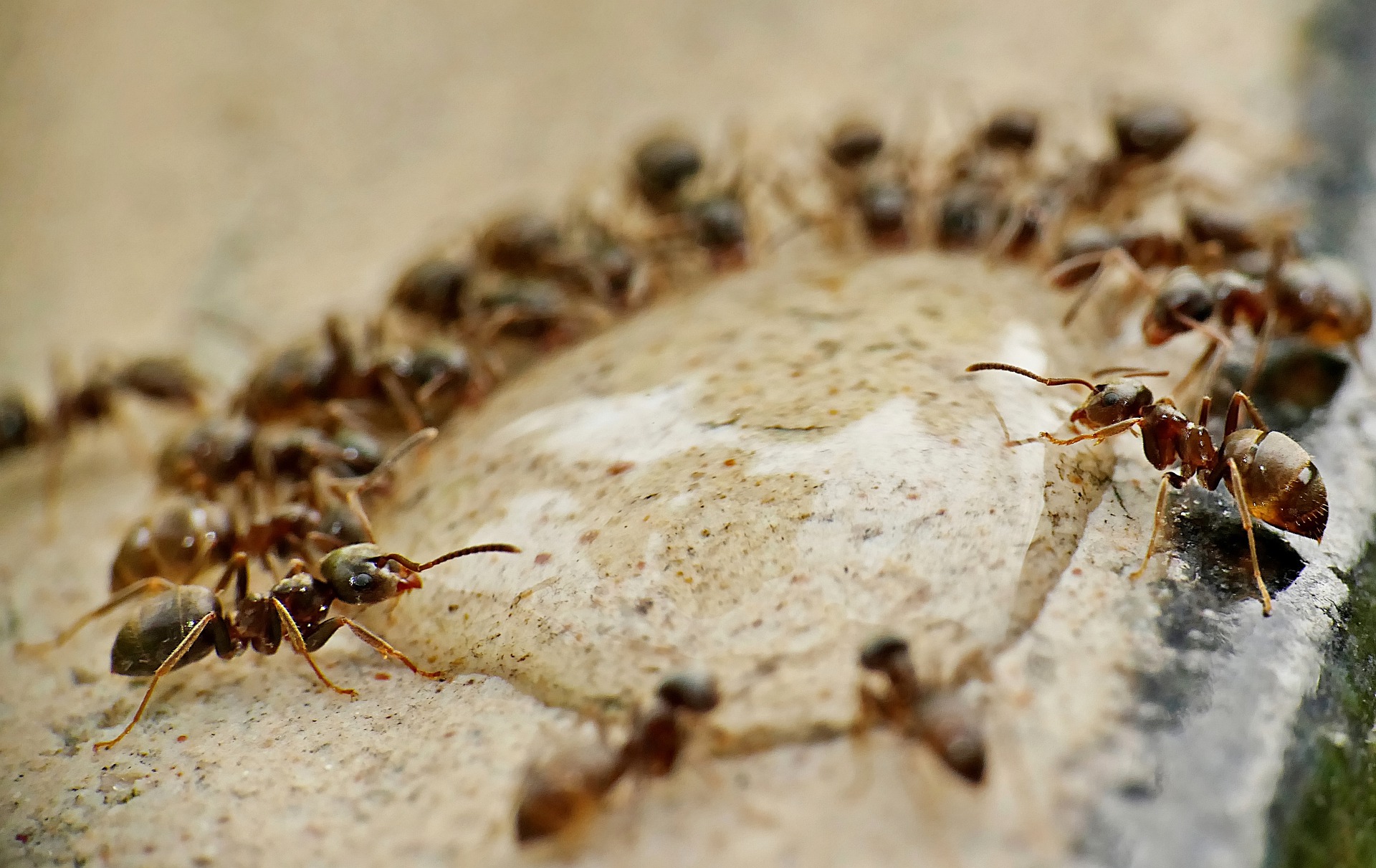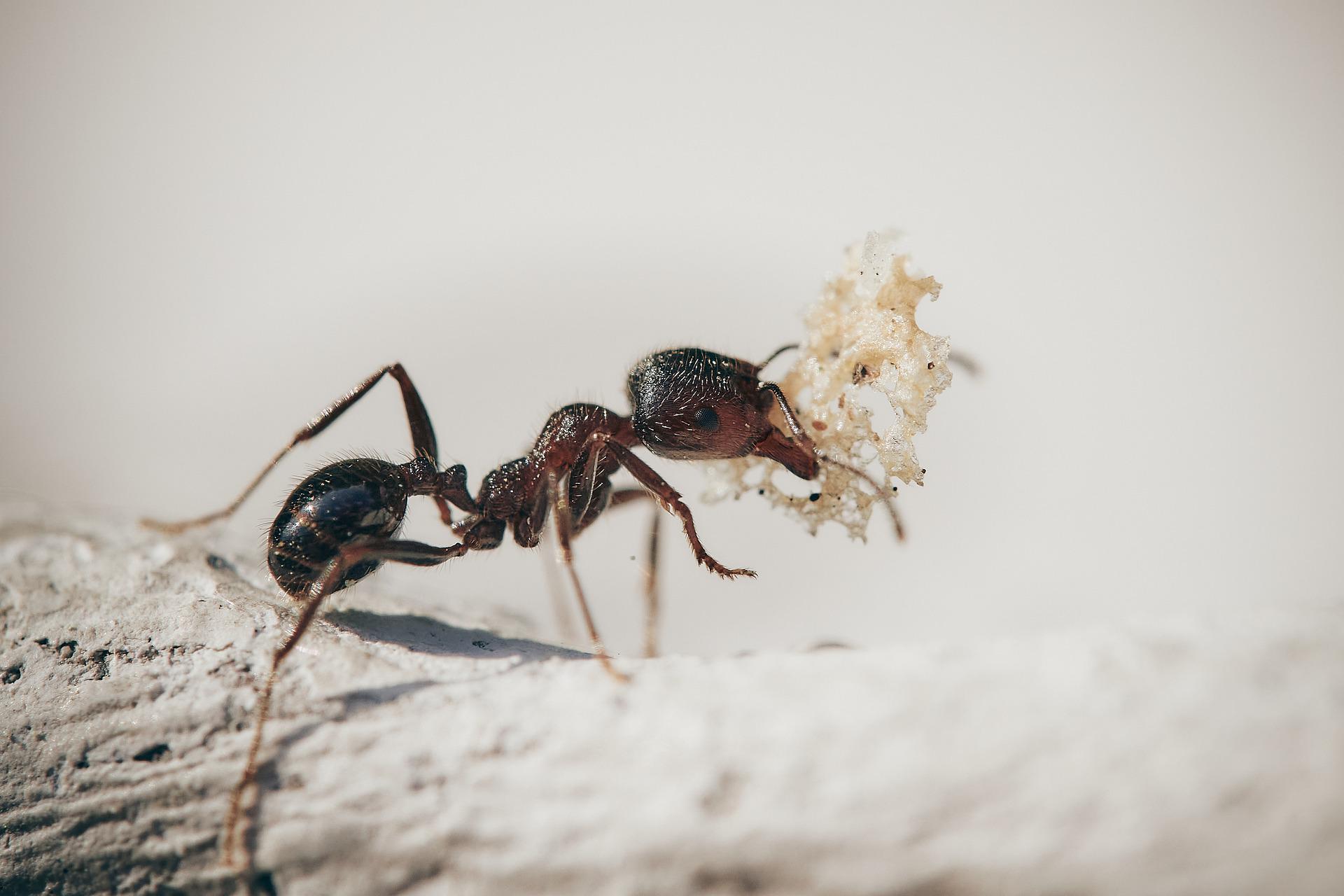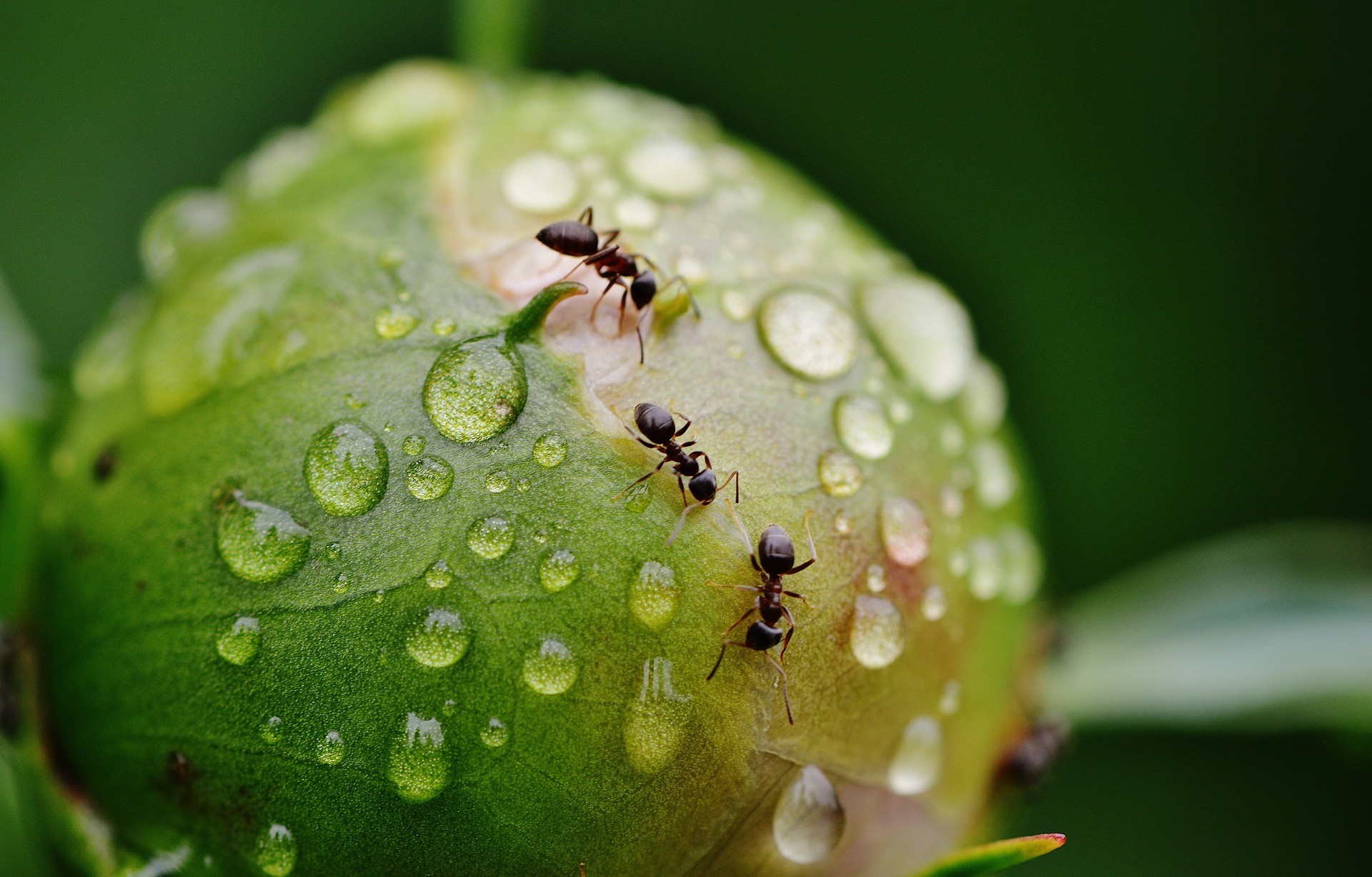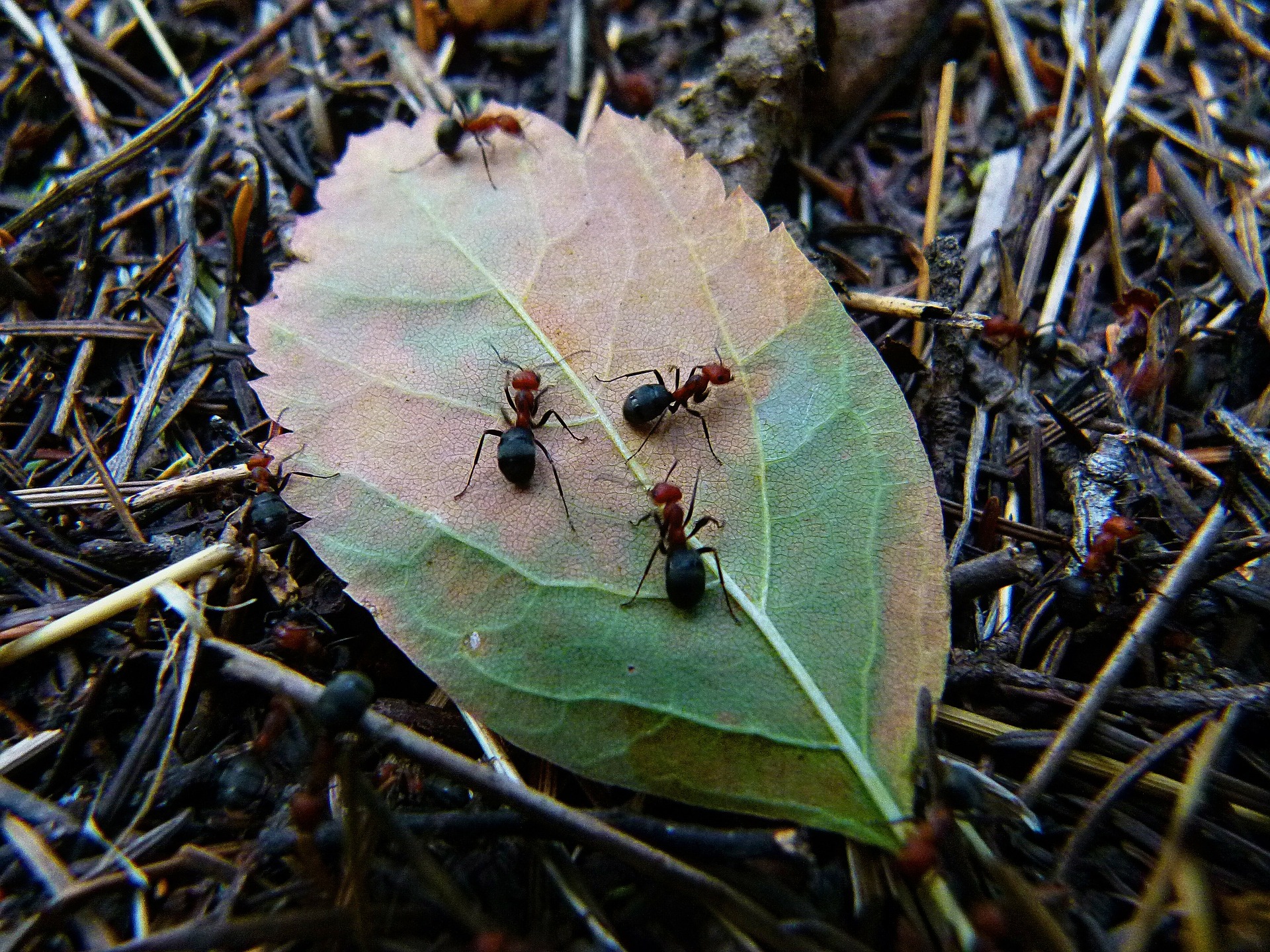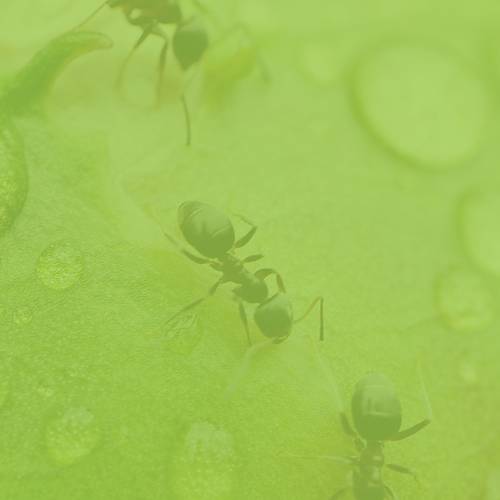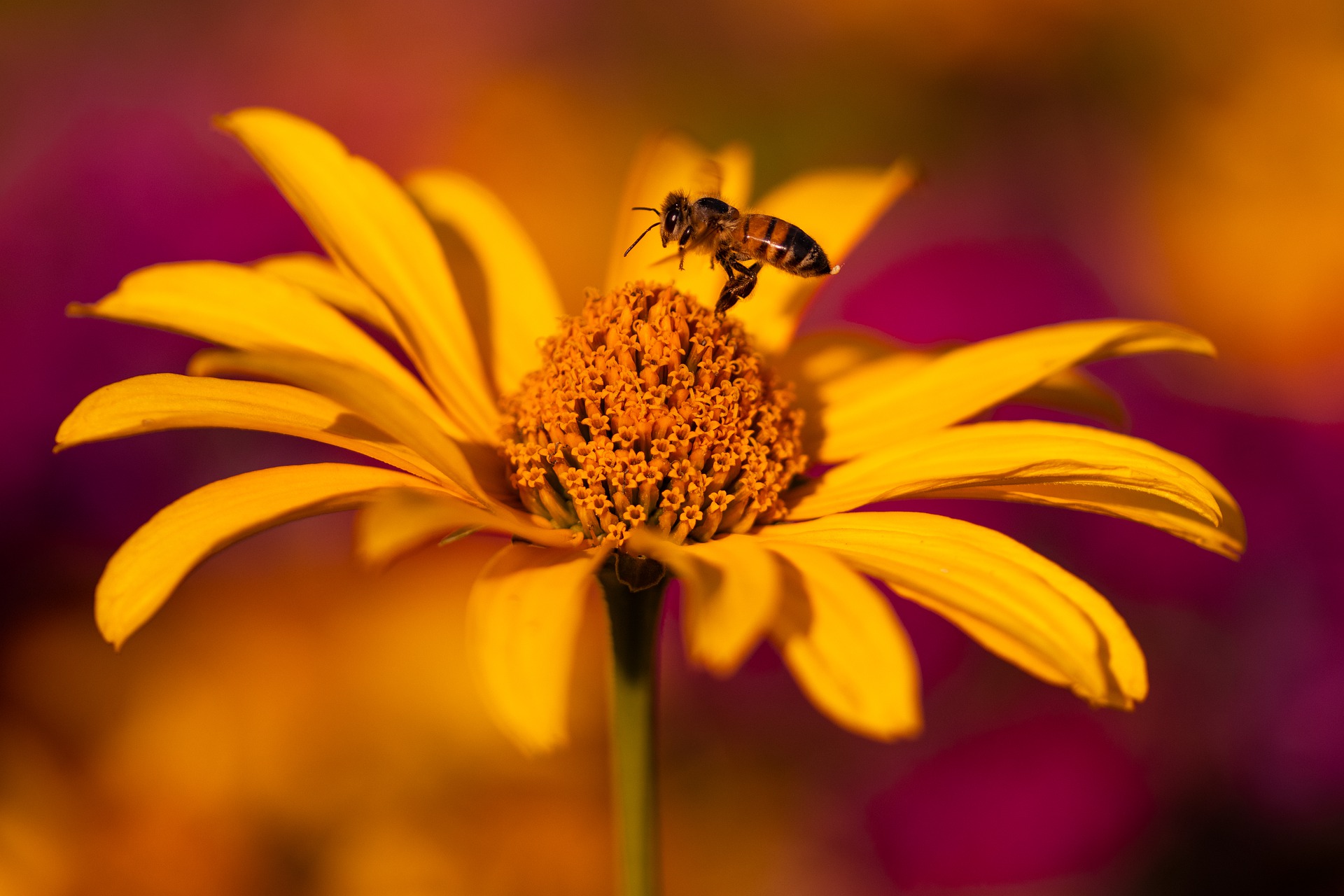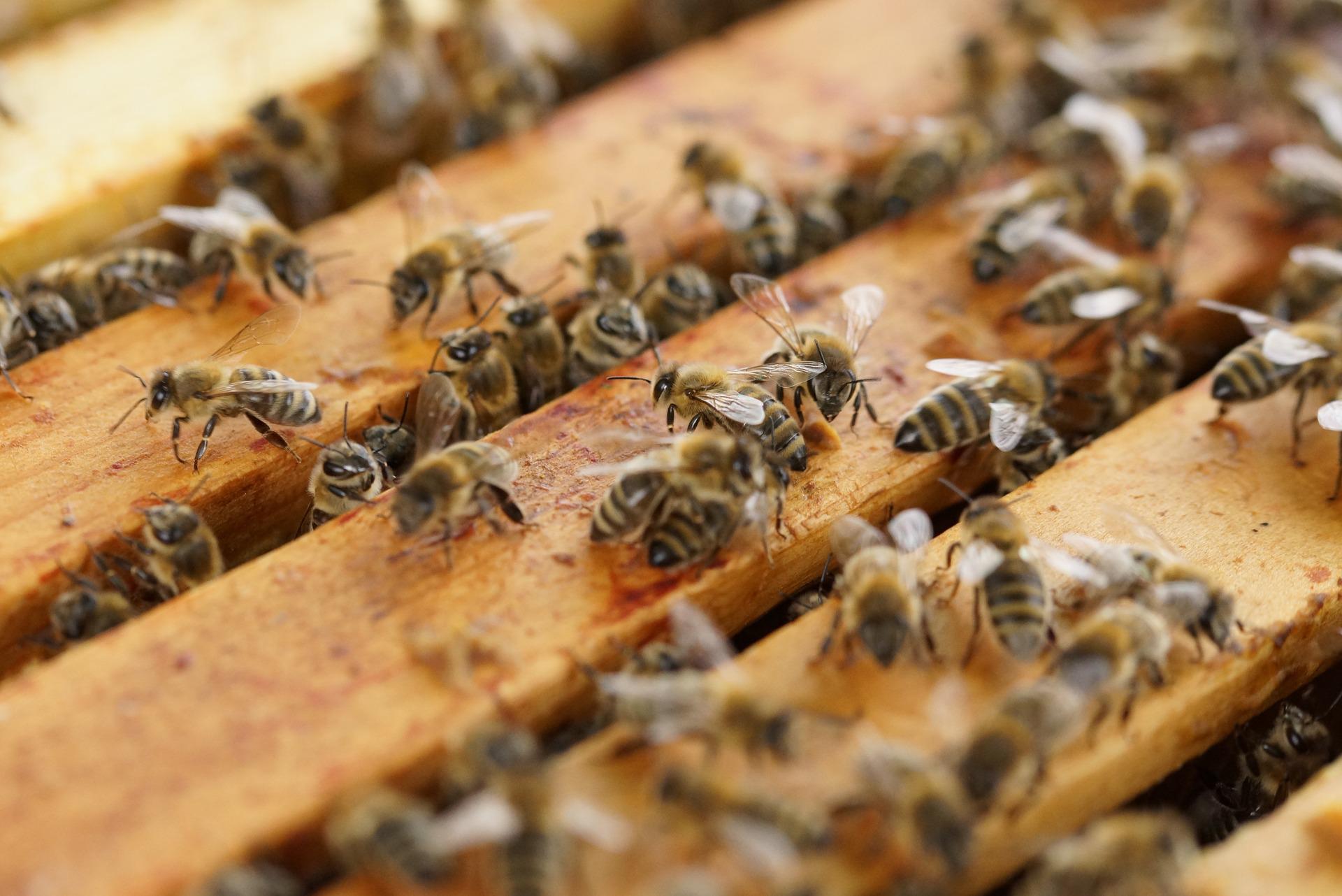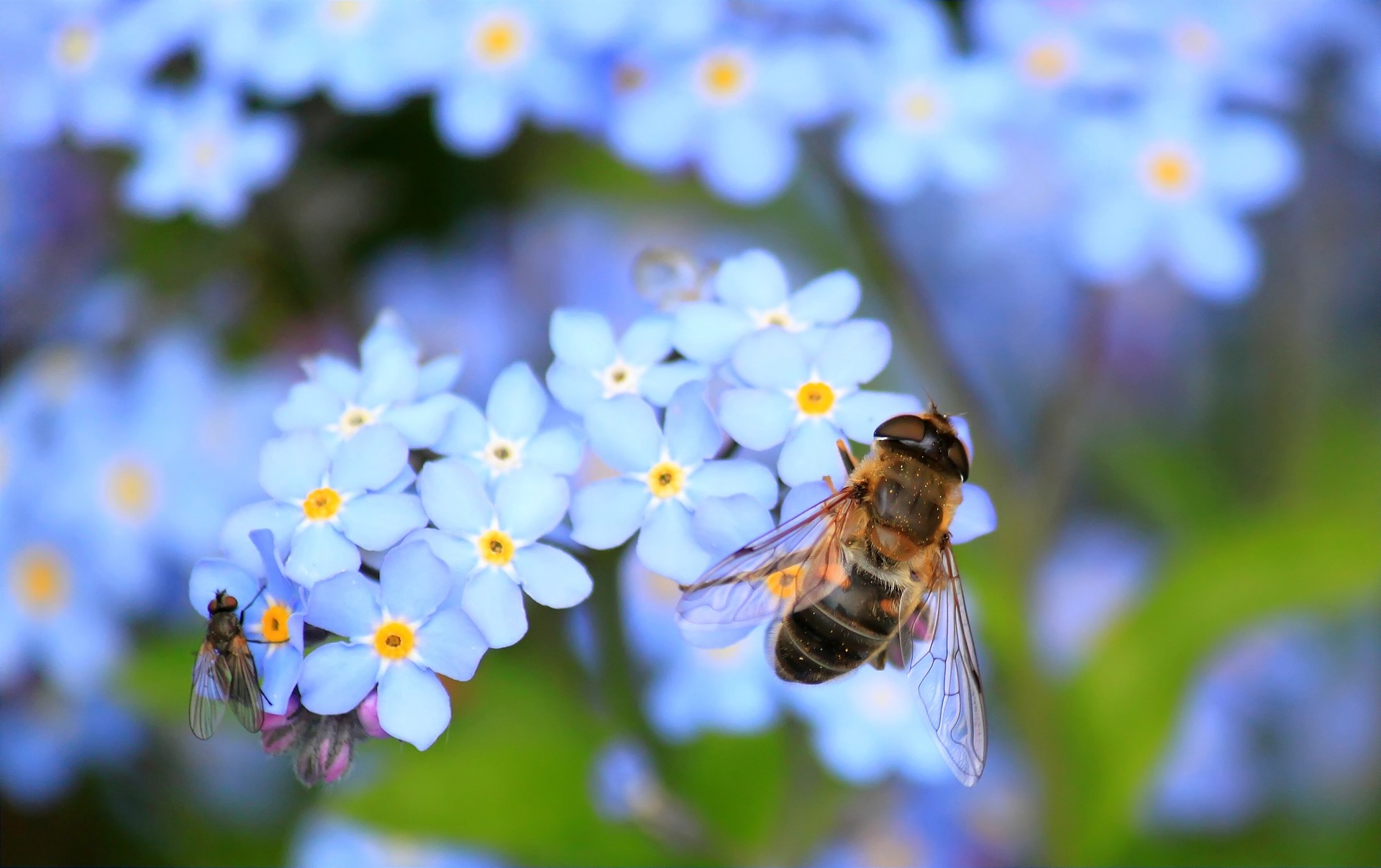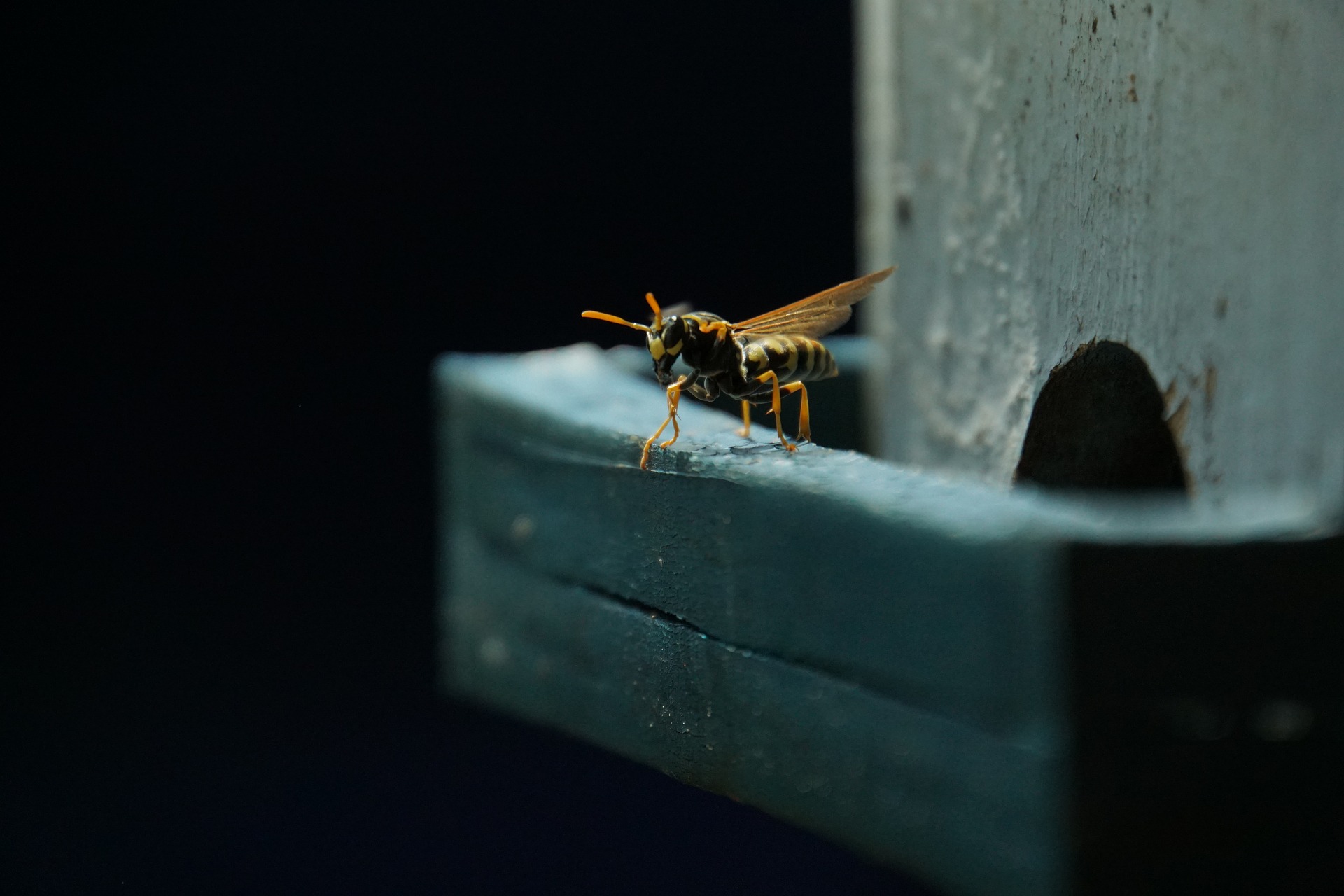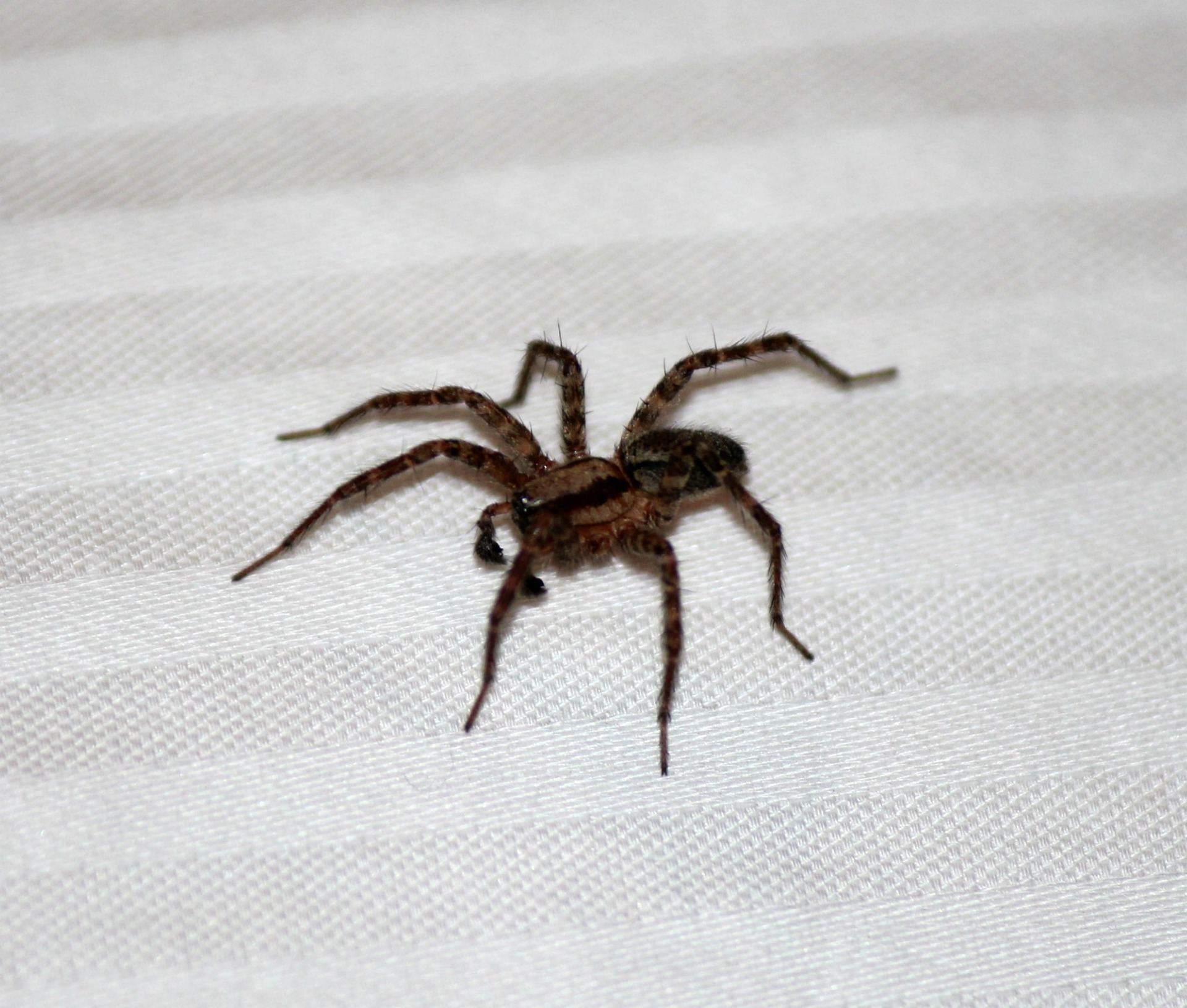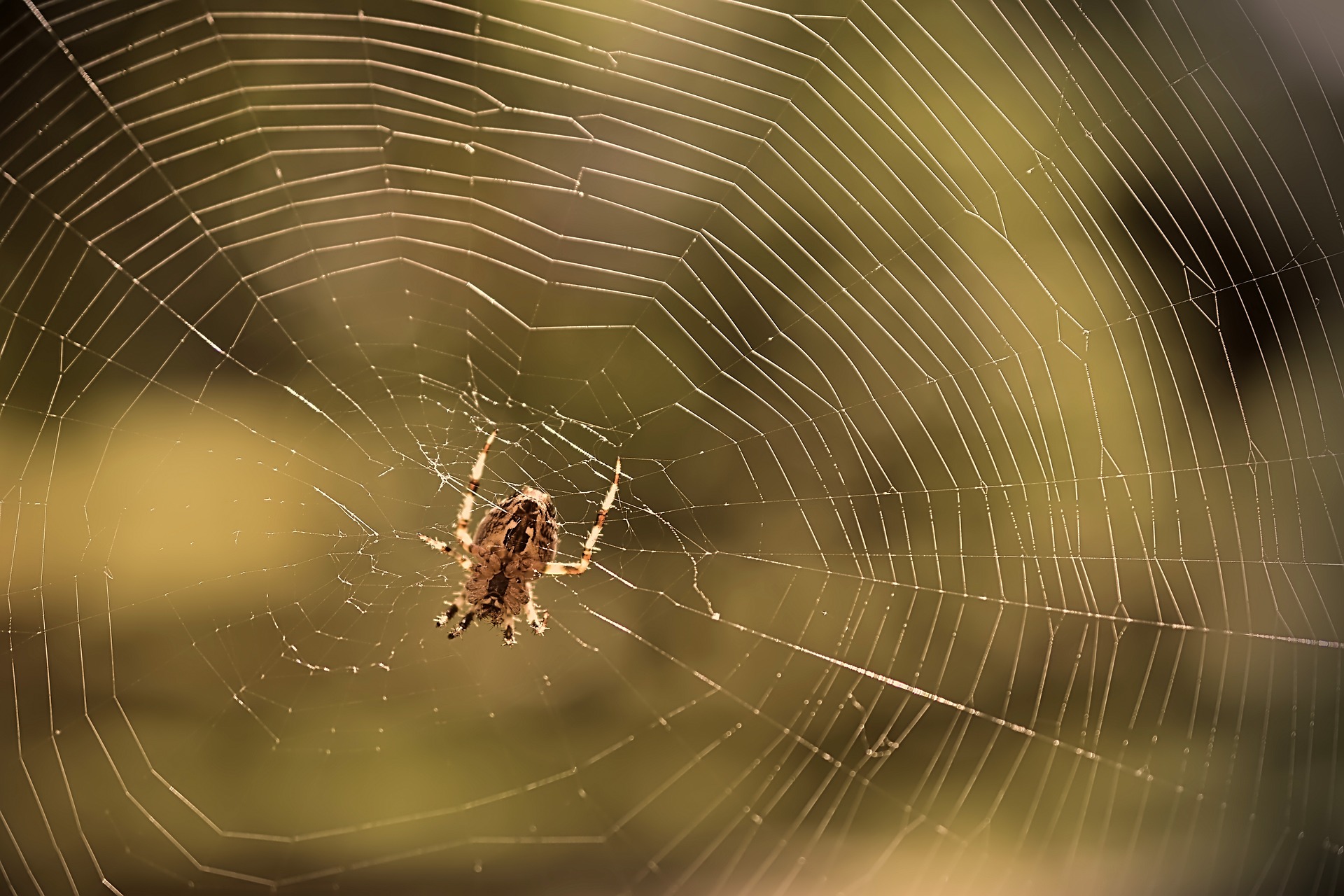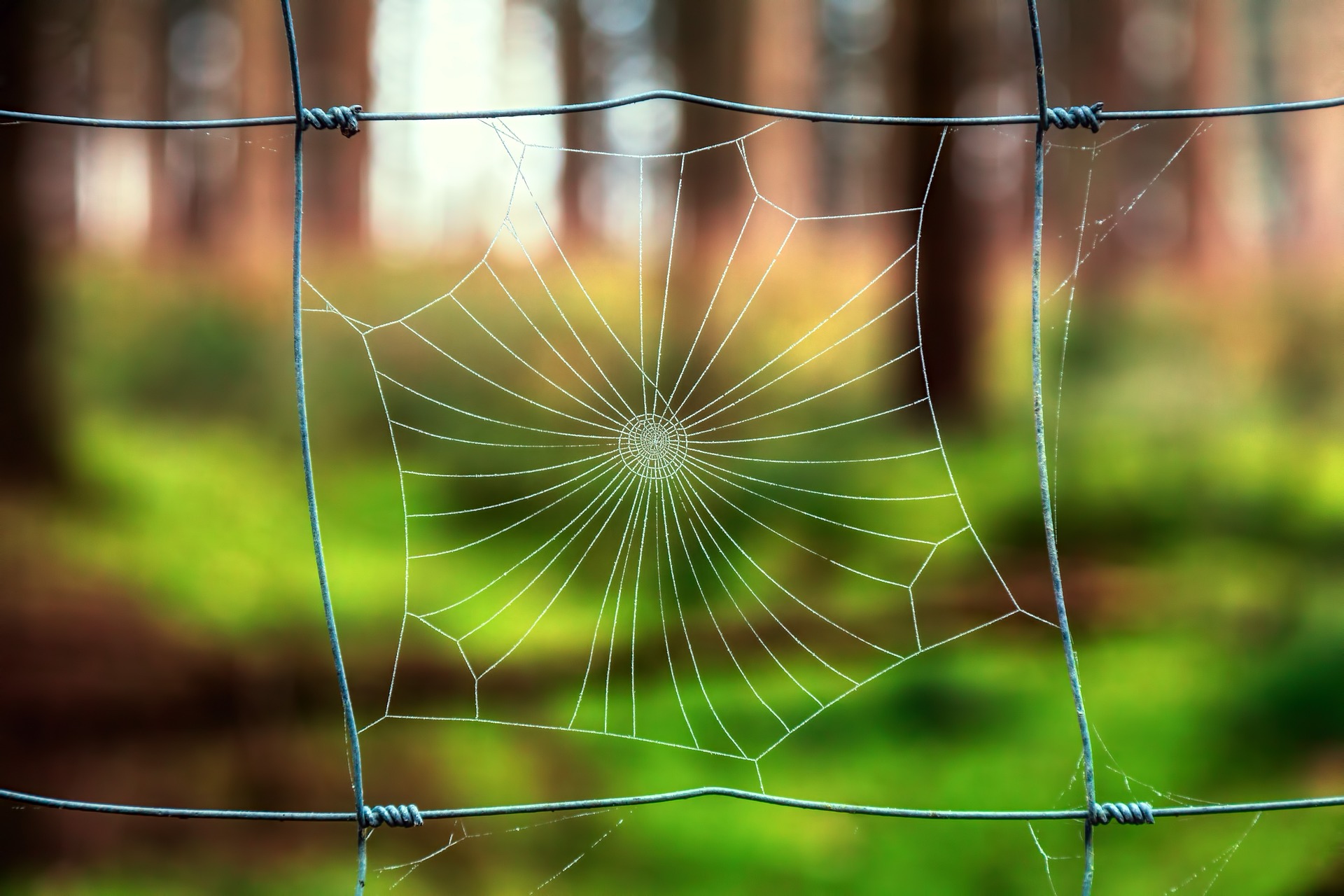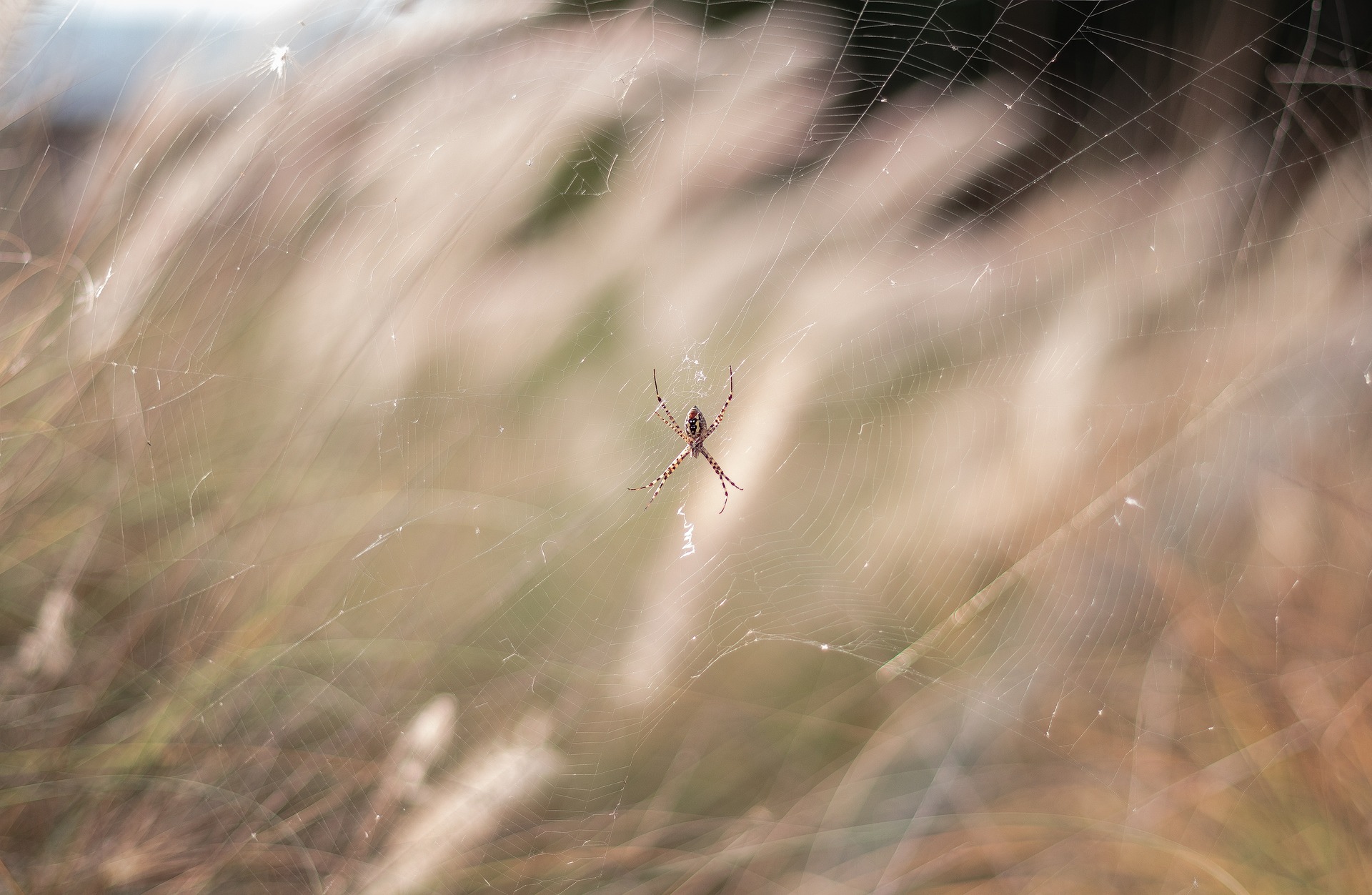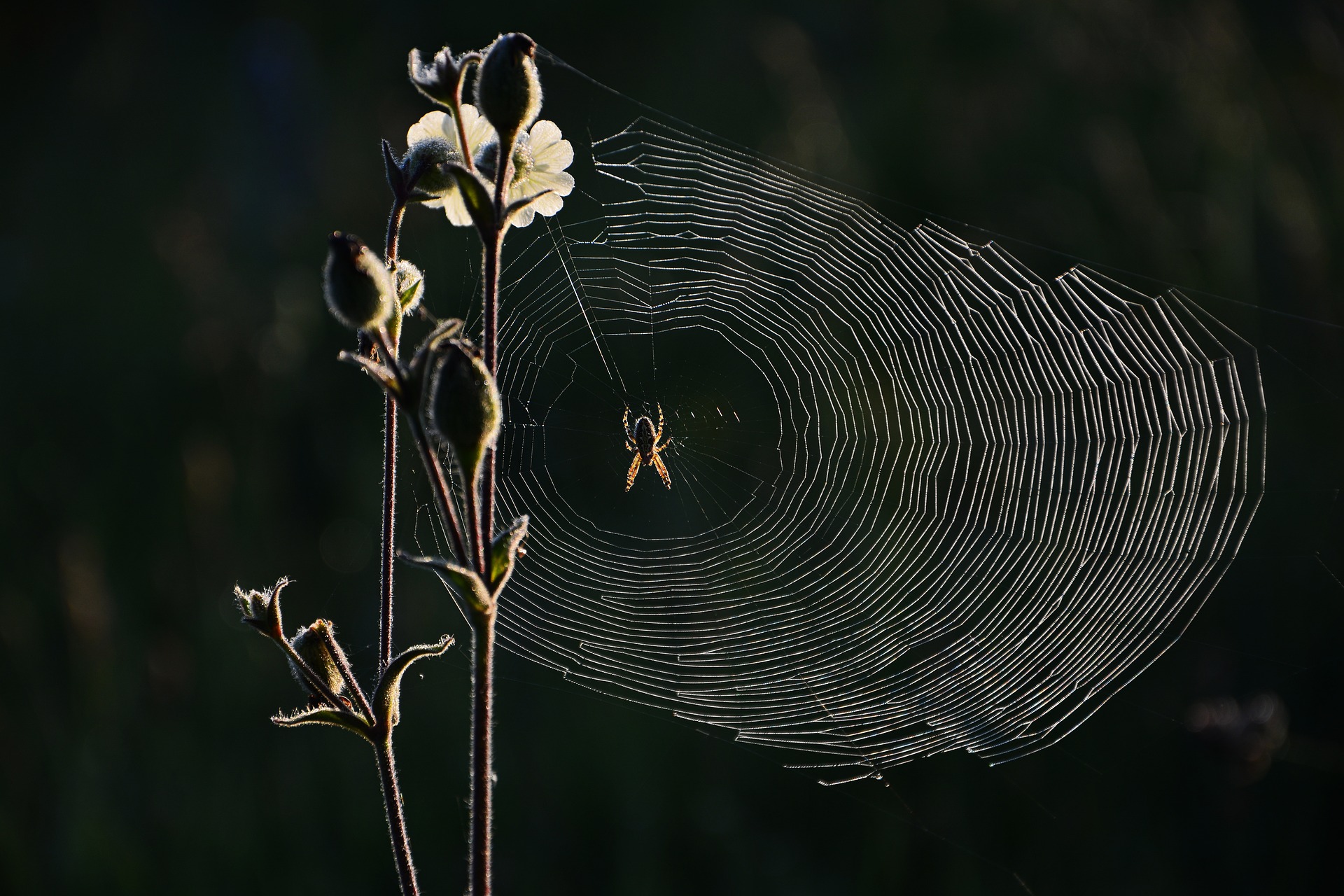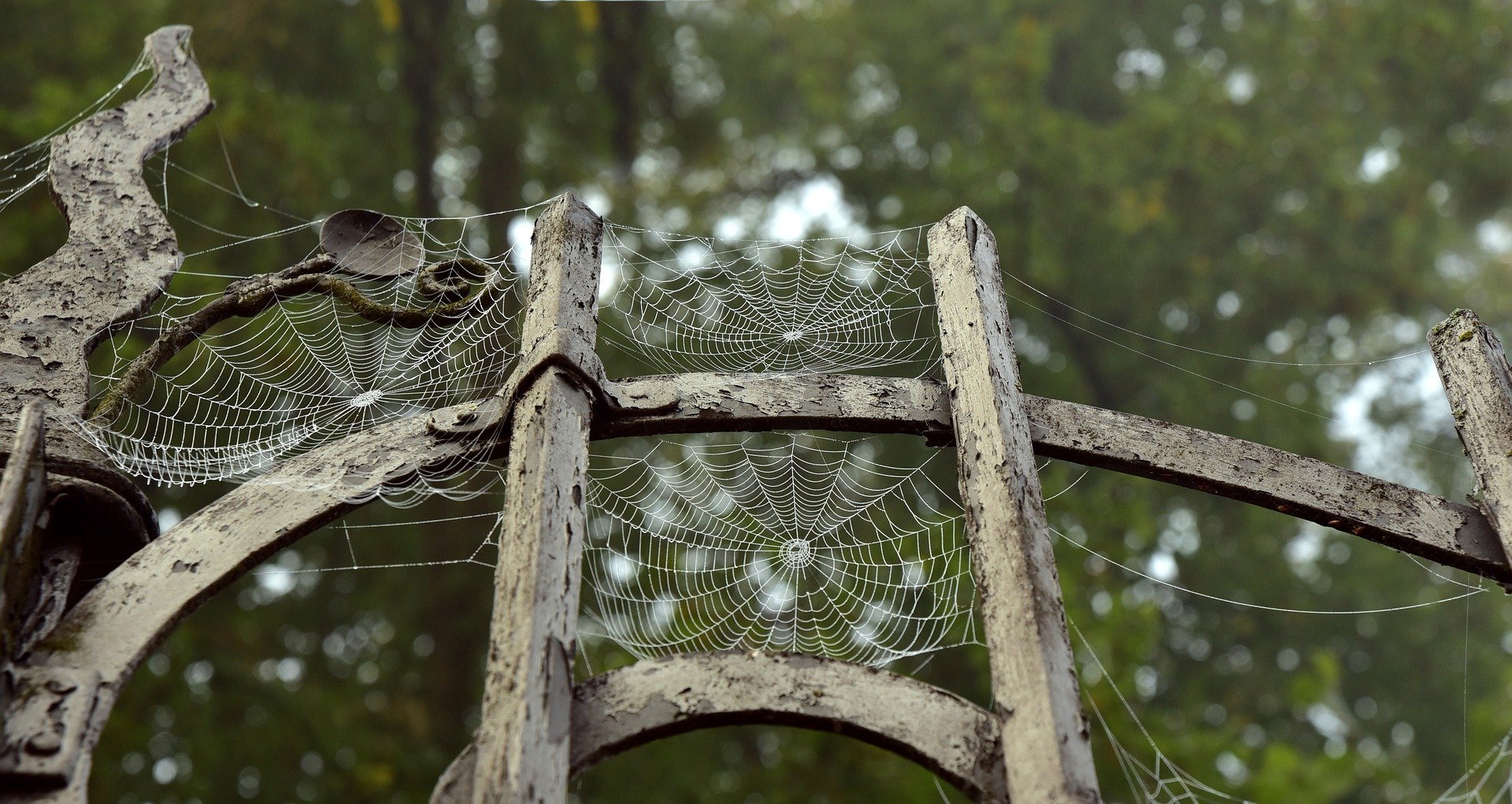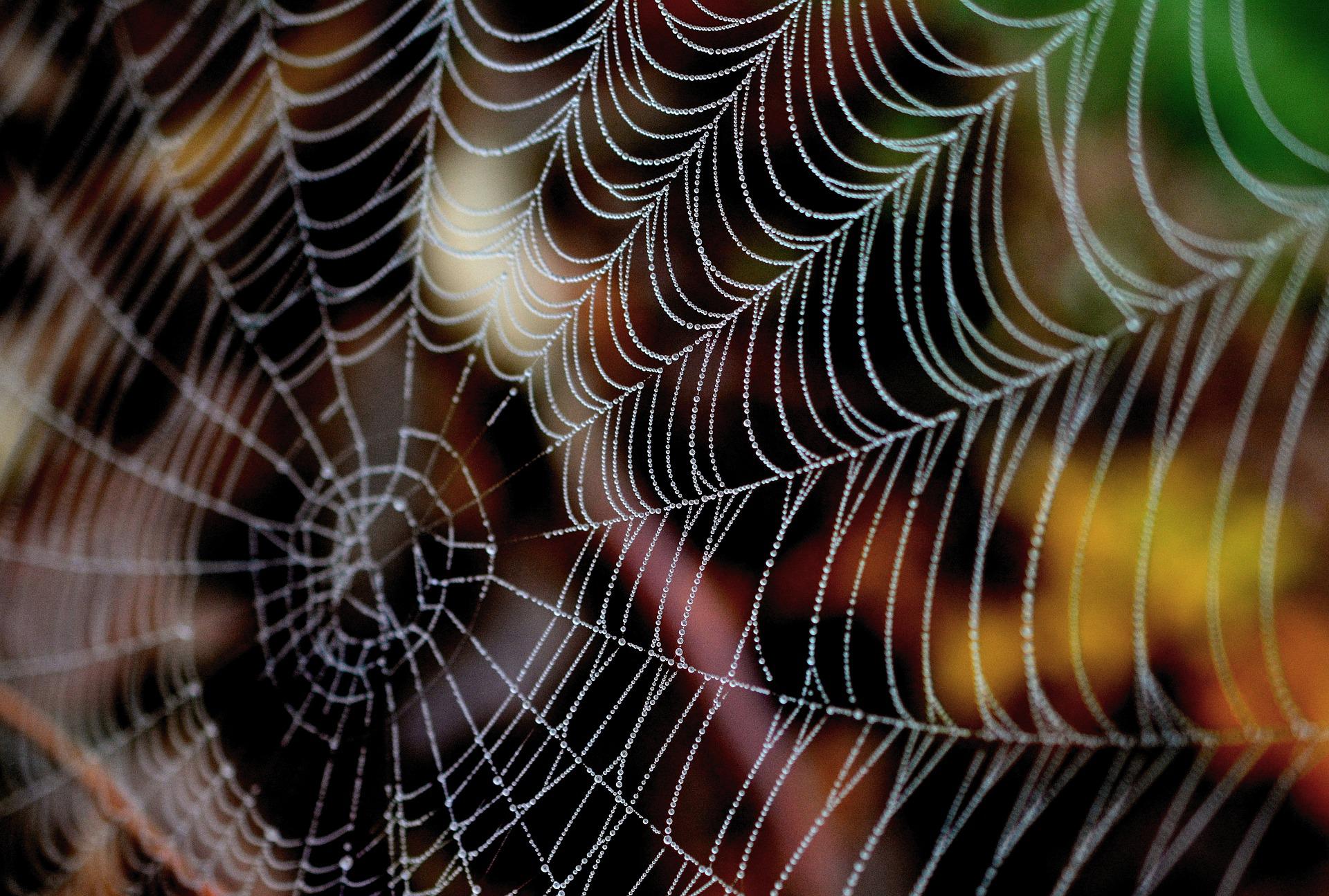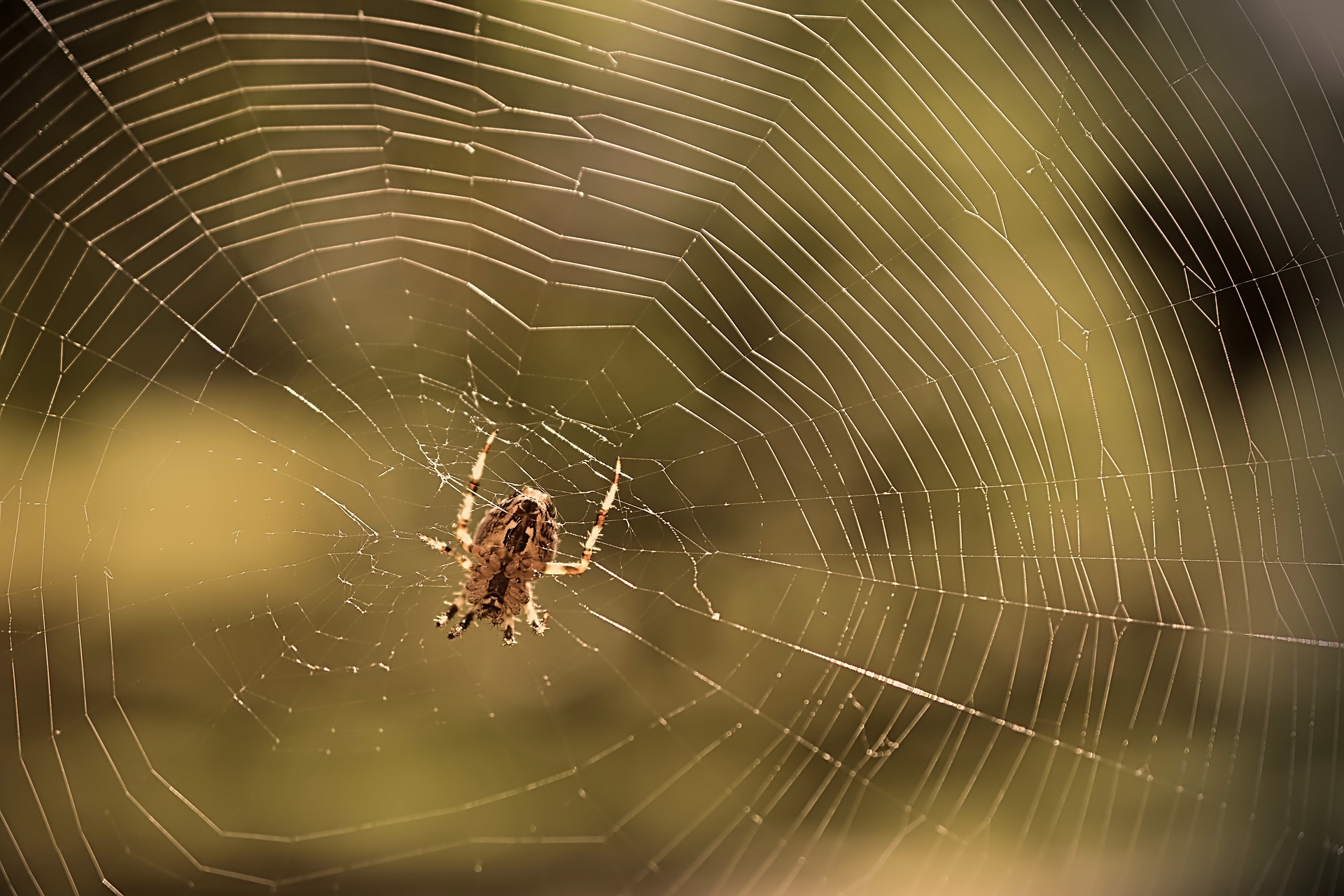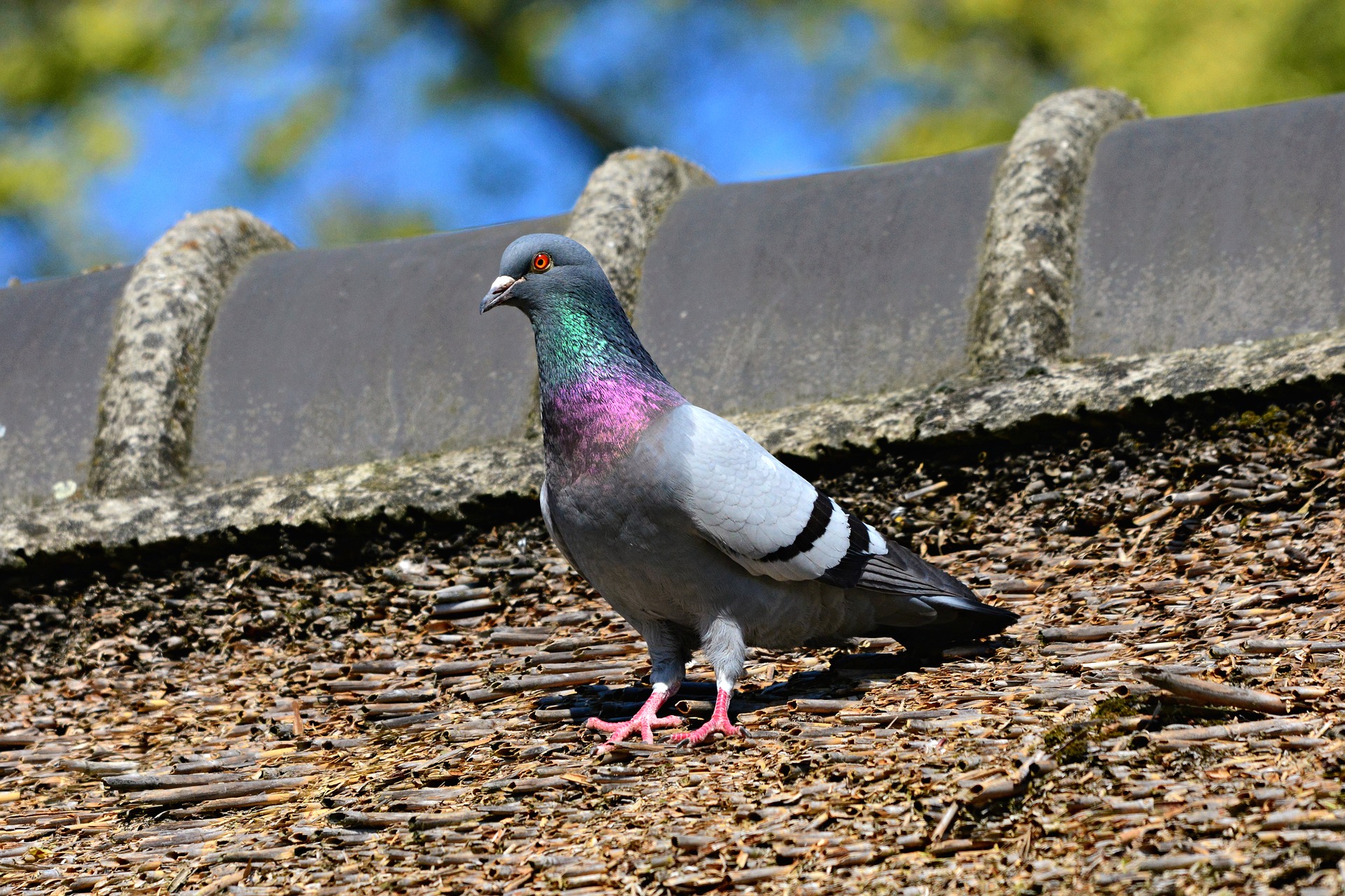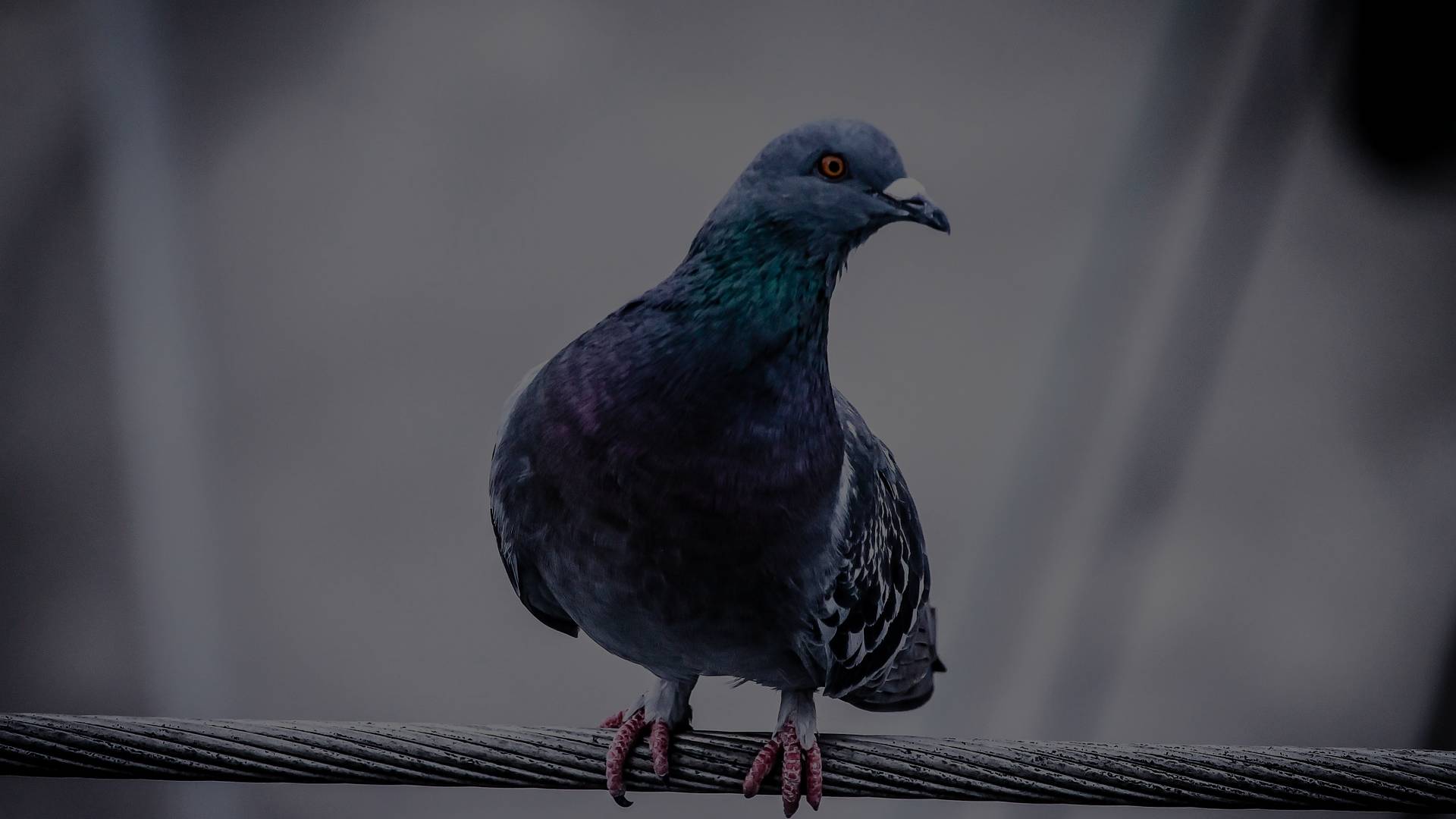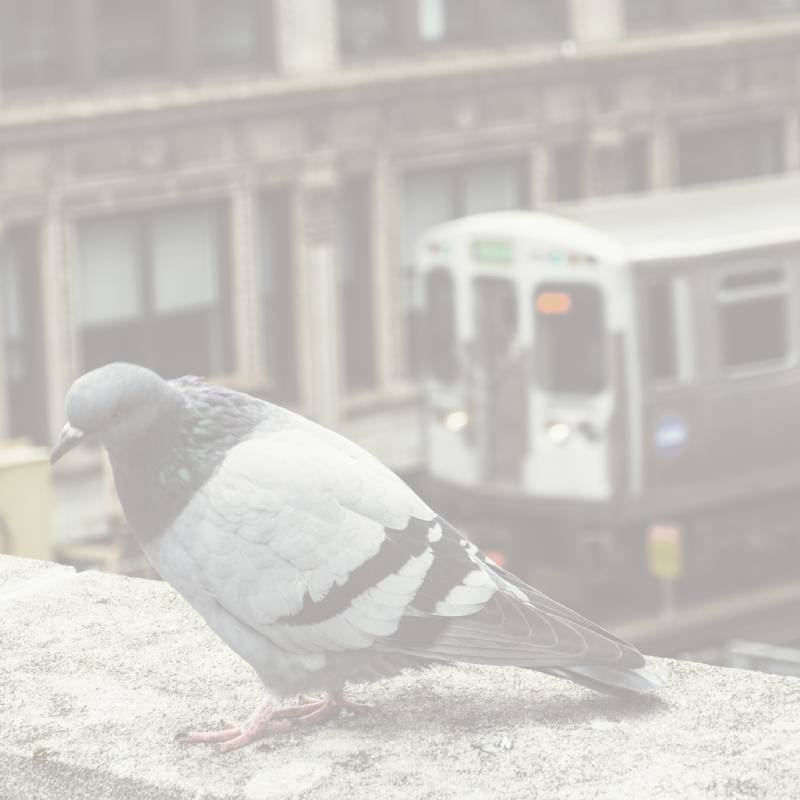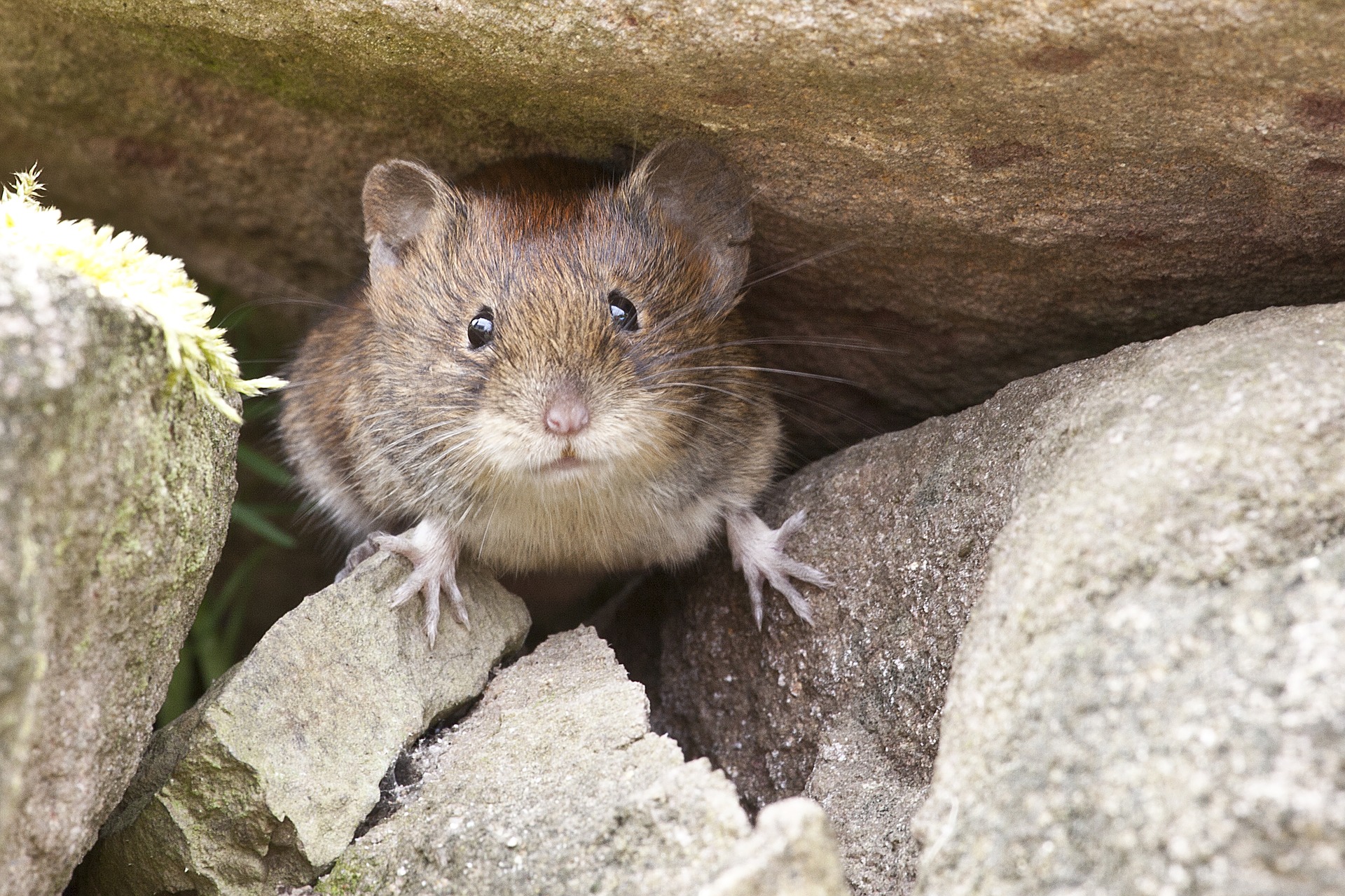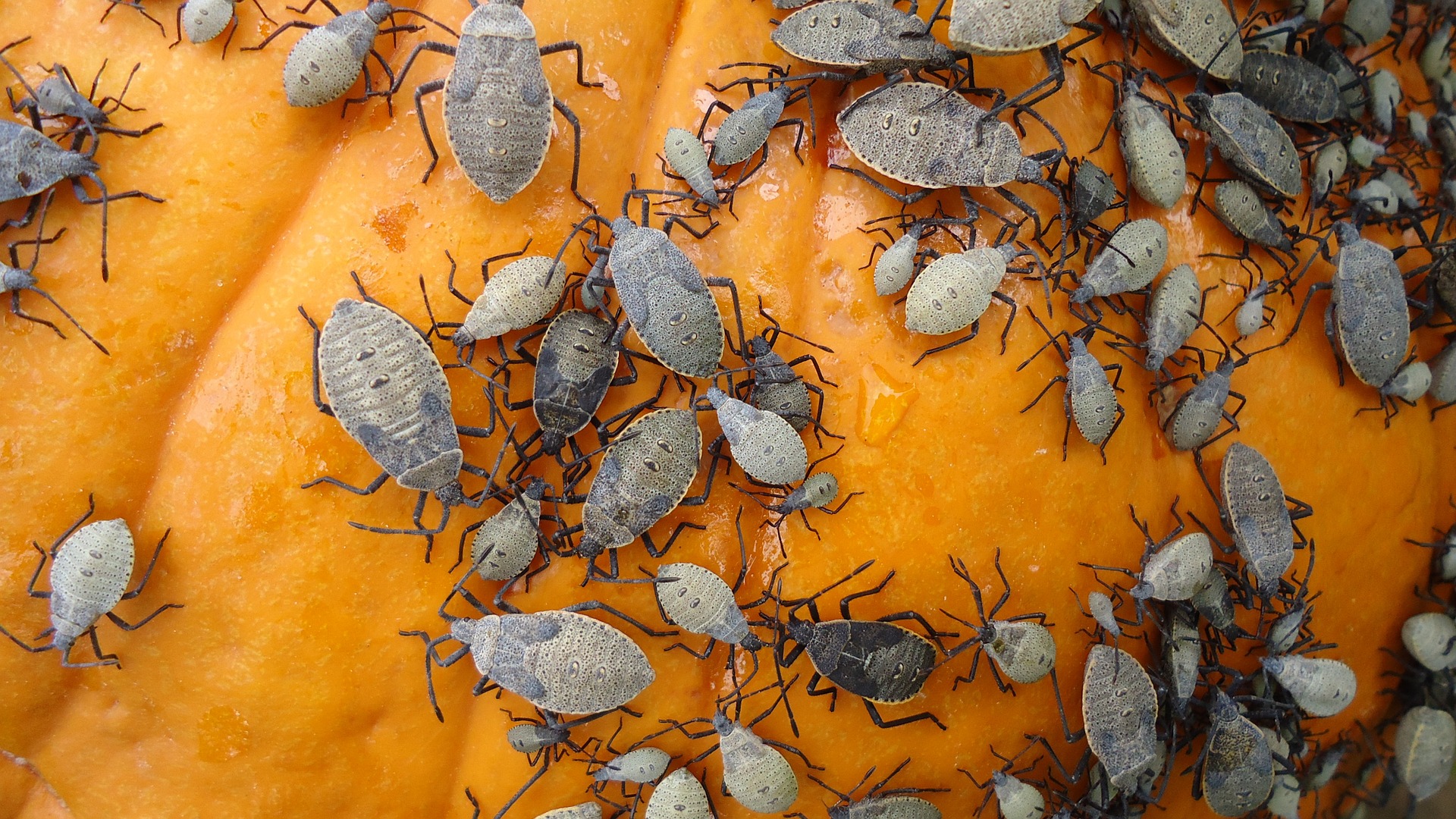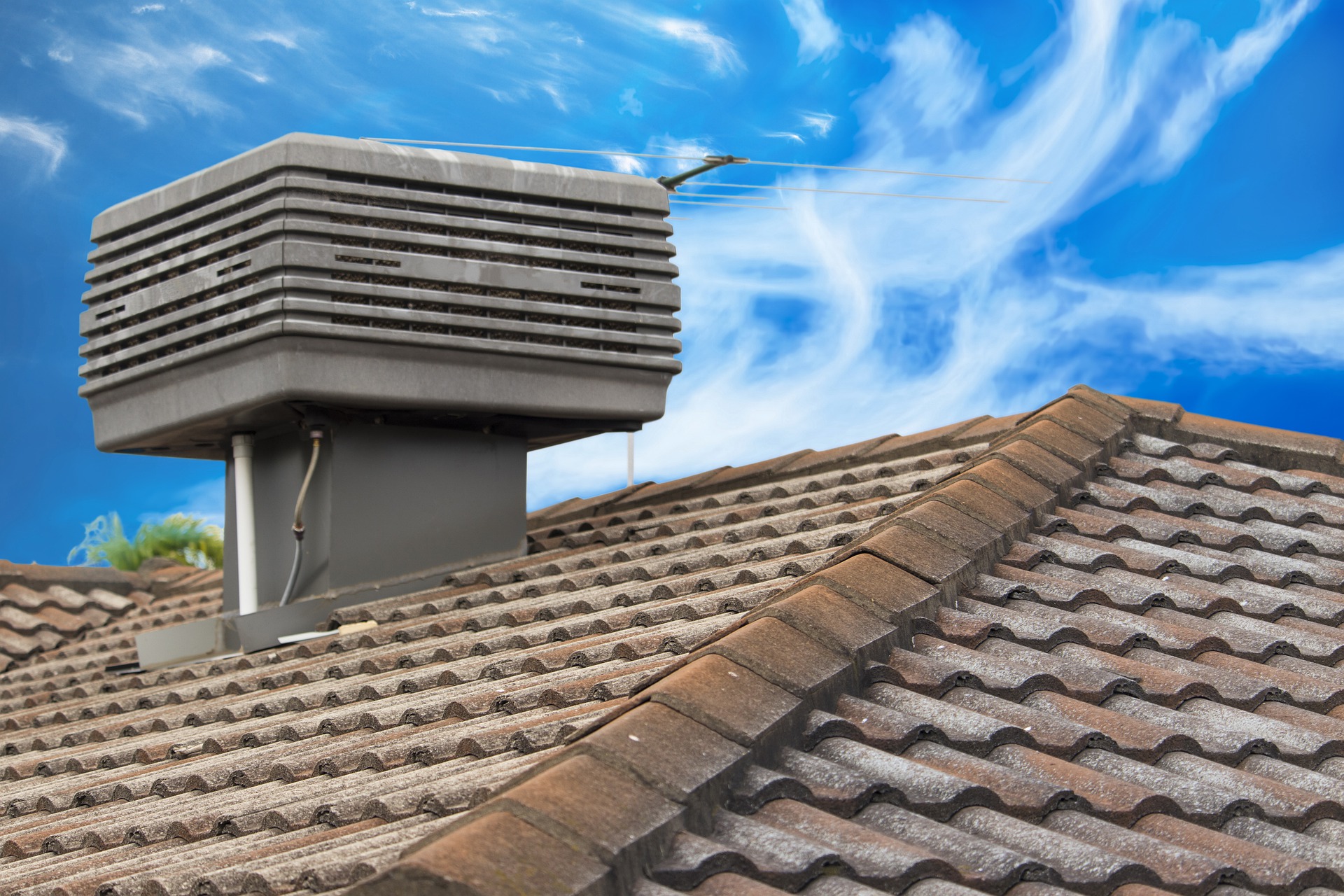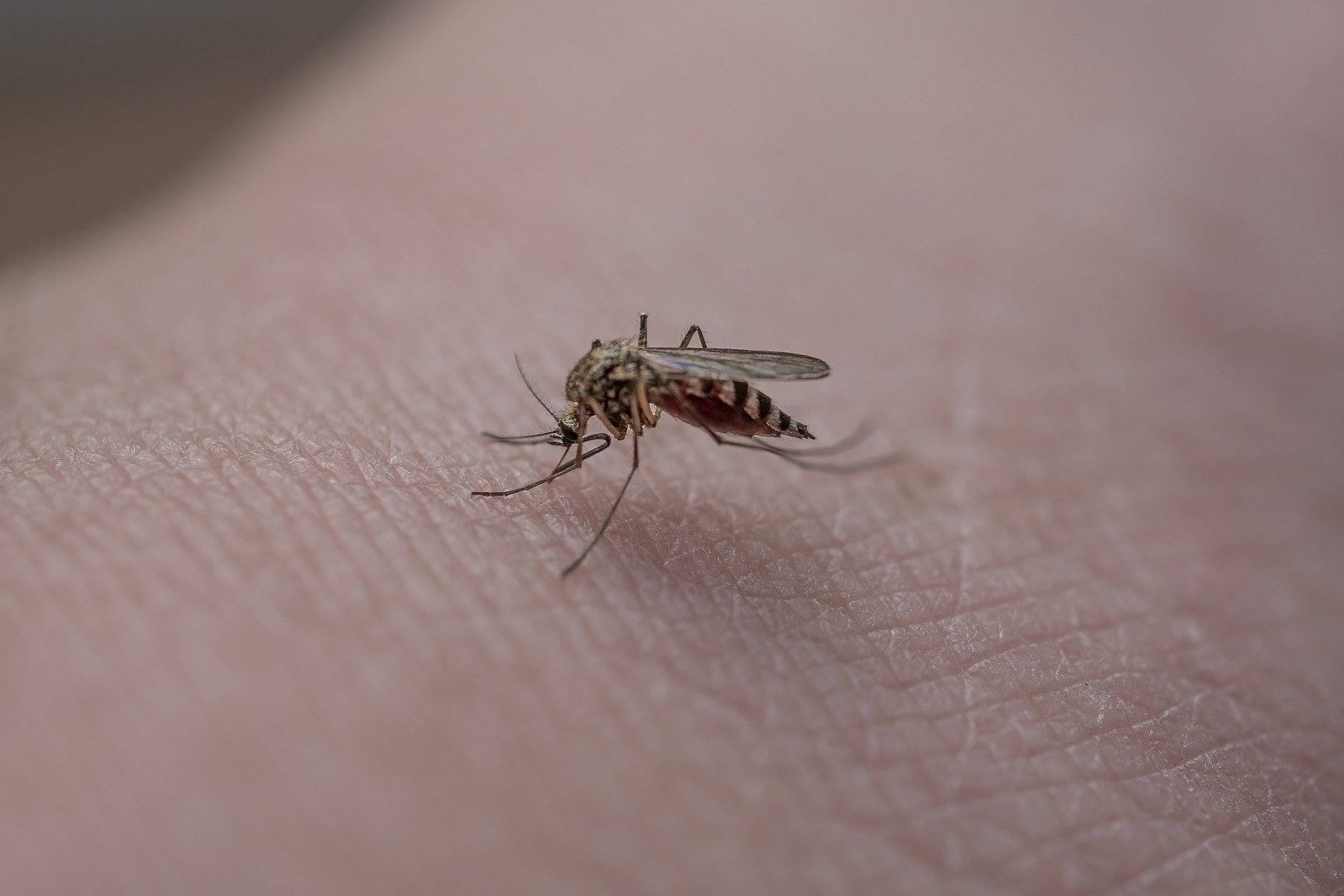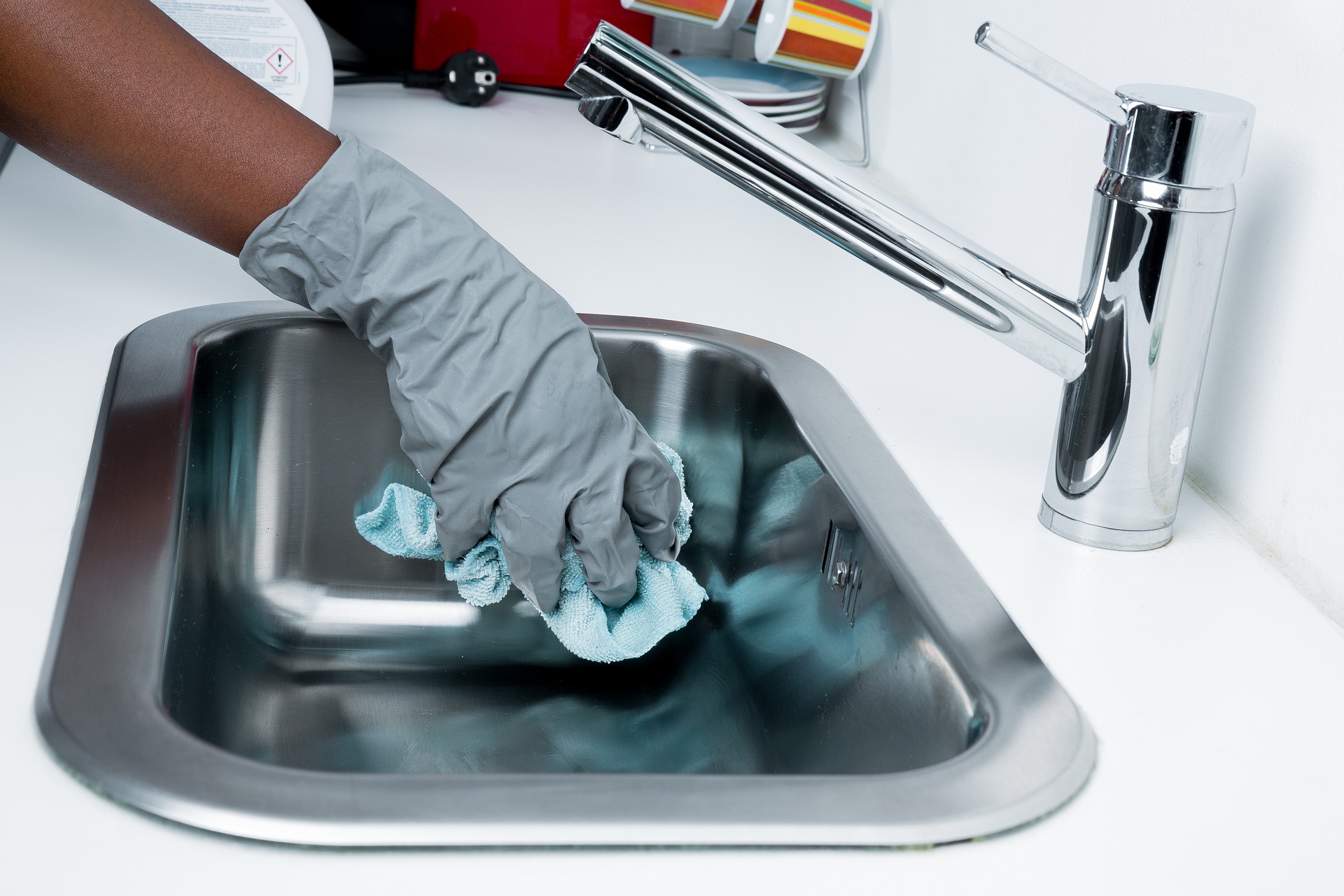24 Hour Pest Control NYC
Our NYC professional exterminators operate in Manhattan, Queens, Bronx, Brooklyn, and Long Island City. Give us a call today to make an appointment with 24 Hour Pest Control NYC. Now Serving all of NJ from our Central NJ location!
Toll Free: (800) 456-8400
Direct: (646) 661-7415
Text: (347) 252-6595
Fly Control Exterminators NYC
Fruit (Small)/Pomace/Vinegar Fly
Introduction
Small fruit fly infestations are frequently encountered by pest control exterminators in a wide variety of accounts. These flies should not be confused with the true fruit flies of the family Tephritidae, e.g., Mediterranean fruit fly, which can be serious pests of fruit crops. Adequate knowledge of the biology of the family Drosophilidae is required to properly locate harborage sites. However, not all breeding areas are readily located. Knowing the unique sites where infestations can occur in different types of accounts helps the PCO solve the problem more rapidly. Otherwise, the result is a period of endless callbacks, frustrated technicians and dissatisfied customers, and eventual cancellation.
Recognition
Drosophila spp. Adults about 1/8 inch (3mm) long, including the wings. Color dull, tan to brownish yellow or brownish black; eyes usually bright red. Antenna with feathery bristle (arista). First hind tarsal segment long and slender, much longer than second segment. Drosophila melanogaster adults about 1/8 inch (3mm) long, tan with abdomen blackish above and grayish below, and bright red eyes.
Mature D. melanogaster larvae are about 1/4 to 3/8 inch (7-8mm) long, eyeless, legless and tapering toward head from large rounded rear segment, head represented by two dark hooks. Color near white except mouth hooks black and tips of posterior terminal abdominal spiracles (breathing pores) yellowish. Posterior spiracles at end of short stalks/fleshy tubes which are in contact or joined at their bases. Other species may have posterior spiracle stalks dark and/or have whorls of setae (hairs) at their ends, and/or have the bottom side of abdomen with darkened cross bands (setulae).
Biology
Adult females lay their eggs (average about 500) near the surface of fermenting fruits and vegetables or near the cover cracks in imperfectly sealed containers of such materials. The eggs hatch in about 30 hours. The larvae develop in the briny or vinegar-like liquids of the fermenting materials where they feed near the surface and primarily on the yeast, for about 5-6 days. Prior to pupation, the larvae crawl to drier areas of the food or elsewhere. The brown, seedlike sheath containing the pupa (the puparium) is formed from the last larval skin/exoskeleton (pupal stage is approximately 1 day long). The newly emerged adults mate in about 2 days. The life cycle (adult to adult) may be completed in 8-10 days at 85 degrees F (29 degrees C). Their reproductive potential is enormous.
Inspection
Larval development sites are commonly found in fermenting fruits and vegetables and in their by-products, such as cider or alcohol. The larvae can also be found in briny or vinegar-like liquids where they feed near the surface primarily on yeast. Pupal cases can be located in drier areas on or near the infested food source. Adults are often seen flying or resting on surfaces close to breeding areas. Due to their rapid life cycle, fruit flies can exploit numerous areas of temporary occurrence. Specific examples are as follows.
- Residences: Look for fermenting grapes, potatoes, onions, bananas, tomatoes, and other fruits and vegetables. Soiled trash compactors, trash chutes, garbage disposal units, compost piles, dirty garbage cans, and bottles and cans being saved for recycling are common breeding sites. Some species develop in animal and human excrement.
- Food Service Facilities: Food debris under equipment, in dumbwaiter and elevator pits, and in drains are prime breeding areas. Soiled linens, soured mop heads, beer taps, liquor-storage areas, containers in recycling bins, refrigeration drip pans, spilled soda syrup and alcohol are possible locations. Food debris that accumulates under trash can liners are often overlooked. Food particles in mop water can wash into cracks and crevices to provide larvae developmental sites as can standing water on kitchen, bar, and bathroom floors. Inspect locker rooms for food left in lockers by employees. Check food storage areas for overripe fruit.
- Food Processing/Industrial Facilities: Inspect for many of the same areas as mentioned under food service facilities. In addition, check food and product waste disposal systems, pallets and trash dumpsters. Small accumulations of food debris on surfaces and in cracks around equipment are common problem areas. Leakage from sink drains and debris clinging under sink edges are potential areas. Wall/floor junctions often are not properly sealed, creating prime breeding sites for the larvae. In processing areas that are frequently hosed down, look for plastic material, which often traps and holds moisture or food debris.
- Health Care Facilities: Small fruit fly infestations often originate in dietary preparation areas and can be found along distribution paths throughout the facility. Look for similar larval developmental sites as noted under food service facilities. The adult flies are attracted by odor cues to fruit in patient rooms and employee lockers, food carts, pantries, hairdresser shops, break areas, trash receptacles, and janitor closets.
- Commercial/Office Facilities: Inspect break rooms and vending areas for breeding sites. Many buildings now have recycling programs that include the placement of collection bin within the facilities. Often the bins are not emptied frequently enough and/or are not thoroughly cleaned when they are emptied. This also applies to trash receptacles throughout a facility. Sometimes food debris that falls under trash can liners are a source of infestation.
- Animal Research Facilities/Zoos: Pay particular attention to the areas where the food for animal consumption is held and prepared. Floor drains in the animal quarters can be excellent harborage sites. Often these areas are washed down daily and any cracks or crevices present allow organic matter to accumulate in them. Certain types of animal bedding (especially rabbit) are particularly attractive as larval development sites to small fruit flies.
Control
Employing integrated pest management principles to small fruit fly infestations is required for success. Sanitation is of the utmost importance in achieving control; therefore, the pest control operator must aggressively recruit the customer’s cooperation, both verbally and in writing. The customer must agree to make the necessary sanitation and structural modifications to eliminate larval breeding sites. Specific control recommendations are as follows:
- Cultural:
- Clean thoroughly and frequently floor areas under food preparation surfaces, fixtures, and equipment.
- Use a brush to clean and flush floor drains and debris traps weekly.
- Eliminate standing water.
- Repair leaking plumbing or beverage lines.
- Hang up mops and brooms to dry after each use.
- Have soiled linens removed and cleaned at least twice a week.
- Move dumpsters and trash containers as far away from entrances as possible.
- Thoroughly wash containers destined for recycling before placement in a bin or have the bins emptied and cleaned at least twice a week.
- Discard residential organic waste in tightly sealed plastic bags or compost it. When composting, the waste material should be turned daily or every other day the first week to significantly reduce fly breeding.
- Mechanical/Exclusion:
- Seal cracks and crevices where food particles can accumulate with an appropriate material (see ESPC 039817).
- Clean accessible floor drains of organic scum using an electric drill fitted with a 12 inch extender and a 3 inch diameter wire sanding wheel. This setup is aided by running tap water into the drain during and following the procedure to flush away debris.
- Install air doors/curtains at exterior entrances.
- Place flying insect jar traps (commercially available) baited with fruit juice, vinegar, or beer in strategic locations.
- Replace window or door screening with a fine mesh to prohibit small fruit fly entrance since they often can penetrate ordinary screening. While a minimum size of 20 mesh is required to keep out fruit flies, 32-mesh screening will also keep out most other flies.
- Insect light traps attract small fruit flies (see ESPC 039813).
- Chemical:
- Adult flies can be by killed using aerosol or ULV space treatments.
- Where the label allows, a borate material may be applied in stagnant drains that are difficult to access mechanically.
Conclusion
Long-term control of small fruit flies is only achieved by identifying or eliminating larval development sites. Because good sanitation practices are absolutely necessary in controlling these flies, obtaining customer cooperation is of paramount importance for a successful program.
24 Hour Pest Control Exterminators for your Home and Business in NYC
Serving Brooklyn, Queens, Manhattan, The Bronx and Long Island City
Now Serving all of NJ from our Central NJ location!
4400 U.S. 9, Suite 1000, Freehold, NJ 07728
Bed Bug Pest Control NYC
Bed bugs are a common problem in New York City. With millions of travelers every year in such an enclosed space, bed bugs have taken over many of the hotels and homes across NYC, Brooklyn and Queens. Our NYC pest control team are bed bug extermination experts and are ready to help you eliminate bed bugs from your home, apartment or business. Call us today and have our 24 Hour Pest Control NYC experts help you tomorrow!
Here are some of the signs that may indicate bed bugs have taken up residence in your home.
• There are dark spots on your mattress. The spots will be about as large as the period at the end of this sentence. They’ll smear just like an fresh ink pen spot would.
• There are eggshells. The eggs and eggshells of bed bugs are extremely small and can be difficult to detect.
• There are live bugs in the bed. If you lift up a mattress to find bugs, then there is a good chance the infestation has gone beyond the stages of early detection.
House Fly Pest Control NYC
House Fly infestations in NYC can be incredibly problematic and tough to get rid of without a professional exterminator. It’s not just the flies that are the problem – although in commercial properties (such as restaurants), flies can affect customer service. The bigger problem is that an invasion implies easy access to your property. Our NYC extermination experts can provide full pest control service and long term treatment, call 24 Hour Pest Control NYC today and find out more.
Our NYC Professional Fruit Fly Control services can help to treat the adult fruit flies that may be buzzing around the home, but this is one pest where we need your help to keep the home pest free.
• Fruit flies will breed on any open food containers, trash bins, or organic material.
• One forgetful moment of leaving food products out overnight can create the foundation for an infestation.
• Proactive treatments can only treat issues that are present during our visit.
Birds Pest Control NYC
Bird Pest Control in NYC is critically important for homes and business’s that have been invaded by birds or pigeons. Birds are incredibly intelligent, and can build nests so you can’t find them. They may carry mites, disease, and droppings so it is best to contact 24 Hour Pest Control exterminator if you feel you have a bird control problem in NYC . We at 24 Hour Pest Control NYC have the most affordable bird control services in the NYC area, call us today!
Here are the hidden dangers to the home that birds may leave.
• Some birds have mites. If you have birds nesting on the exterior of your home or business, then the small mites that some birds have can get into your home and business. Bird mites are incredibly small, can cause allergic reactions, and be very difficult to remove.
• They may damage vents. If vents are left unprotected, birds will nest inside of them and potentially damage them or create a mess with their droppings. Some birds have even learned how to remove vent protection.
• Birds may even attack your exterior. Some birds, such as woodpeckers, may even cause damage to exterior siding, the eaves, or other wooden components of a home.
Mosquito Control NYC
Mosquitoes are the number one killer of humans in the entire world. These pests not only create itchy bites. They also carry diseases, including Zika and West Nile Virus. Mosquito pest control is designed to both eliminate mosquitoes and explore how they entered your property. If you need an exterminator in NYC, Brooklyn or Queens for mosquitoes then call us today and we can help!
• We will identify source points indoors and outdoors. Identifying all breeding locations of this insect is critically important to its removal.
• We will remove adult insects. Our pest control methods help to eliminate the threat that adult mosquitoes bring to the home.
• We will create proactive solutions. Mosquitoes will keep coming back all season long if pest control methods are reactionary only. We’ll help to remove the current pests and prevent new pests from bothering you.
Ants and Insects Pest Control NYC
Ants and Insects invade not because they want to, but because they can. While ants are the more notorious invaders, since they go out and search for food, other bugs – like crickets – invade because they get lost looking for warmth. Ant and insect pest control means finding their entrances and that is what our NYC exterminators are trained to do. Call us today and have our 24 Hour Pest Control NYC experts help you tomorrow!
Consider these facts about this common household pest:
• Ant colonies can be huge. There may be half a million ants living on your property right now. Just because most of the colony may live outside doesn’t mean that a weather change or a need for food or water won’t drive them into your home.
• Ant colonies are persistent. The average lifespan for an ant is 7 years. A queen ant can live for up to 15 years. If the pest isn’t removed, then it will be around to stay for a long time.
• Most DIY efforts are not effective. The problem with DIY ant control is that it tries to block access points to the home or it removes the pests that are seen.
Fruit Flies Control NYC
Fruit Fly Pest Control is a surprisingly common call. That’s because it is so easy to accidentally trigger a fruit fly infestation and tough to get rid of without knowledge of pest extermination. All it takes is leaving fruit around and suddenly thousands of these flies invade your home or office. If you have a problem please call 24 Hour Pest Control today and let us handle it for you.
Our NYC Professional Fruit Fly Control services can help to treat the adult fruit flies that may be buzzing around the home, but this is one pest where we need your help to keep the home pest free.
Here’s why.
• Fruit flies will breed on any open food containers, trash bins, or organic material.
• One forgetful moment of leaving food products out overnight can create the foundation for an infestation.
• Proactive treatments can only treat issues that are present during our visit.
Cockroaches Extermination NYC
Cockroaches in NYC are more than just a gross nuisance, they are also one of the most common causes of allergies, and they are one of the most difficult insects to eliminate, especially in New York City. If you are looking to exterminate these pest once and for all then call us today and our 24 Hour Pest Control NYC experts can help. Our cockroach exterminators in NYC have the tools needed for complete removal.
• Most insecticides will not kill roach eggs. The nest and the eggs must be eliminate to control this pest.
• Roaches trigger allergies. Hunting down roaches may trigger severe allergies through the pest’s droppings and casings.
• Reproduction happens quickly. Just missing a couple of eggs is all it takes for the pest to take control once again.
Call 24 Hour Pest Control NYC today & find out what our services can do for you!
Rodent Rat & Mice Control NYC
Rodent and rat control is one of our extermination specialties here at 24 Hour Pest Control NYC. Our NYC exterminators can help not only eliminate rats and mice from your property – we can also help find their entrance area and keep them from coming back to control your rat problem for the long term. Our team of NYC rodent exterminators can also respond very quickly to help you in NYC, Brooklyn and Queens.
Contact us today if you’ve discovered rats, mice, or other rodents in your home or business and we’ll help to remove them so your family can be healthy and safe for a fair, competitive price. 31% of people in the United States are waking to the unnerving sound of rats and mice scratching around their homes, according to a 2015 pest control study. This number sees a 25% increase in the winter months, as the four-legged menaces rushed indoors to shelter from the wintery cold snap in New York City. What can blight the lives of families, prove costly to homeowners, and even render homes unsellable.
Cloth Moths Control NYC
It is easy to mistake other types of moths as cloth moths, so there are so specific characteristics to look for if you’ve discovered a potential infestation.
Cloth Moths may look like one of the smaller and less bothersome pests in your home or office, but they’ve obtained that name for a reason. As caterpillars, these moths like to eat the fabric of clothing, and if left untreated they can ruin your entire wardrobe! If you find any type of moth in your closets then you should call 24 Hour Pest Control NYC and have an exterminator come and get these pest under control.
• Cloth moths tend to hover near the infestation point. You won’t find cloth moths in the kitchen or out in the garage. They tend to stay in the same room where the infestation has occurred.
• Cloth moths are not attracted to light. It is the darker areas of the home, in fact, that tend to attract this pest.
• Cloth moths have small tufts of “hair” on their head. If you can catch one of these pests, inspect its head. Other species of moths that are pests will not have the same tufts of hair on their heads that a cloth moth will.

